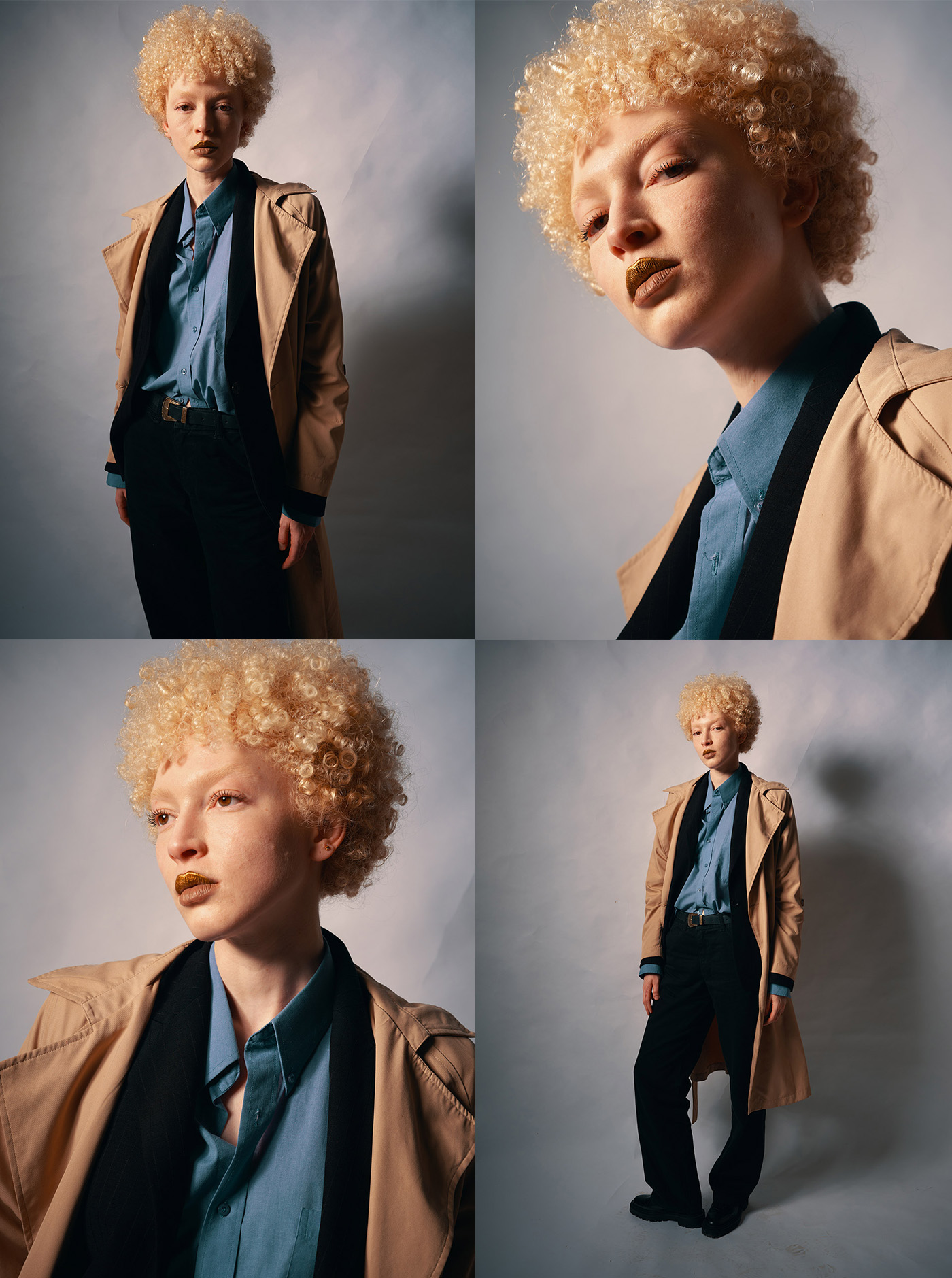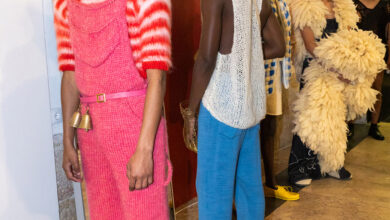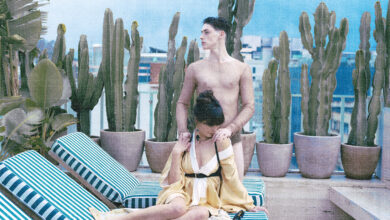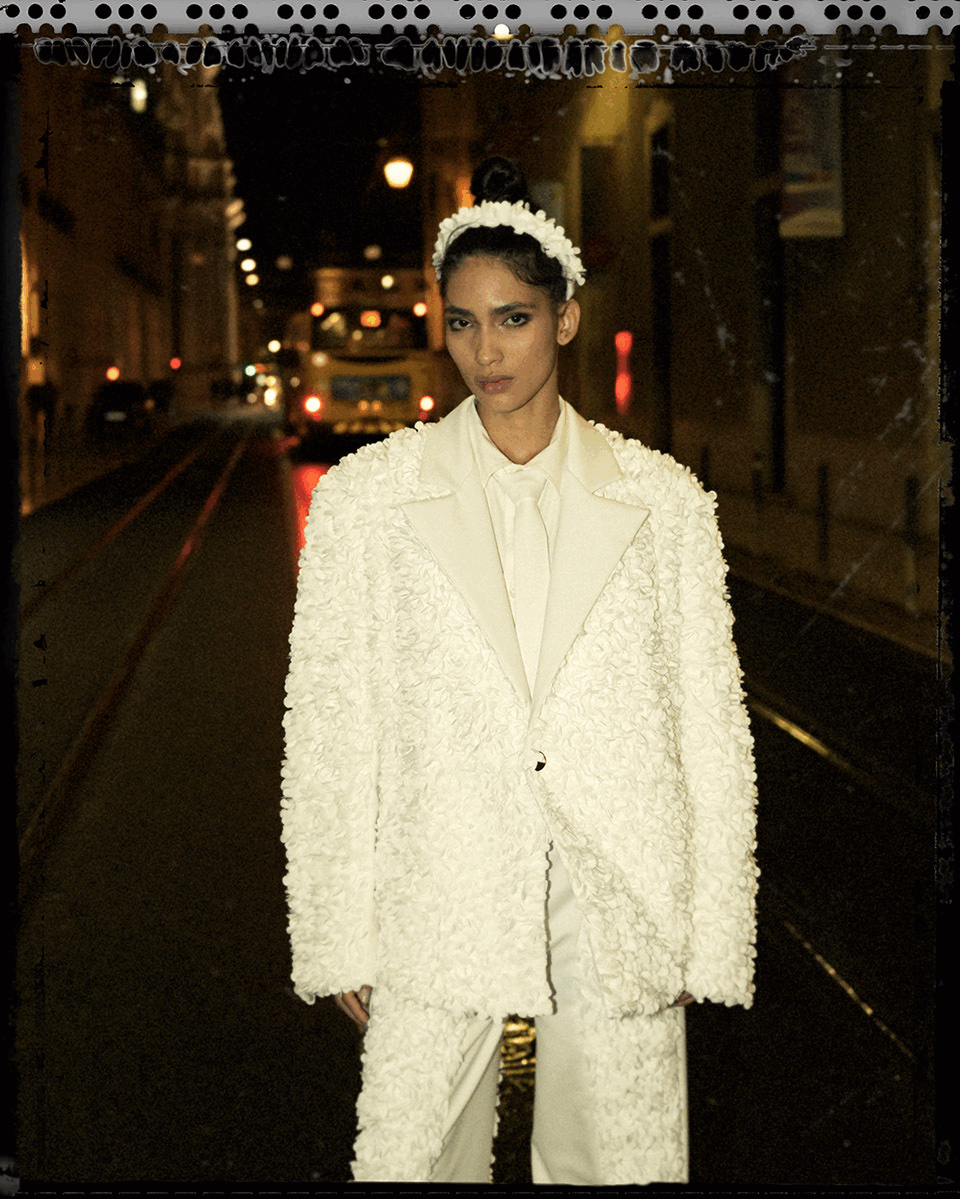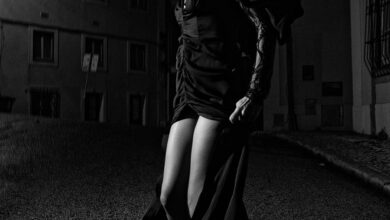Zoot reportsZoot Shoots
A closer look: backstage at VALENTIM QUARESMA FW23 at ModaLisboa Core
Of gods and goddesses, and creatures both magical and monstrous
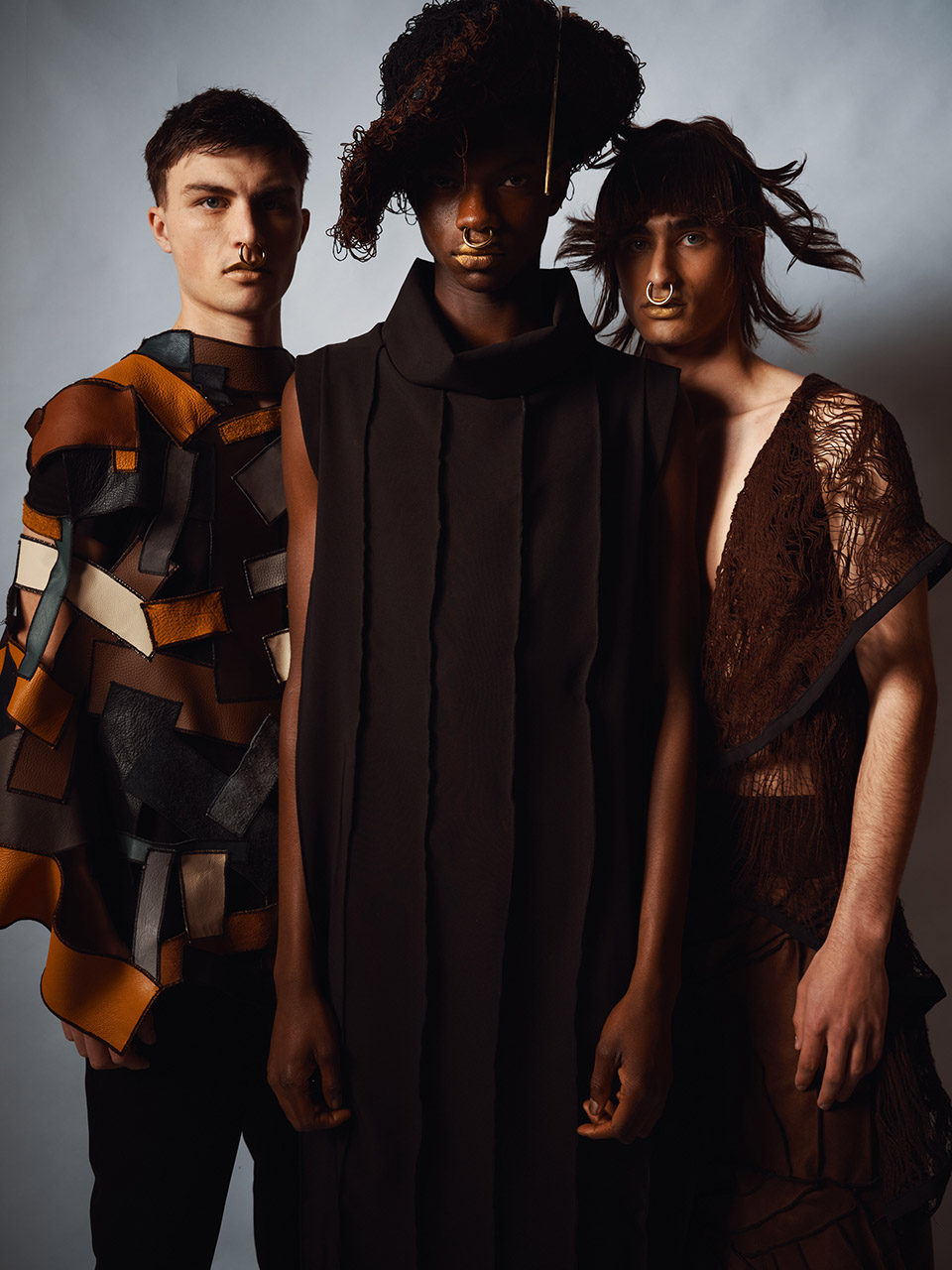
Mythology, with its rich variety of gods and goddesses, heroes and heroines, and creatures both magical and monstrous, has provided a world of inspiration for fashion designers throughout history. These stories are reflected in the clothes we wear, the accessories with which we adorn ourselves and even the colours we choose.
Valentim Quaresma put this inspiration front and center in his
FW23 Mythology collection at ModaLisboa Core.
Photography Sergio Santos
Beauty by Antonia Rosa and team with Clarins
Hair by Helena Vaz Pereira and team at Griffehairstyle with L´Oréal Professionnel Paris
Models Alexandra Neves and Olga Mamkova at WeAre Models • Diana Perdigao at L´Agence Lisboa
Jack Austin and Kieza at Central Models • Thais Borges and Zaquel Mendes at Elite Lisbon
Milena Cunha at Da Banda Model Management • Rainara Baldé and Ariel del Arco at Face Models
Letitia Contreiras • Naize • Yandi • Aicha • Unai • Francisco Cruz and Ivan Zeltukha at Karacter Agency
Words by Guido Avelino
From ancient times to modern day, fashion has been heavily influenced by myths and legends. Take a close look at Valentim’s Mythology collection, and we see these motifs in the patterns, materials, details and accessories the designer employs. As evident in the silhouettes, Valentim draws further inspiration for the collection from the Victorian era, which was characterised by social change, scientific discovery and industrialisation. This led to the Victorians to turn toward mythology, just as we have done throughout history: looking to stories of the past to understand today’s changing world.
A common theme in Valentim’s collection is the use of patchwork, seen throughout in an array of earthy and cool-toned colours on squared midi dresses, cut-out sweatshirts and, more discreetly, in the accessories. The resulting patterns play on the classic imagery of the myth of the Labyrinth built by King Minos of Crete to imprison the Minotaur, a half-man/half-beast monster. Just as there exist many versions of the myth, so too do we see different versions of the motif in Valentim’s collection, such as the mosaic fabric that draws inspiration from Piet Mondrian, a Dutch abstract painter who came of age at the end of the Victorian era and was known for his grid-based paintings. With the Mondiran-esque prints and the Victorian references that crop up in A-line skirts, sleeveless tops, an embellished asymmetrical hat and the closing dress of the collection, Valentim adds a more contemporary twist to the mythological theme.
The assortment of deconstructed fabrics was another hallmark of the Mythology collection. Using manual textile manipulation techniques stabilized with a hydrosoluble film traditionally used for embroidery, Valentim created reimagined textures in wool and other fabrics. Here there is an interesting anti-reference to the industrial revolution—a borrowing of the Victorian fashion forms while discarding the machine-made textiles. In the looks, we see the technique applied both in draped, fitted dresses, full tops and in a tangled yarn-ball oversized scarf, wrought with golden wires. The manipulated threads and the balls of yarn bring us back to the myth of the Labyrinth, in which Ariadne, the daughter of King Minos, falls in love with Theseus, a Greek hero who comes to Crete to slay the Minotaur, and gives him a ball of yarn to unwind as he enters the Labyrinth and then use as an escape route in the end. And of course, the nod to the Minotaur would not be complete without oversized golden septum rings accompanying many of the looks.
The god Apollo was often depicted wearing a golden wreath on his head, while the goddess Aphrodite was said to have worn gold jewelry that enhanced her beauty. Borrowing from these mythological tropes, golden jewellery and embellishments played a significant role in the collection. Given his background as a jewellery and accessories designer, Valentim—much like Midas—incorporated gold elements in his craftsmanship to symbolize the power of the divine. Intricate golden headpieces that were both treacherous and stunning and body jewellery reminiscent of armour closed the show to a captivated audience.
ZOOT presents an up-close view of Valentim’s AW23 collection through the lens of photographer Sergio Santos. Taken together, Sergio’s photos offer the narrative arc of the backstage, giving us an intimate portrait of the models in transition—documenting the process from walking in off the street, to walking out down the runway. The story begins by capturing the model’s individuality with their own personal style and story; building up as they begin their transformation through make-up by Antonia Rosa and hairstyling by Helena Vaz Pereira; finally, reaching the climax, with the complete look as the model embodies Valentim’s vision. Sergio encapsulates a deeper intensity, singularly focused on the physical beauty of the scene: filtering out the cacophony and zeroing in on the person becoming the model and inhabiting the clothes.
I had no plans; it was all spontaneous and organic, because I didn’t know what would happen or even know the looks of the designers. Basically, models appear our way and we capture their beauty—so the best plan is to not have a plan.
—Sergio Santos, photographer
Alexandra
Model 1
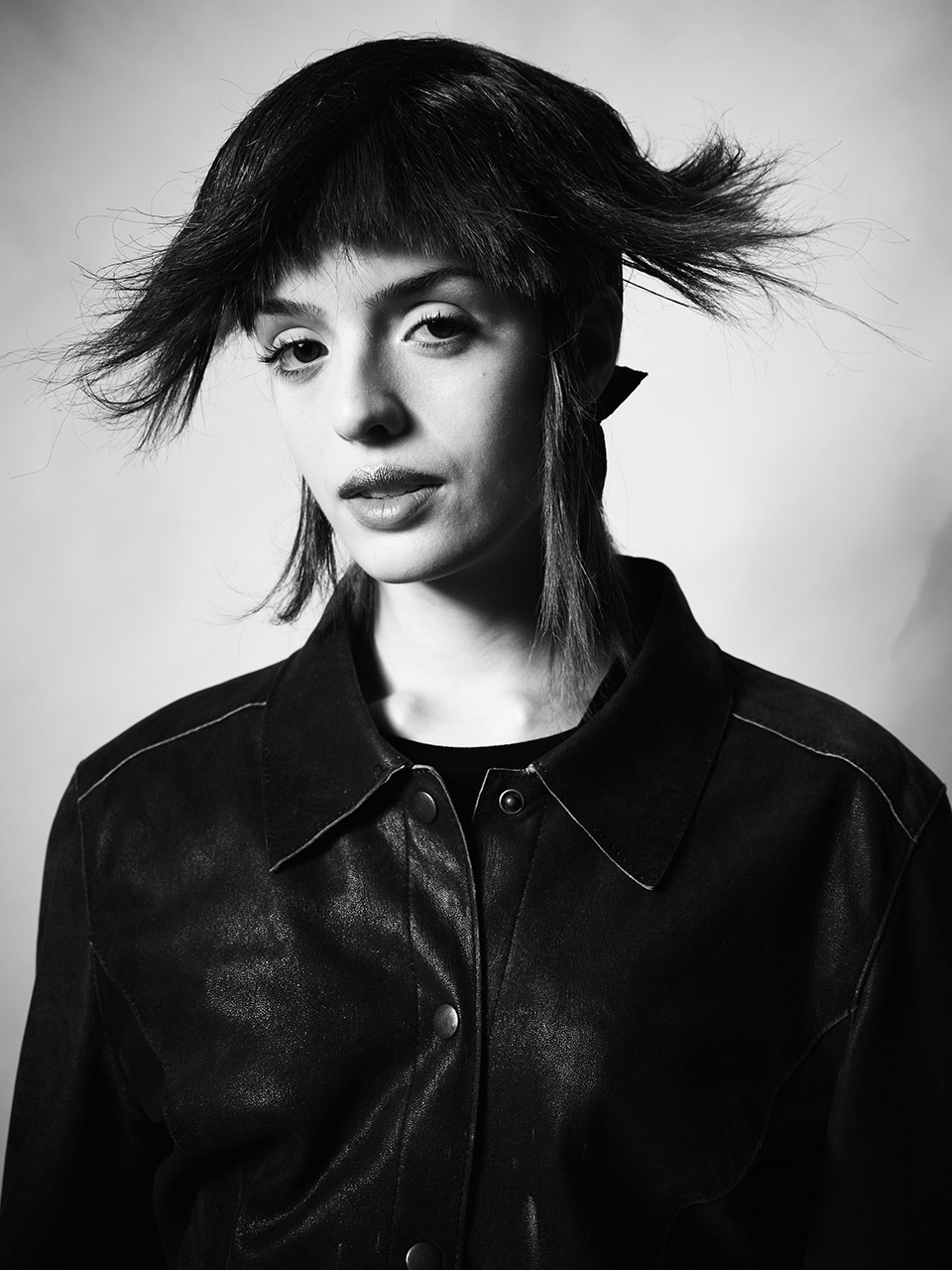


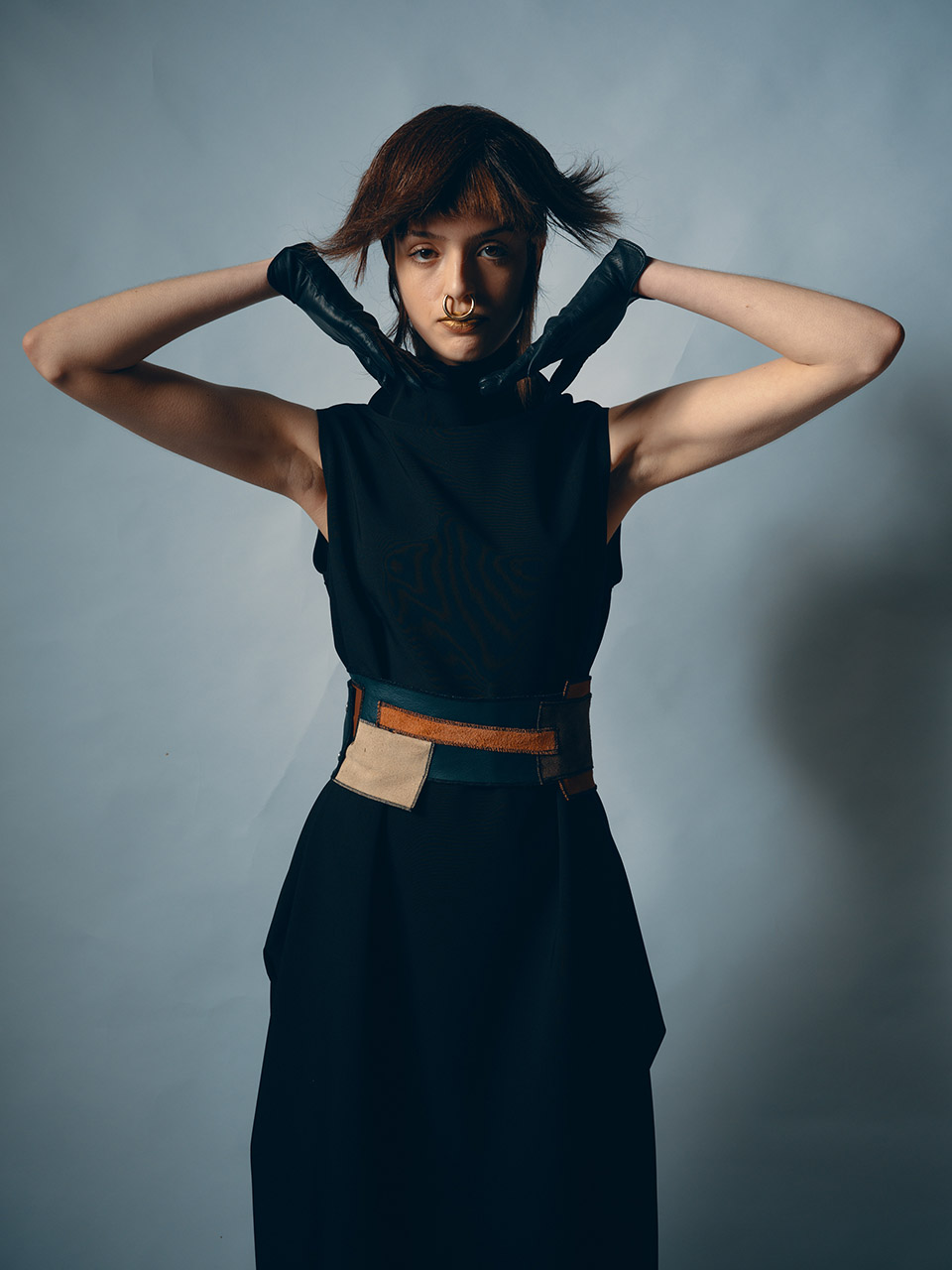
I looked for art references from the Victorian era that were not predictable, and I went toward Mondrian who grew up in that era.
—Valentim Quaresma
Unai
Model 2
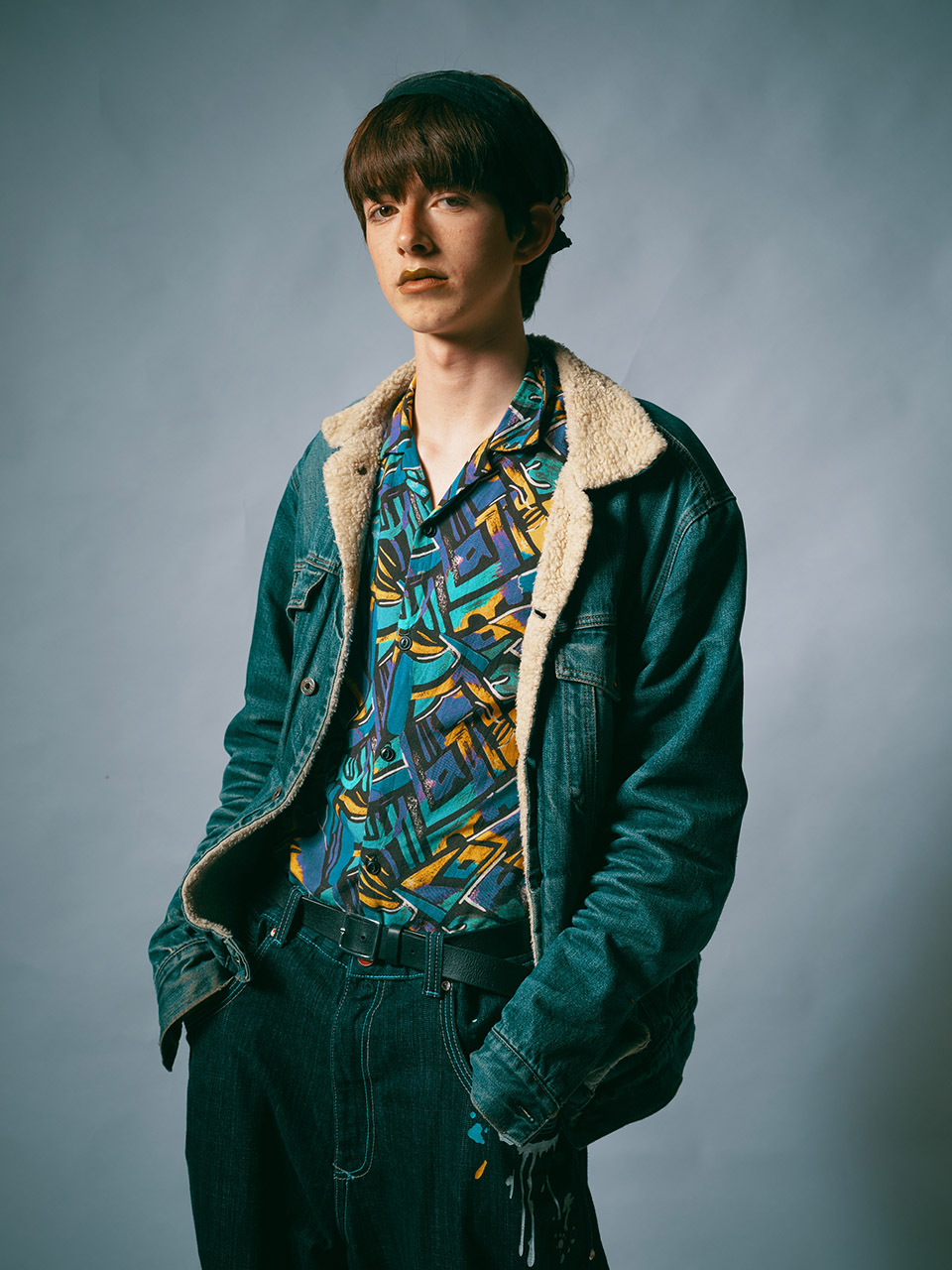
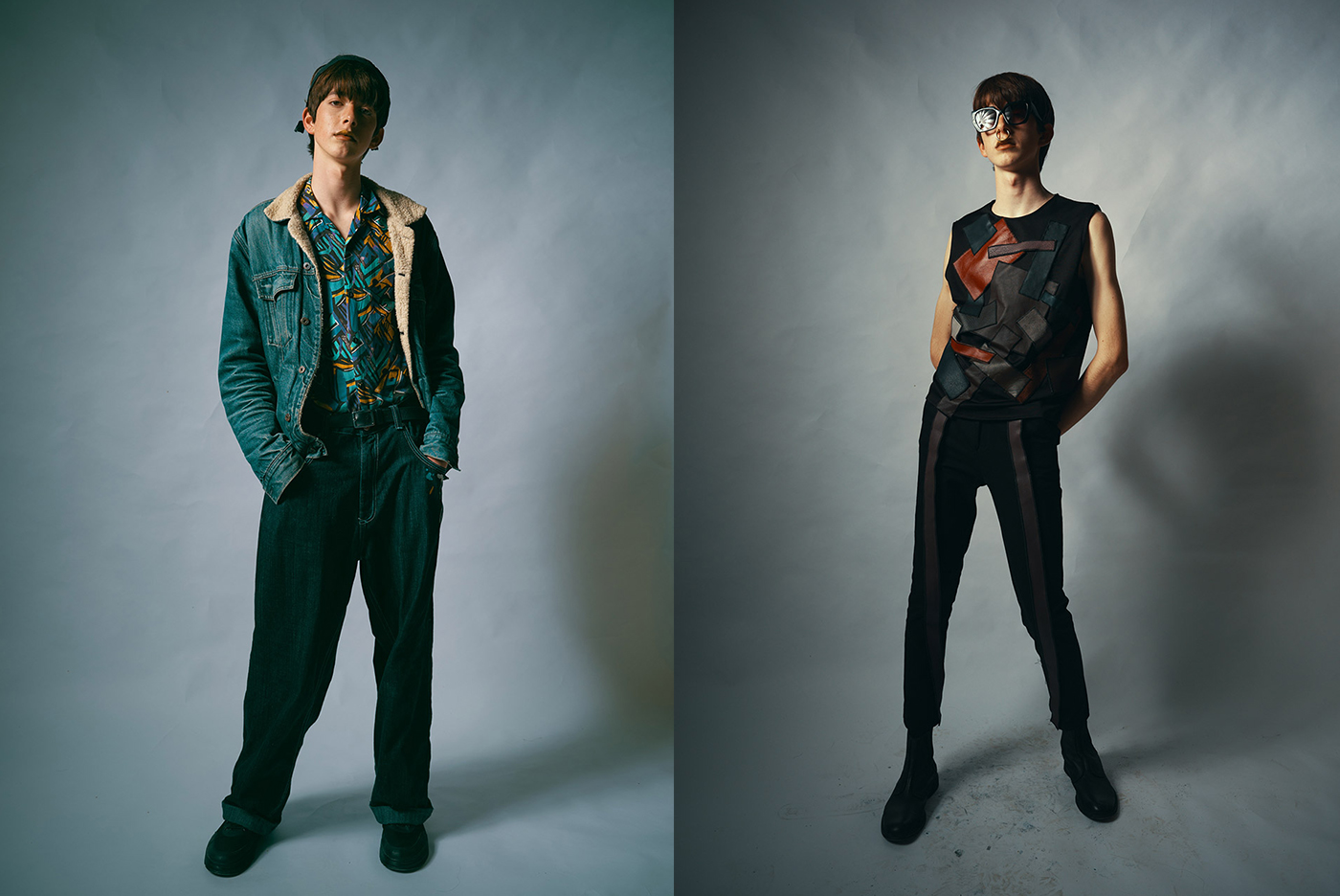
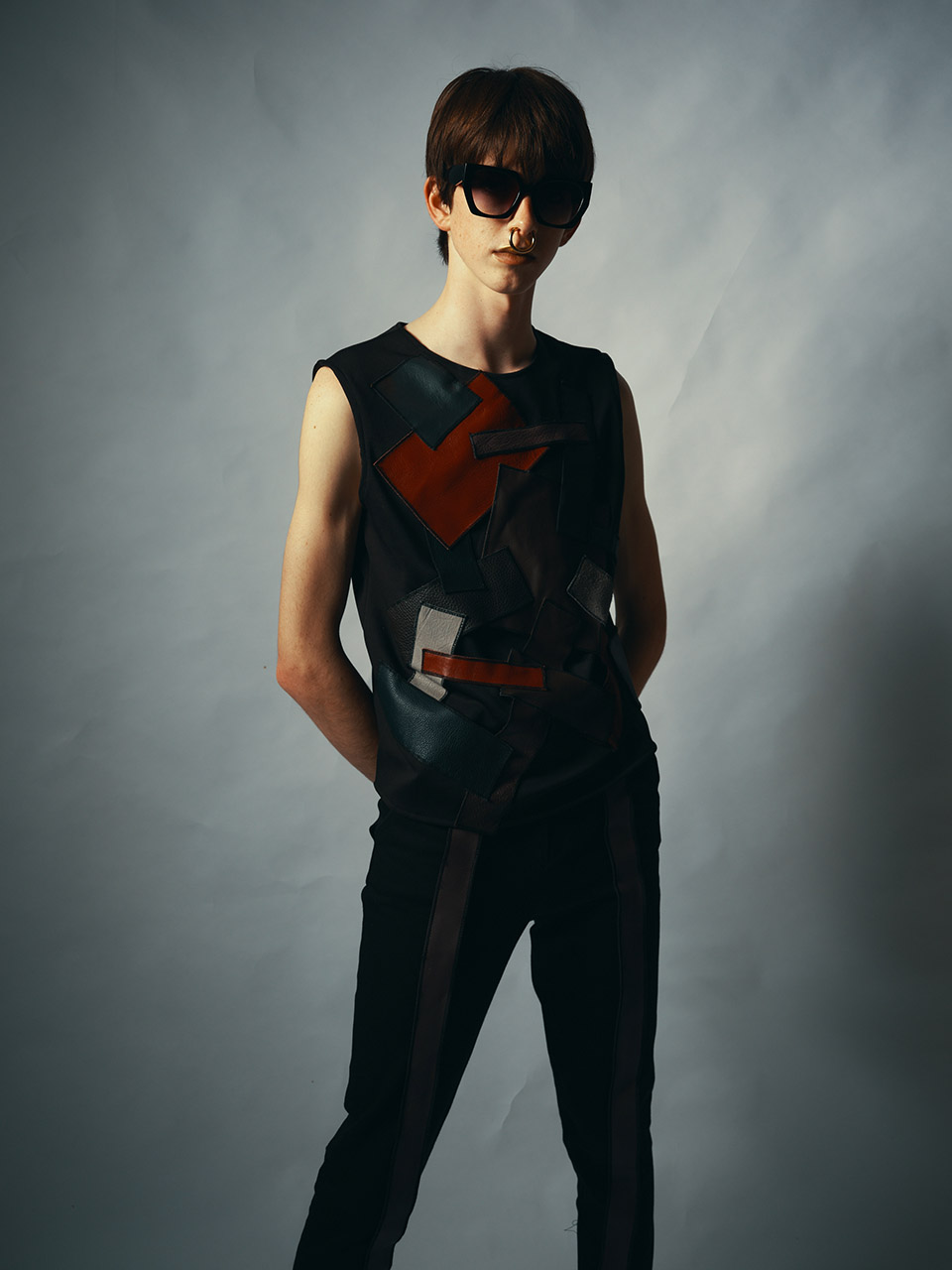
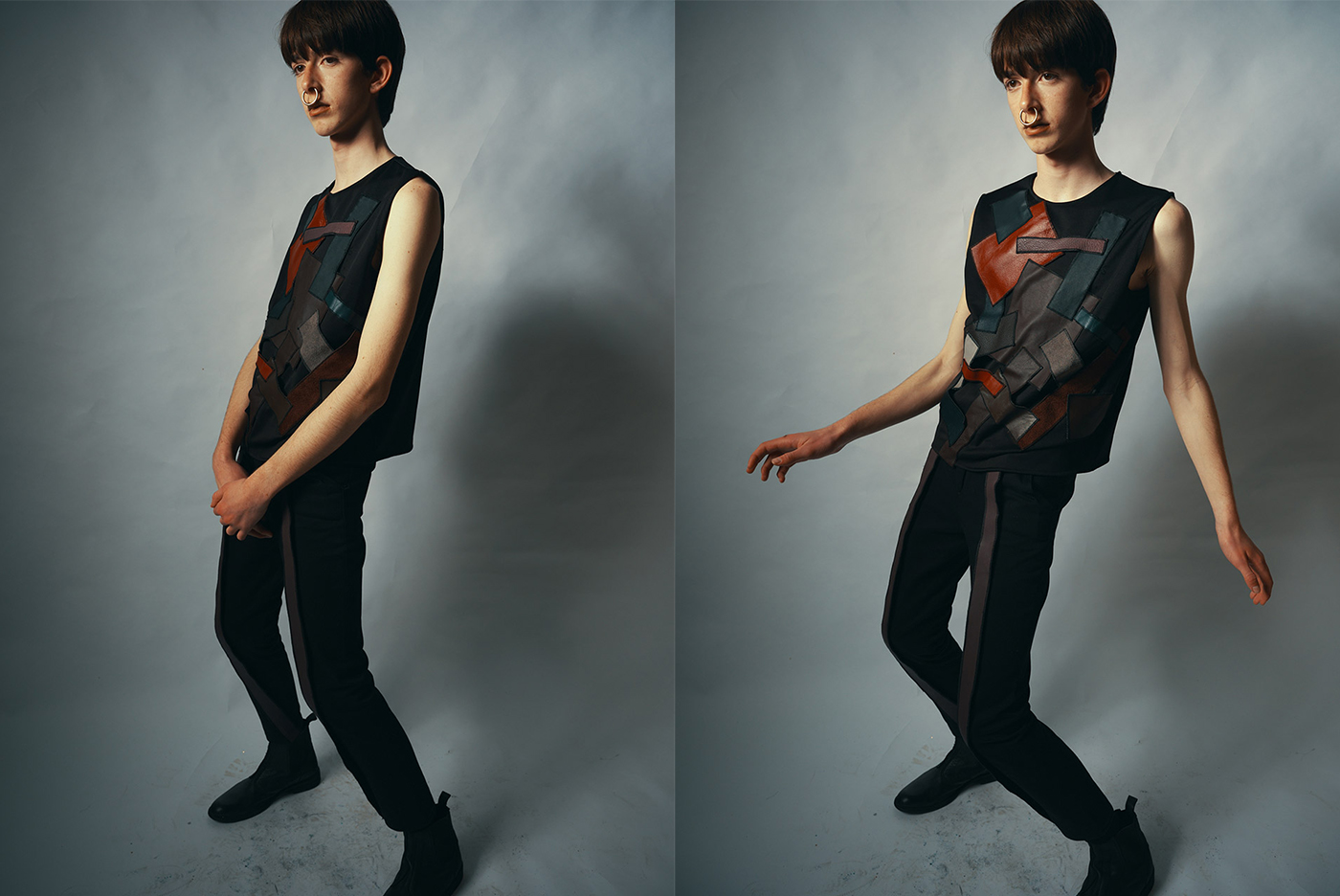
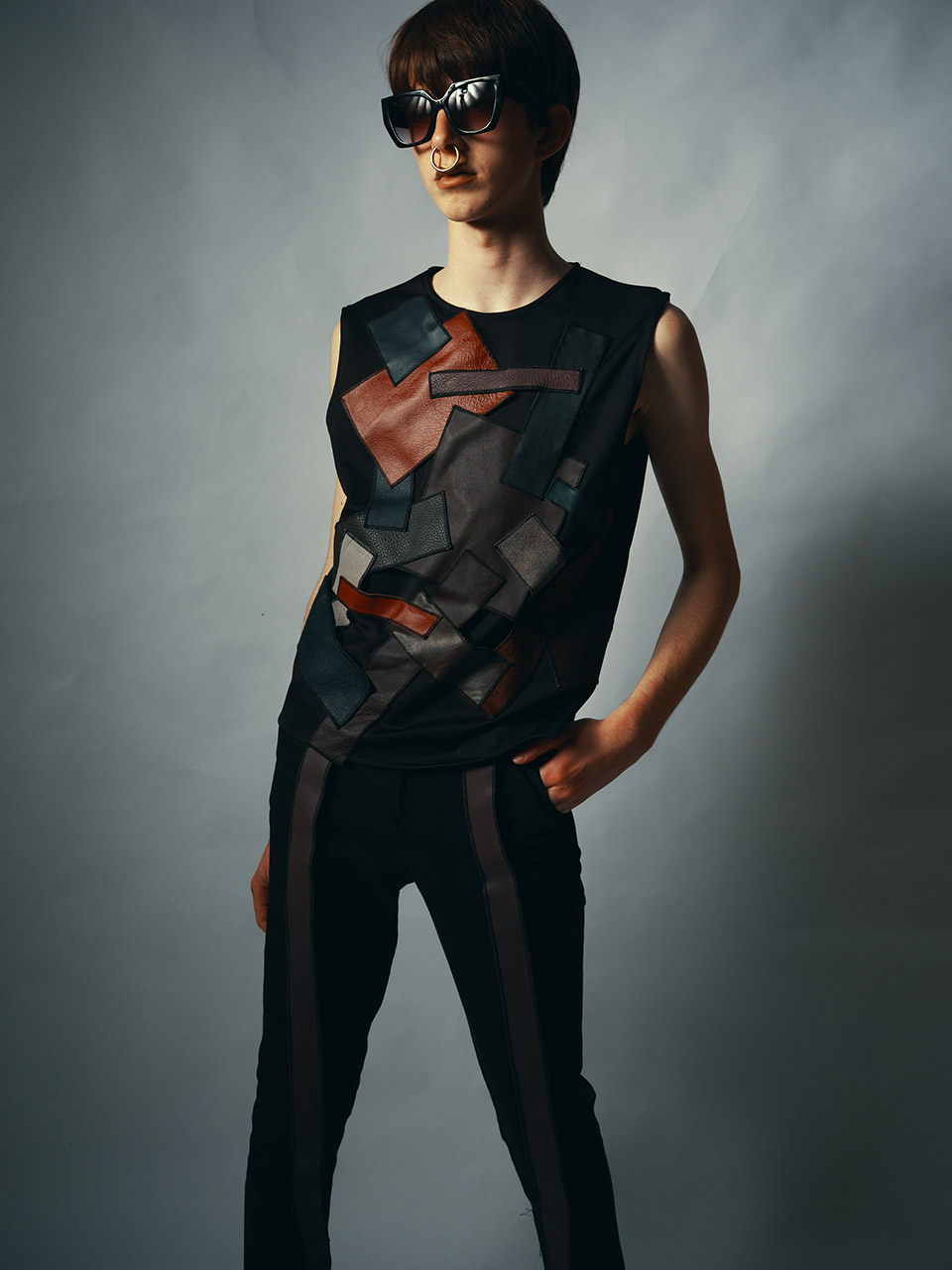
[Sergio] gave me guidance when in some moments I didn’t know what poses to do or where to look. On my last runway experience I was very nervous as it was my first time, so I didn’t manage to take many photos. So this time as well as getting really good photos it kinda boosted up my confidence for the runway, and it made me loosen up a bit.—Unai, model
Ariel
Model 3
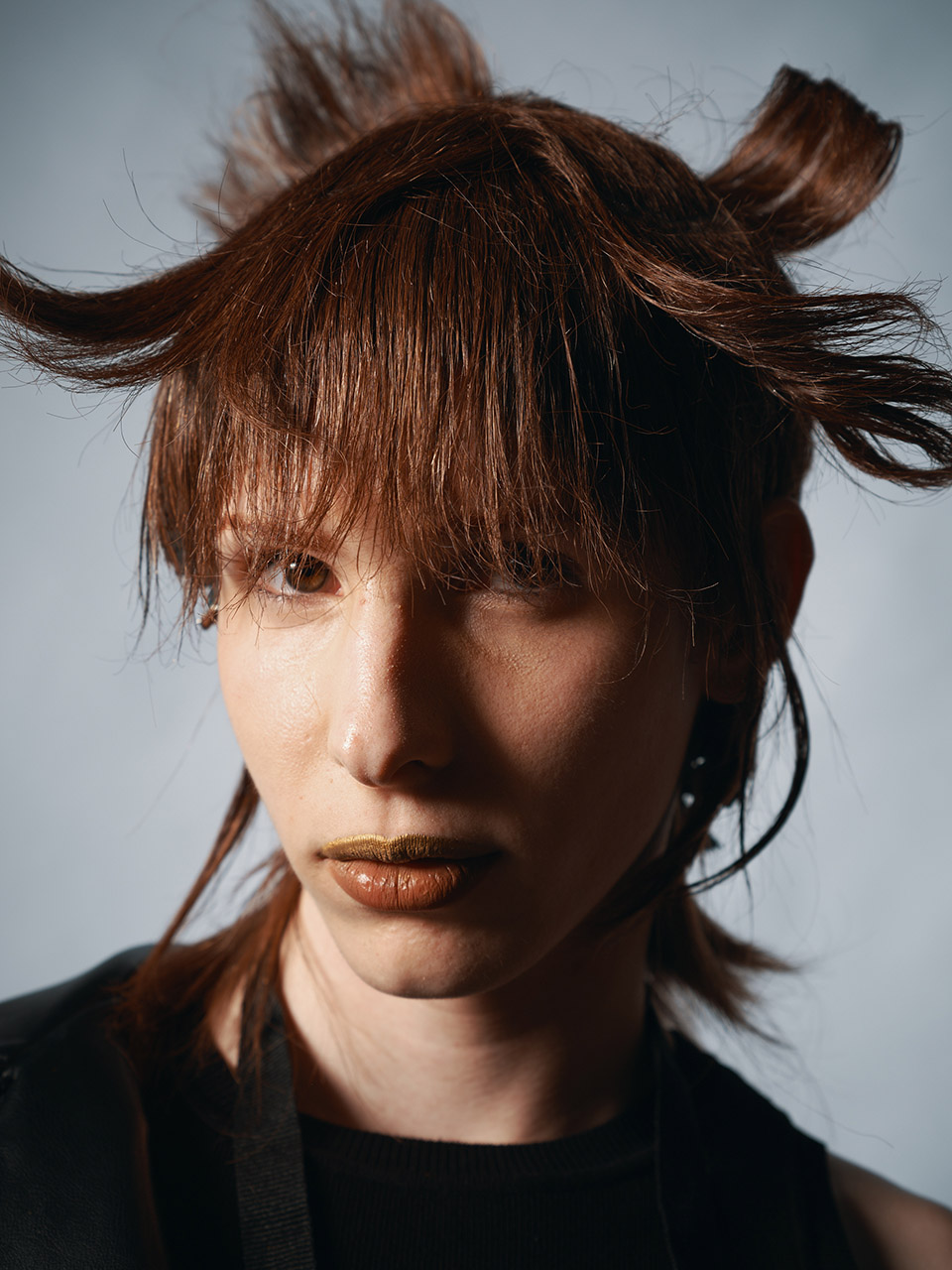

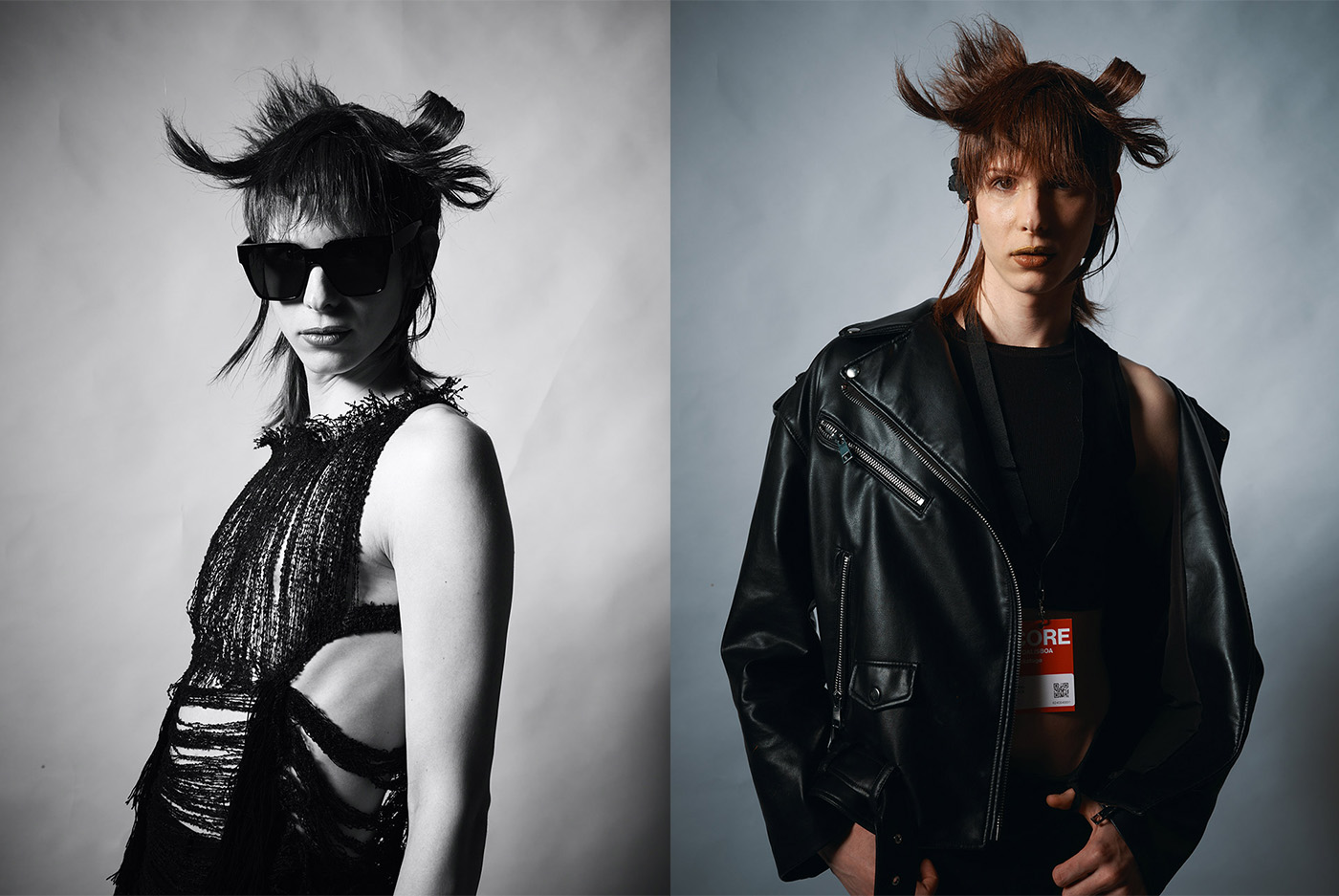
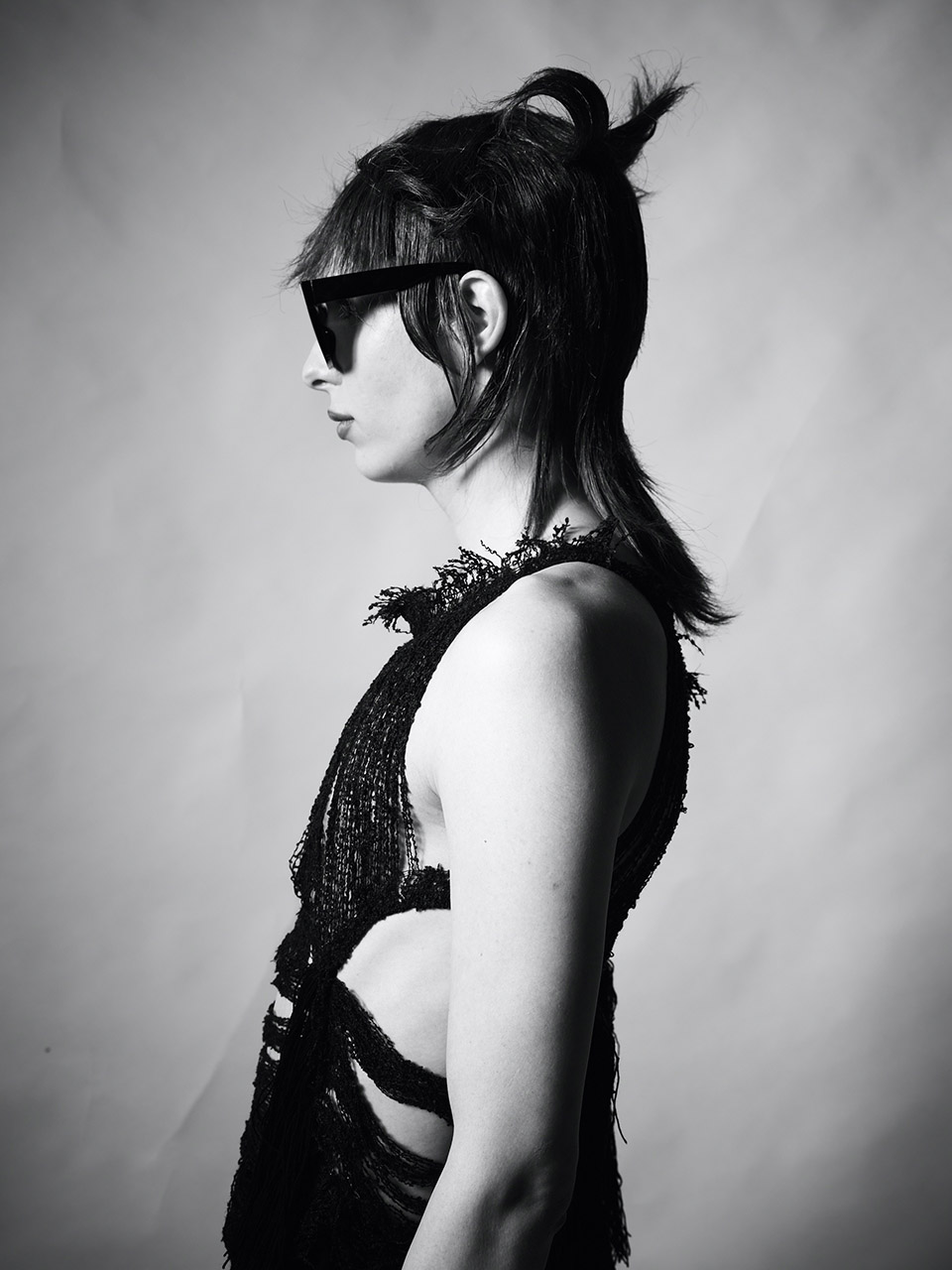
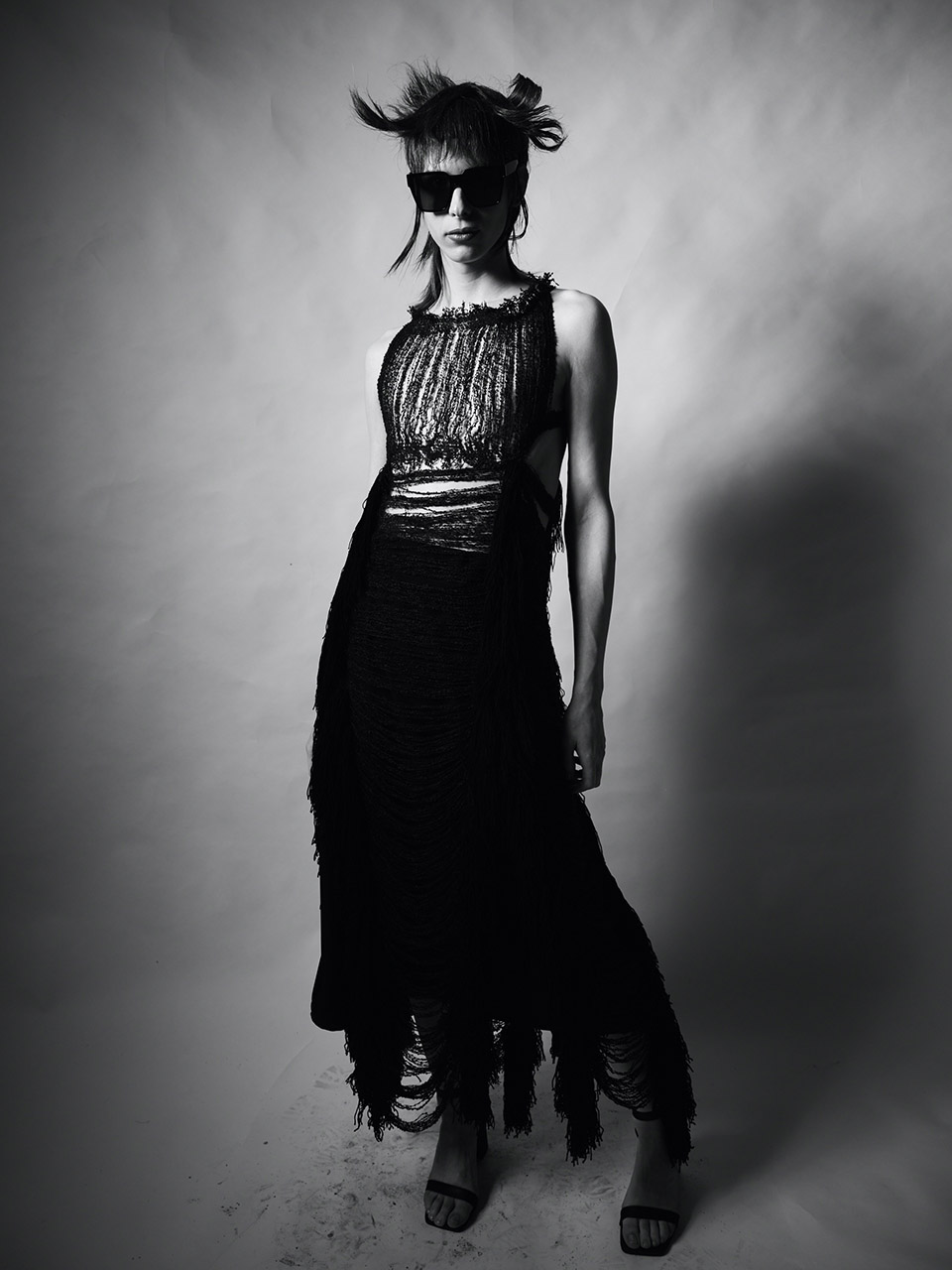
In fact it was a rush. Between shows changing clothes and in the middle of so much confusion, the photos were quite fast and dynamic, having in mind that there were a lot of models to photograph. I found it funny to be on a set—it usually doesn’t happen, but it was a good experience.
—Ariel del Arco, model
Letitia
Model 4
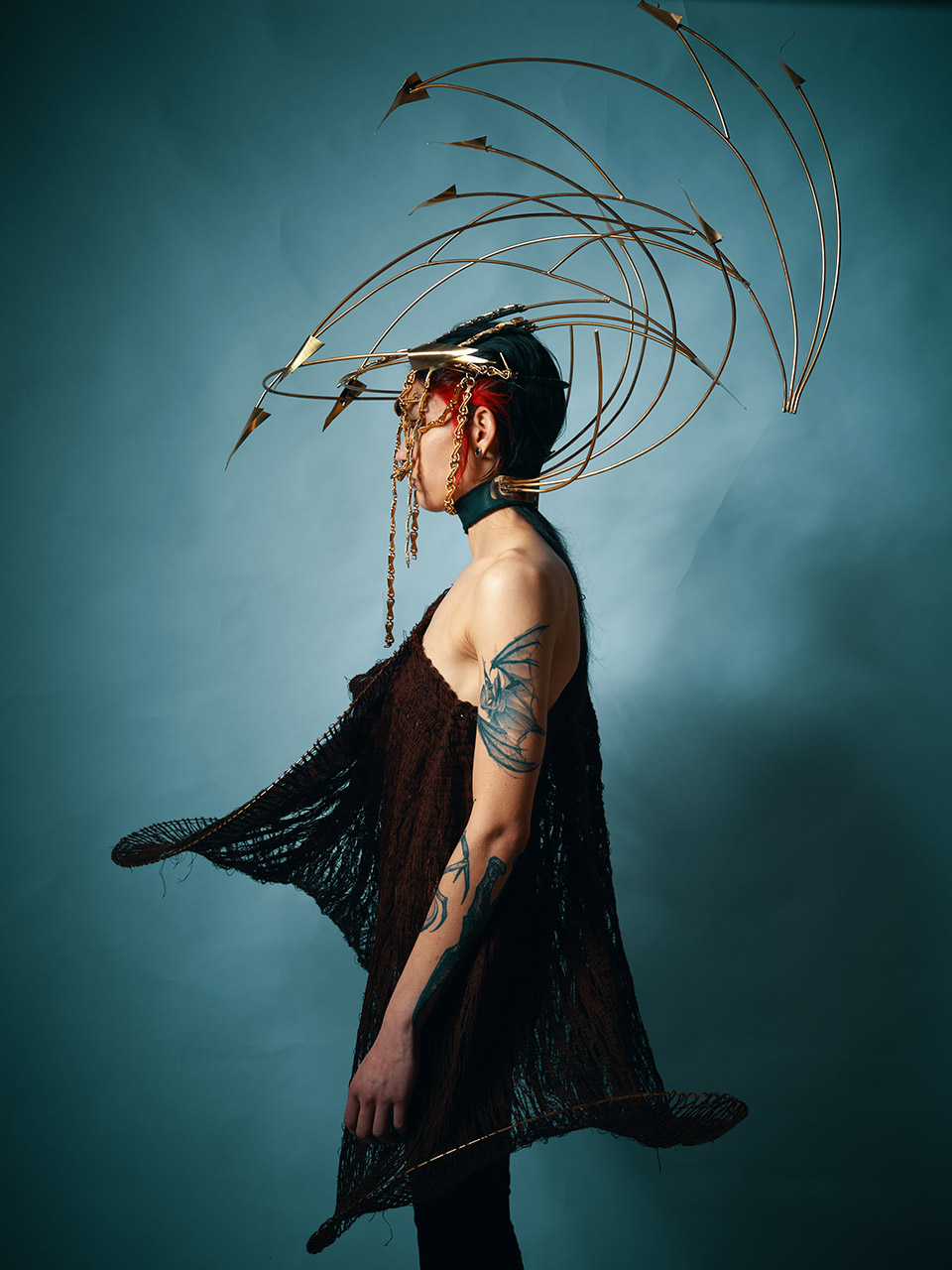
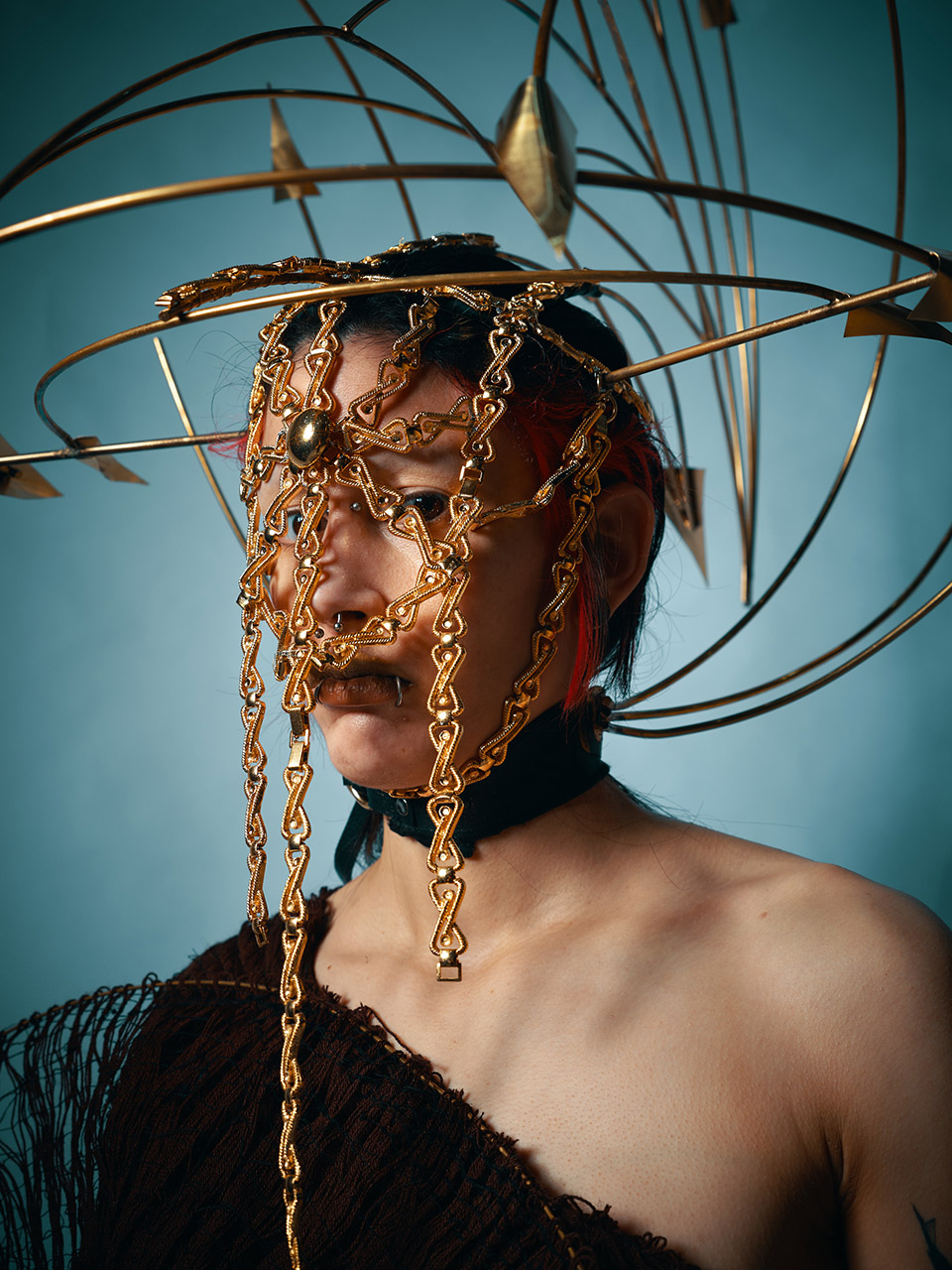


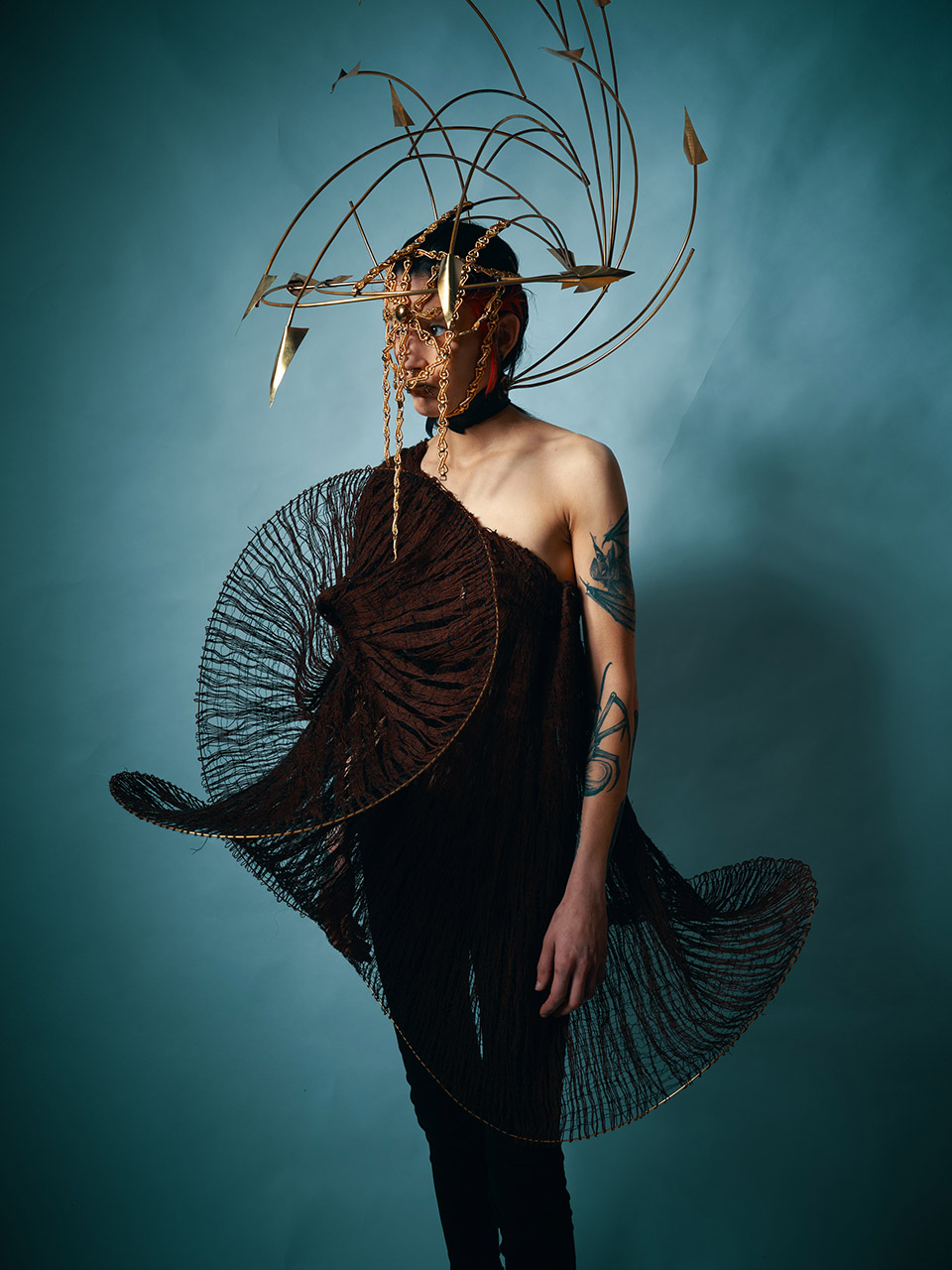
Diana
Model 5
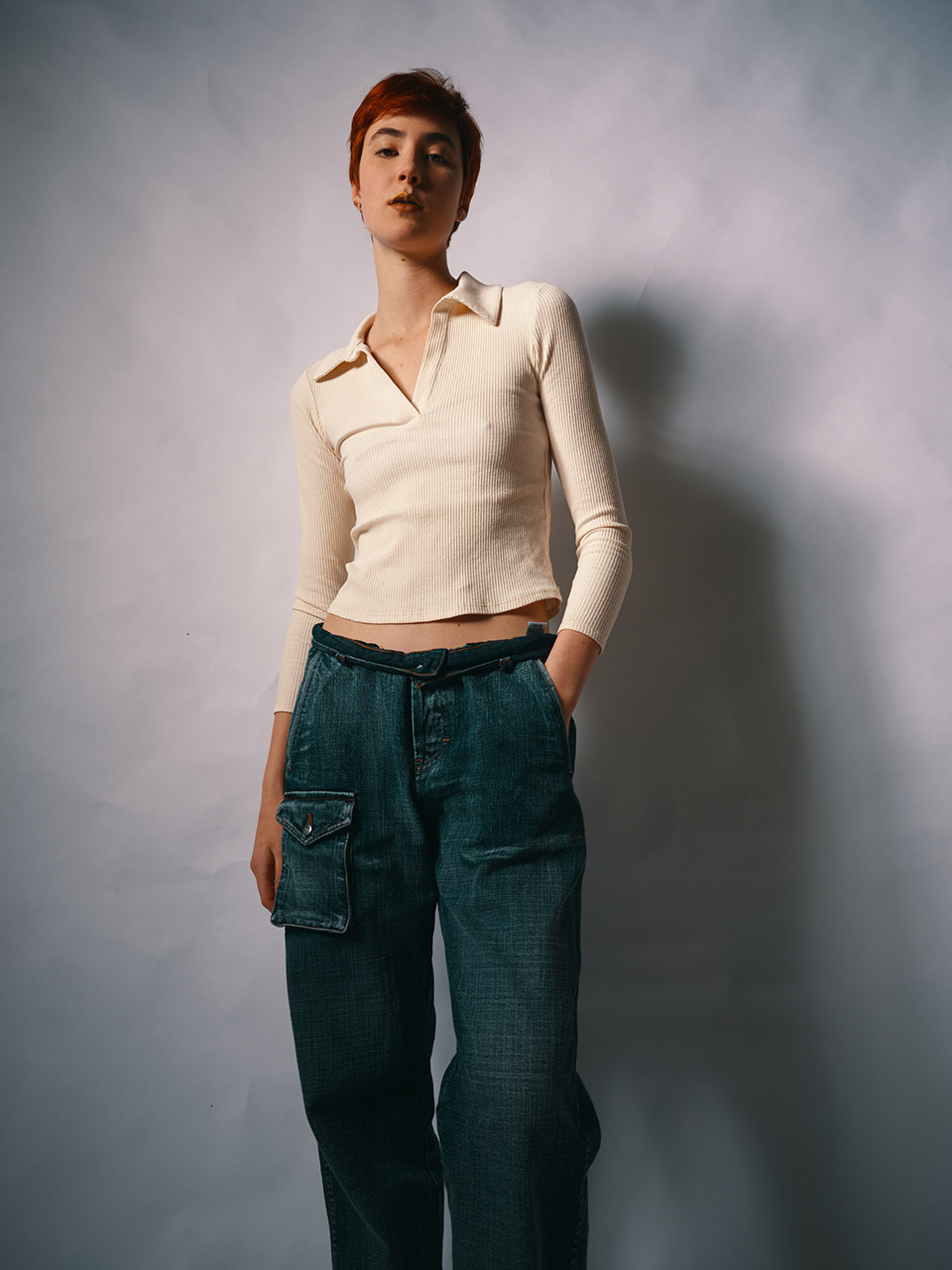
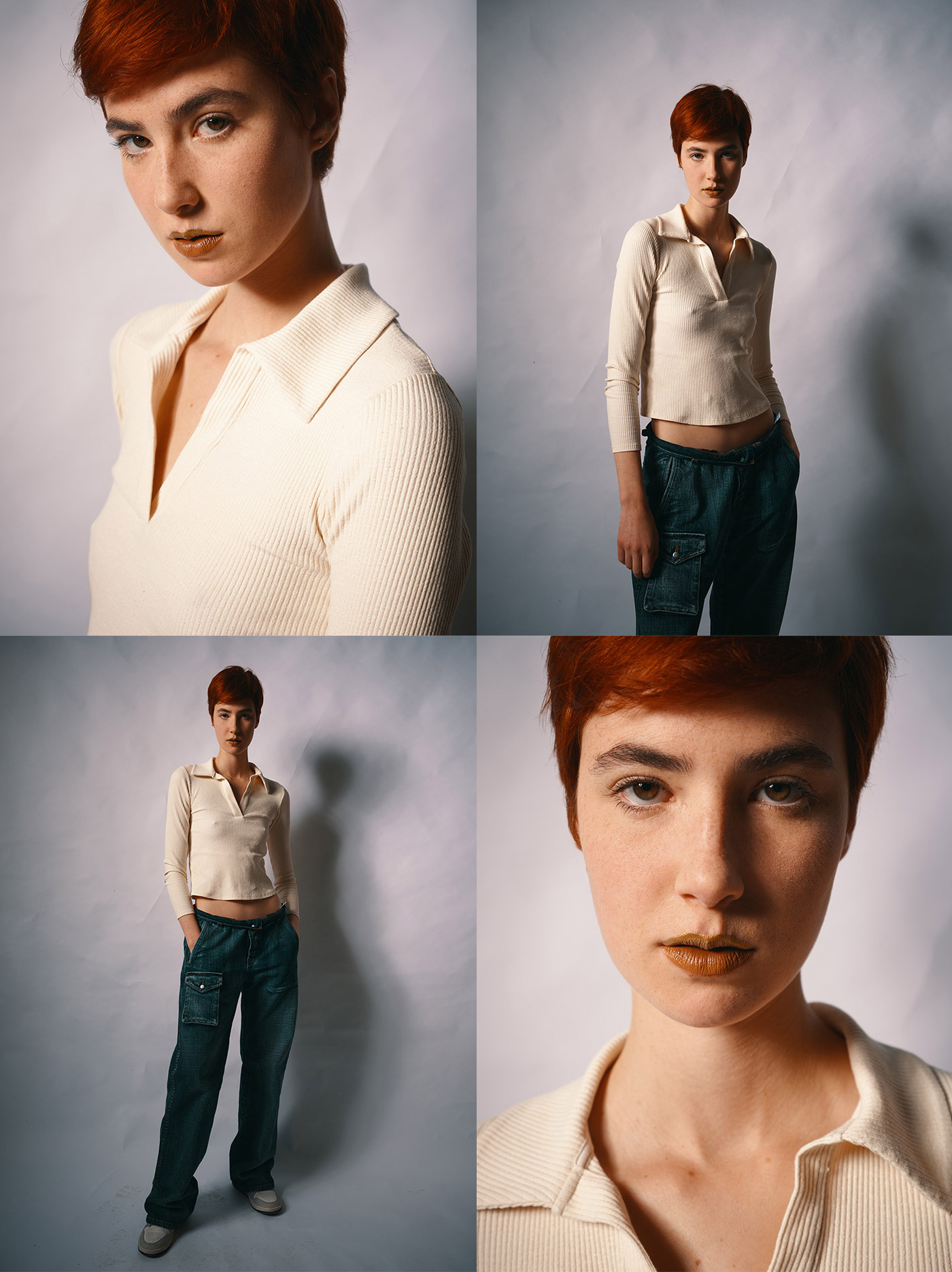
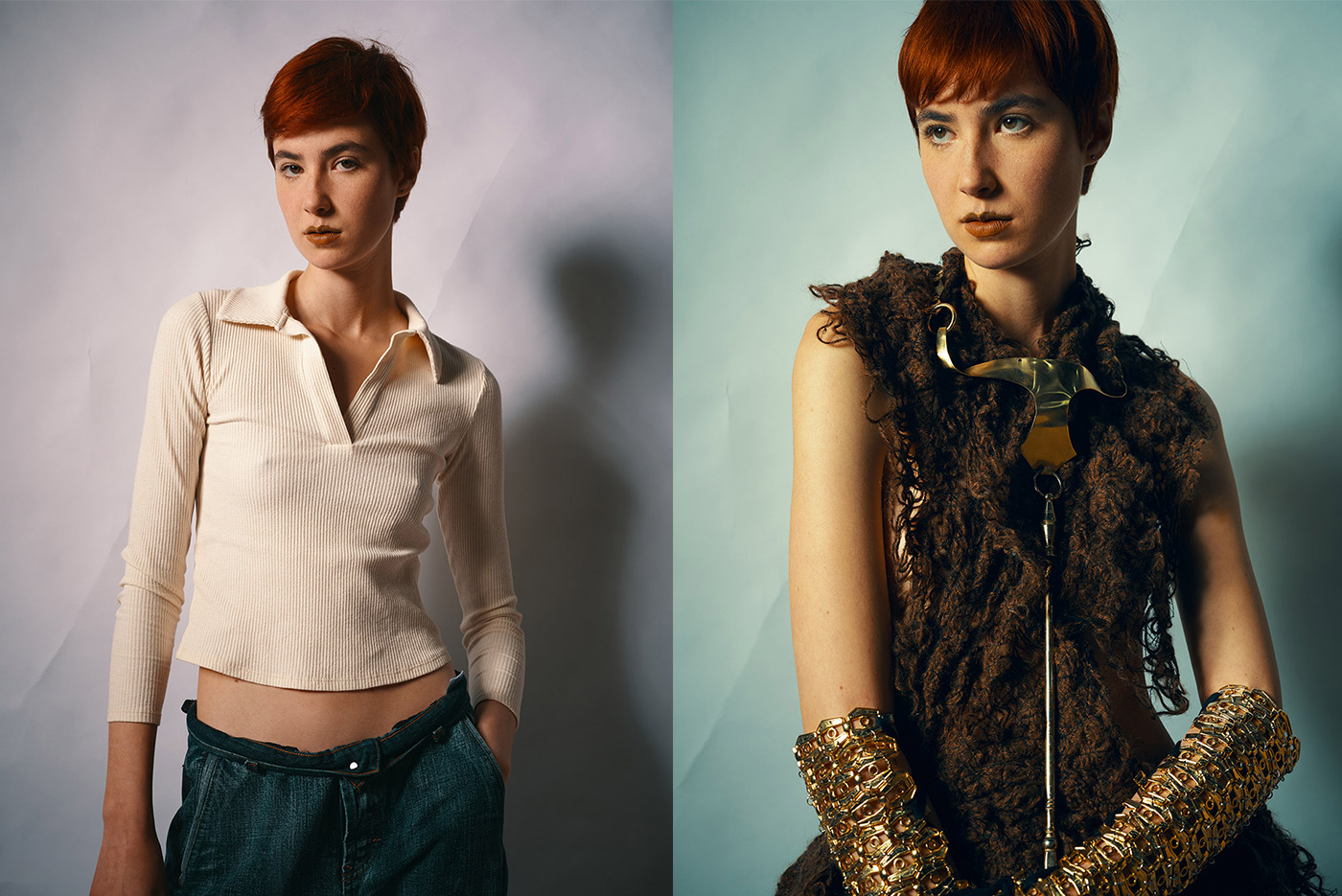
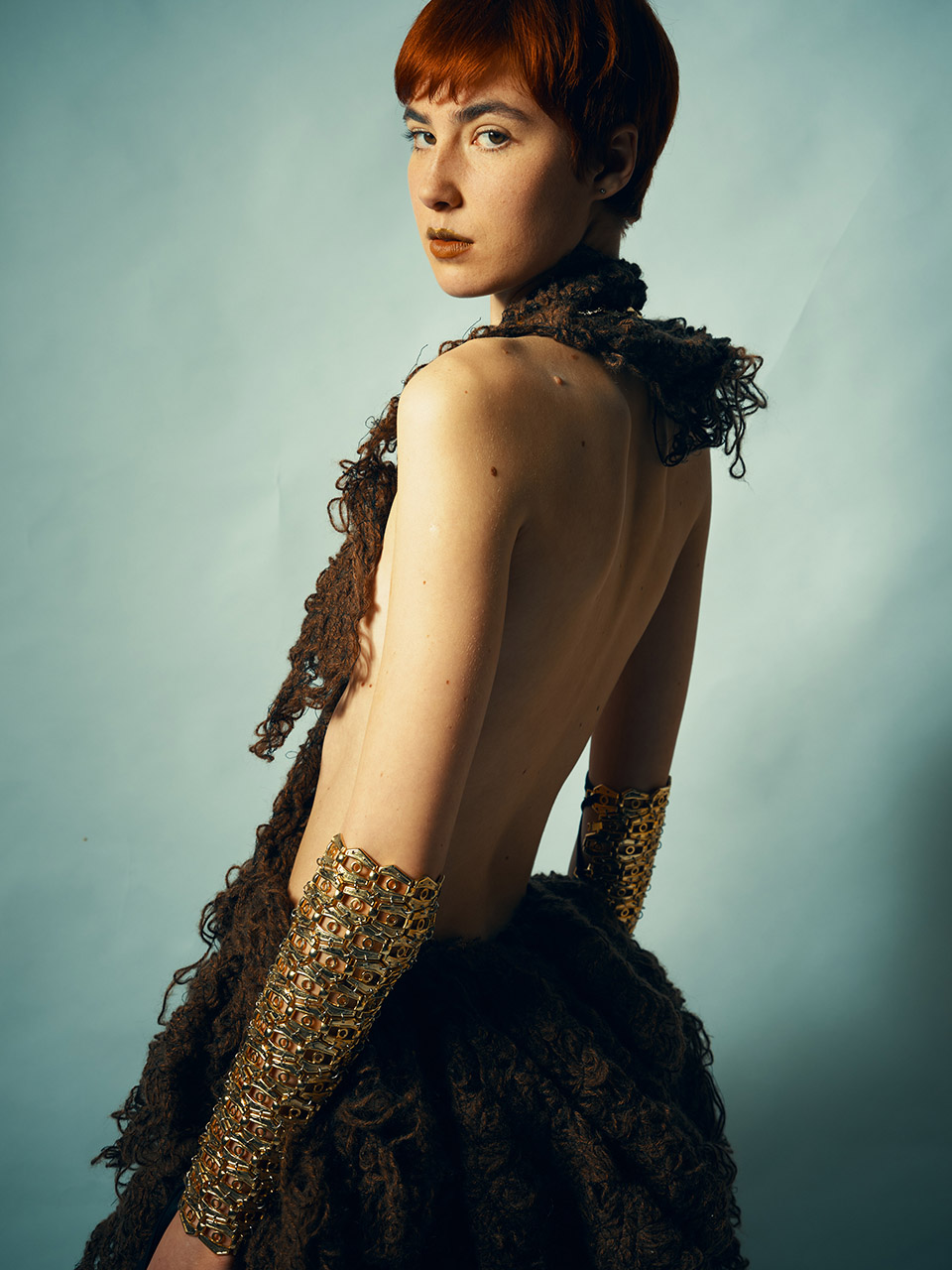
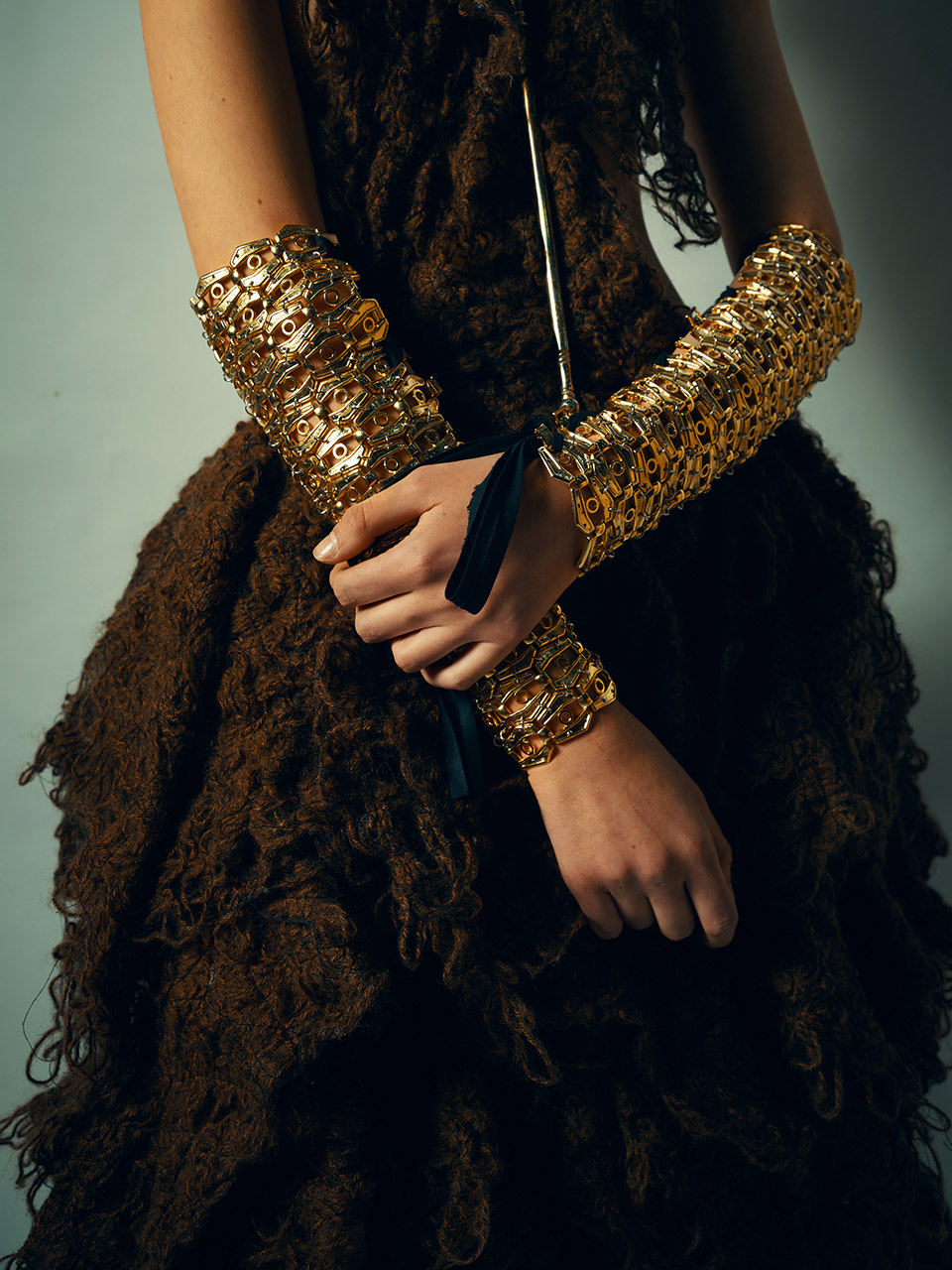
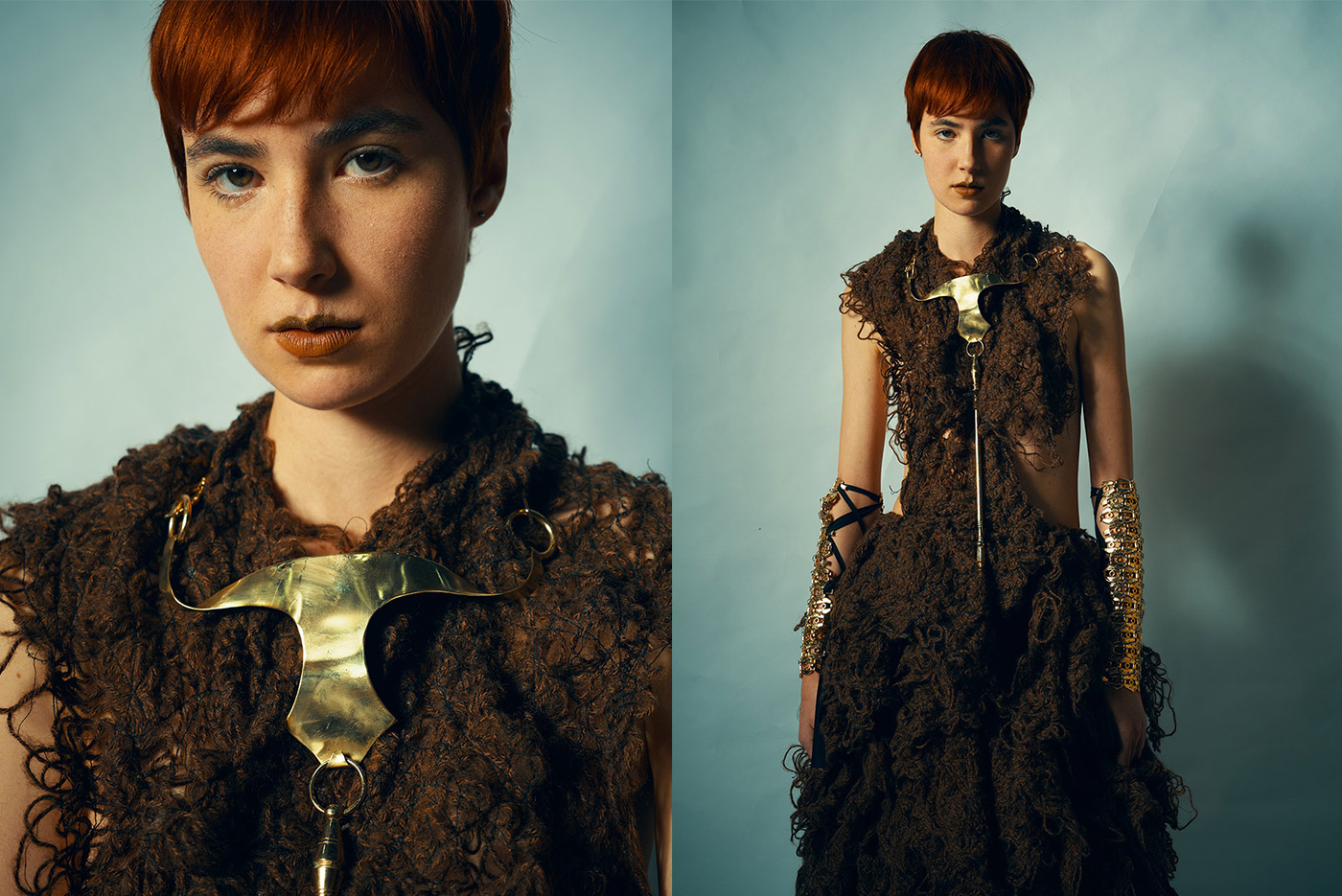
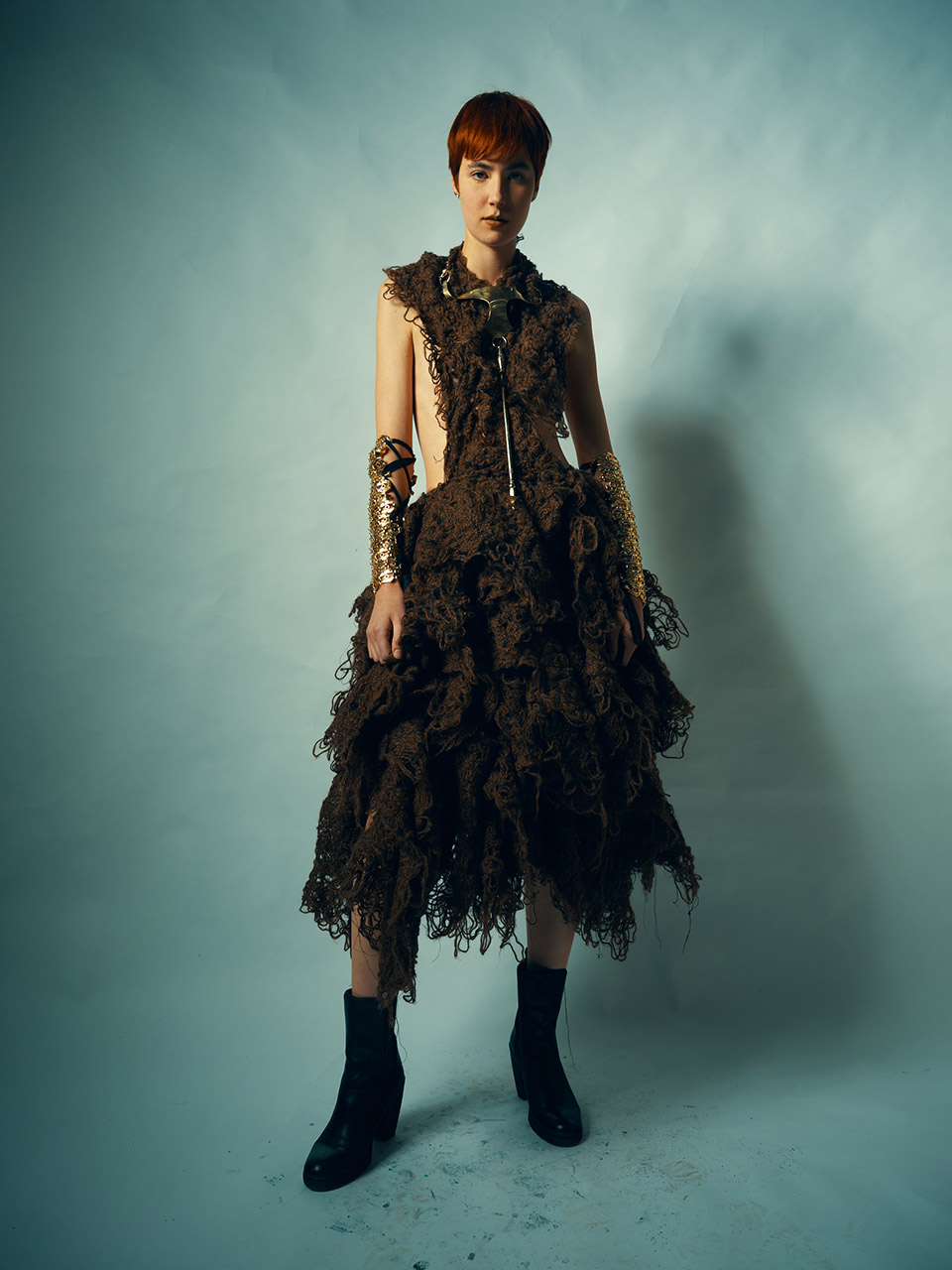
We are preservationists by nature. We take photography to stop time, to make moments for eternity.
—Sergio Santos
Kieza
Model 6
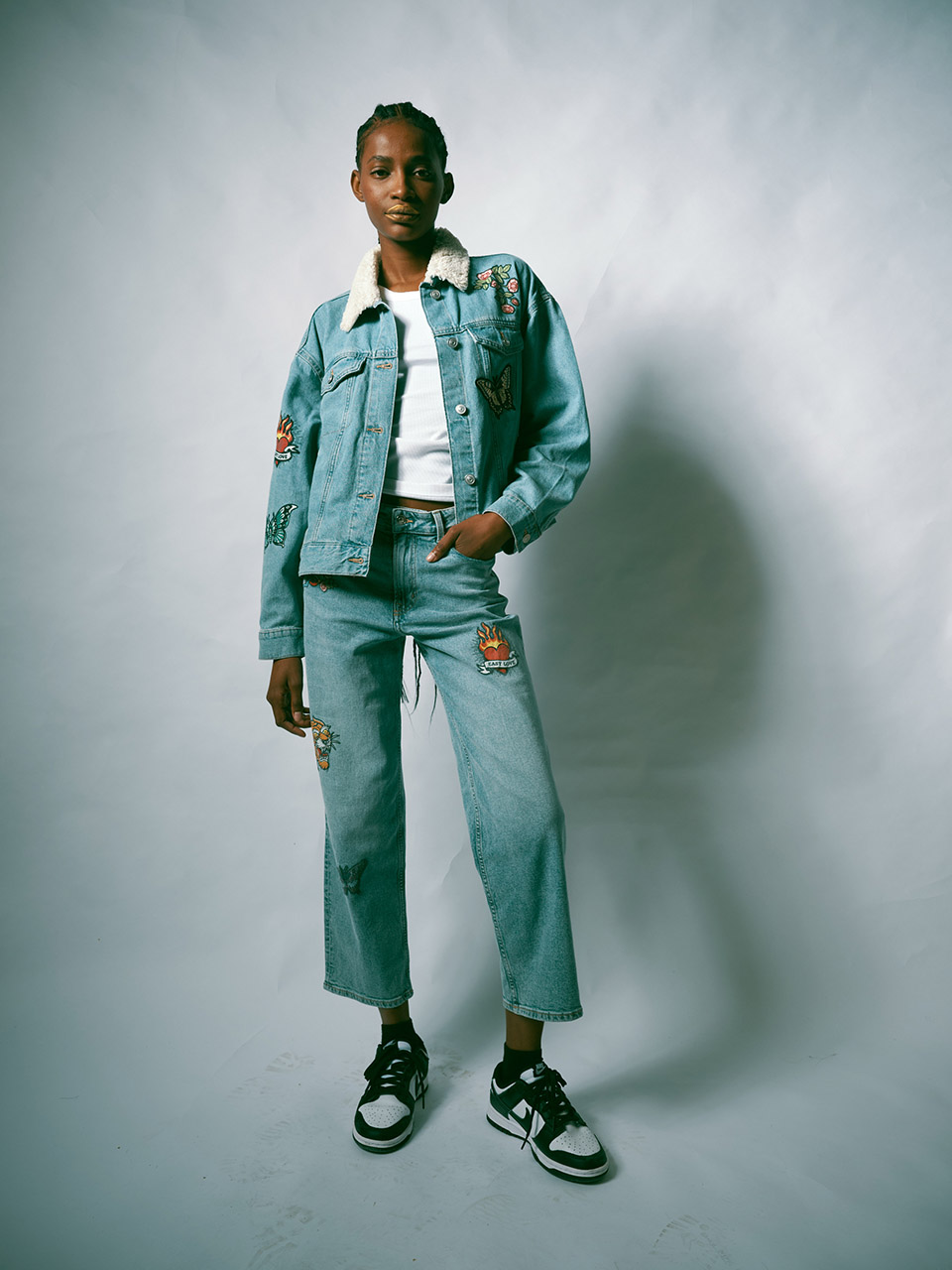
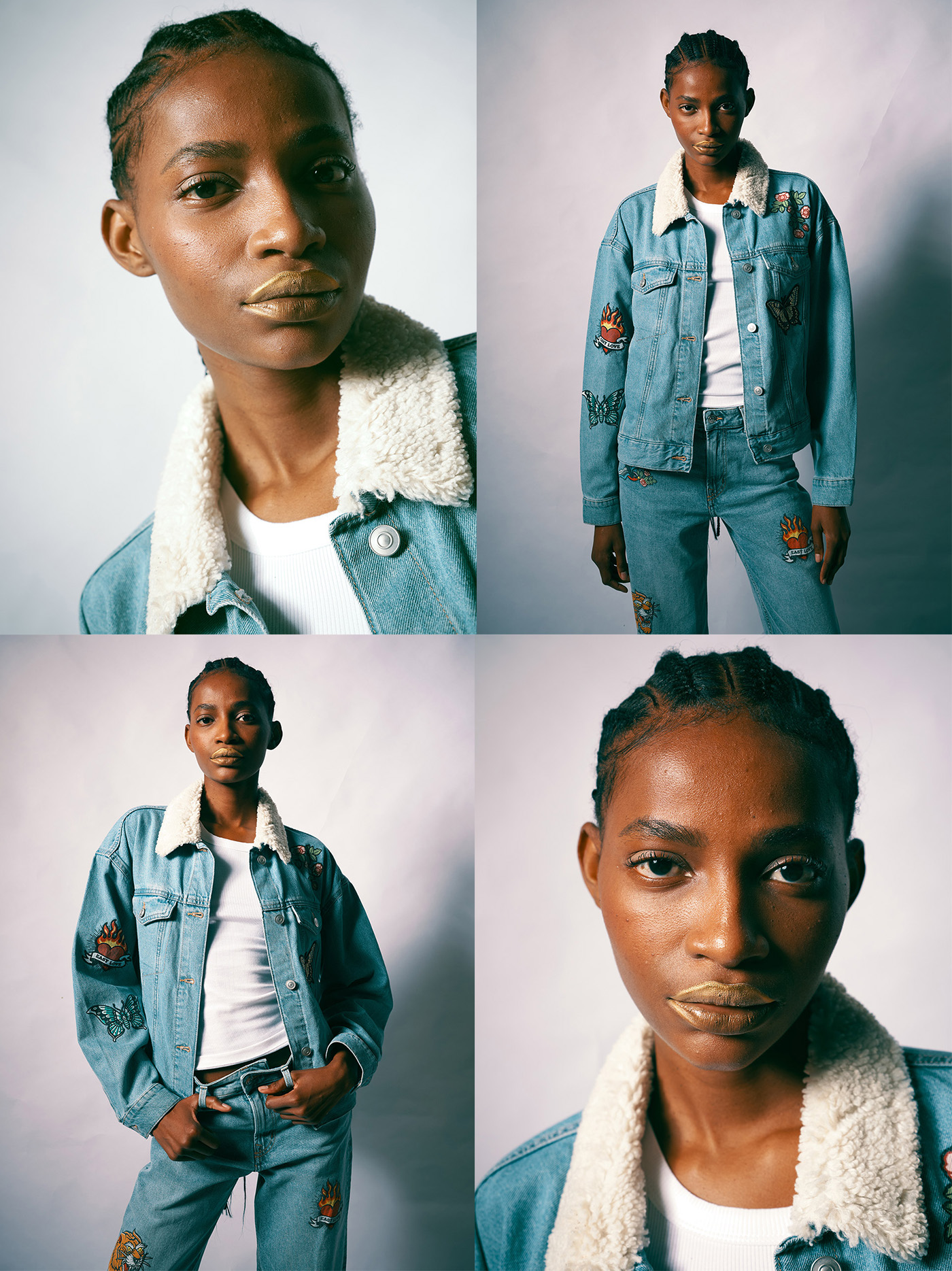
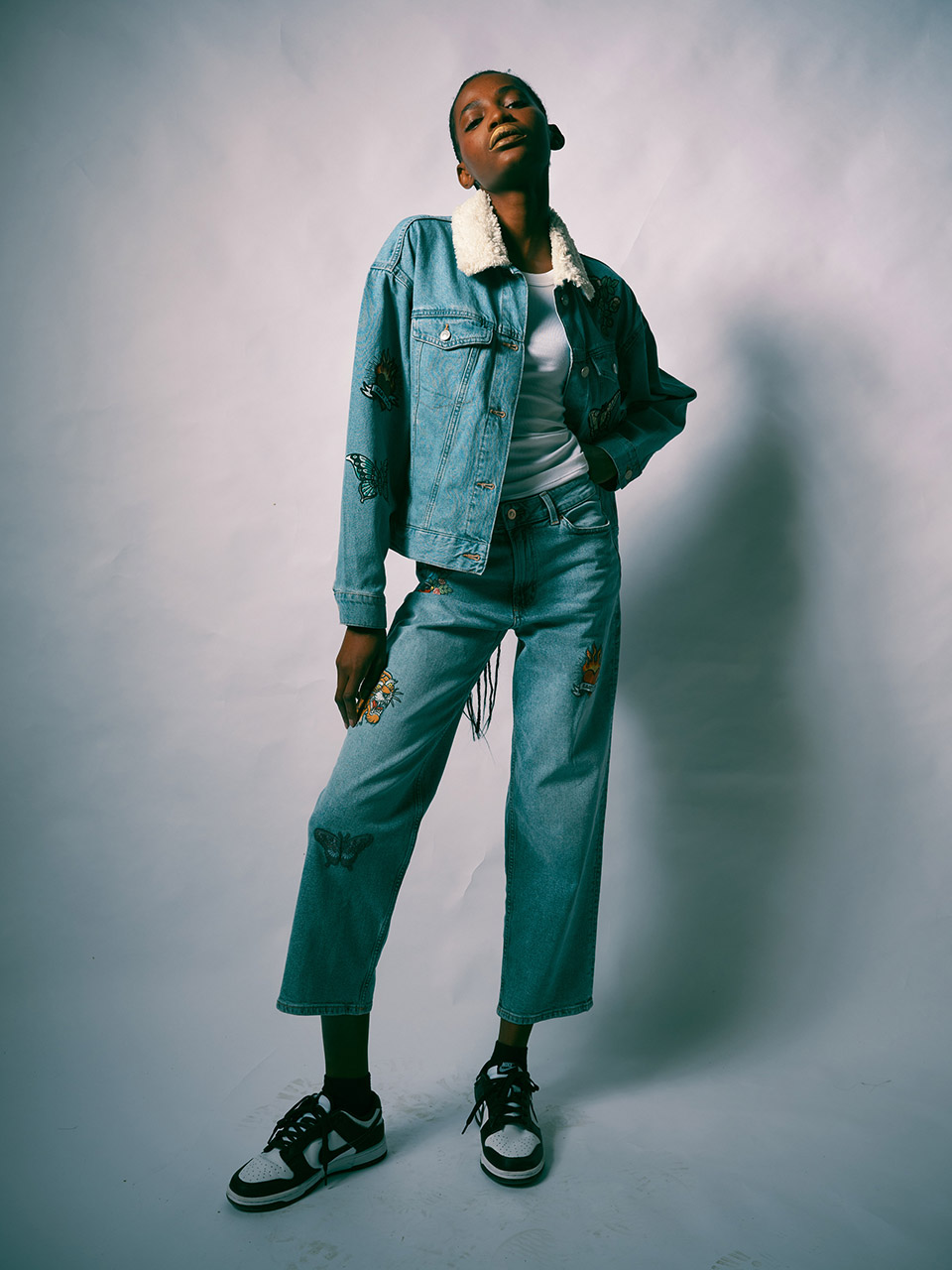
Yandi
Model 7
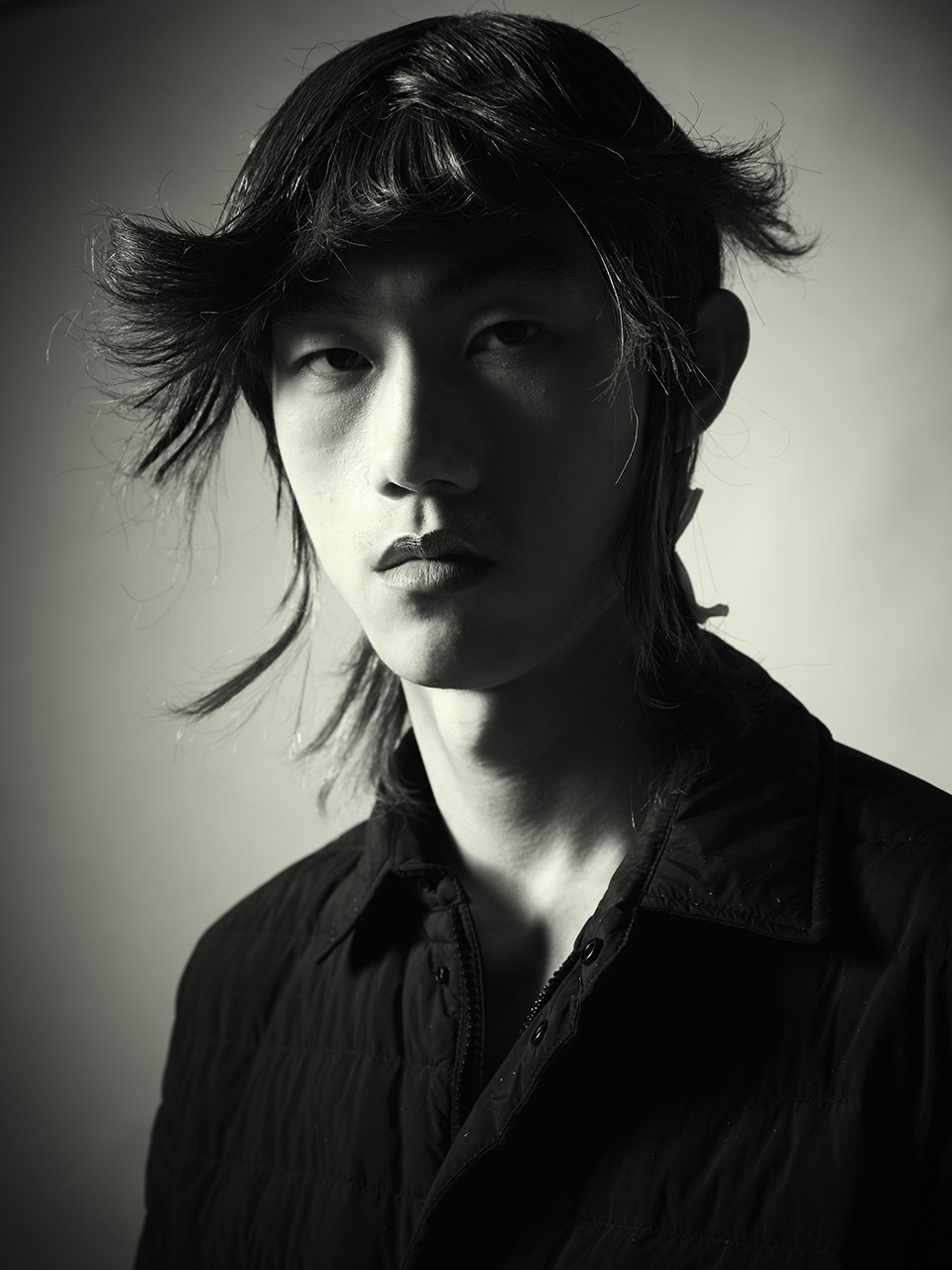
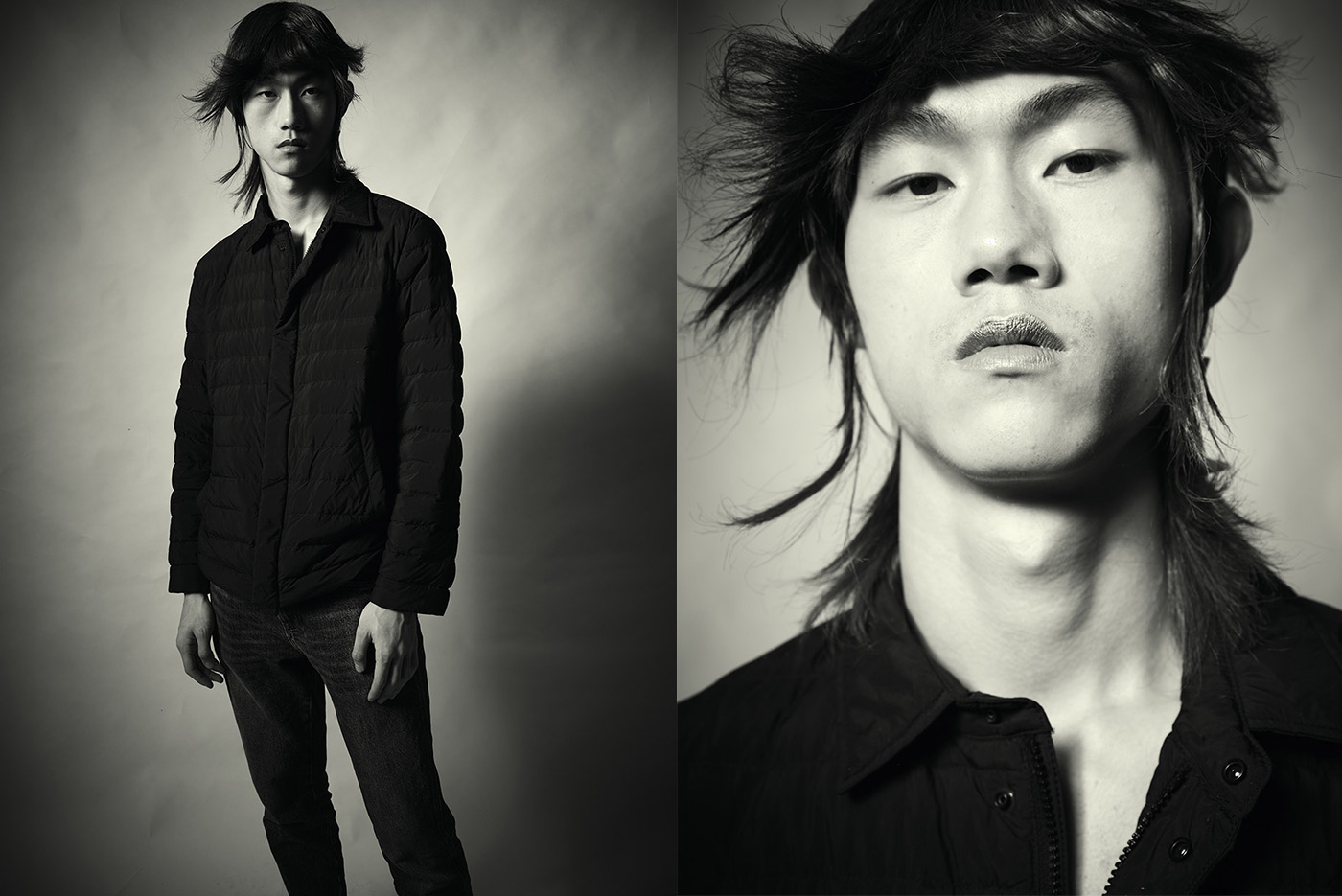
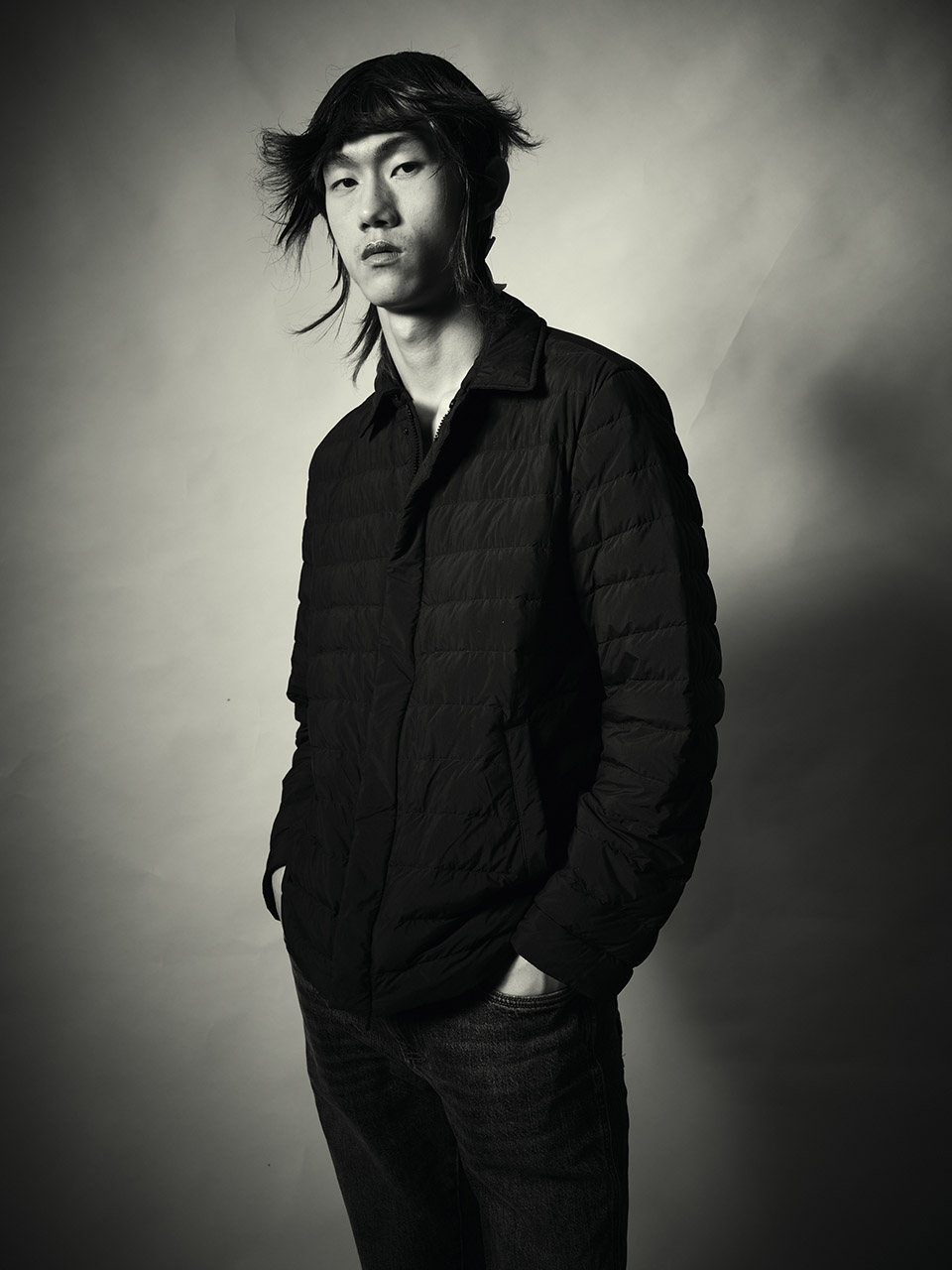
The first thing is to create a connection with the human being. I analyze in detail the beauty of the person/personality.
—Sergio Santos
Aicha
Model 8
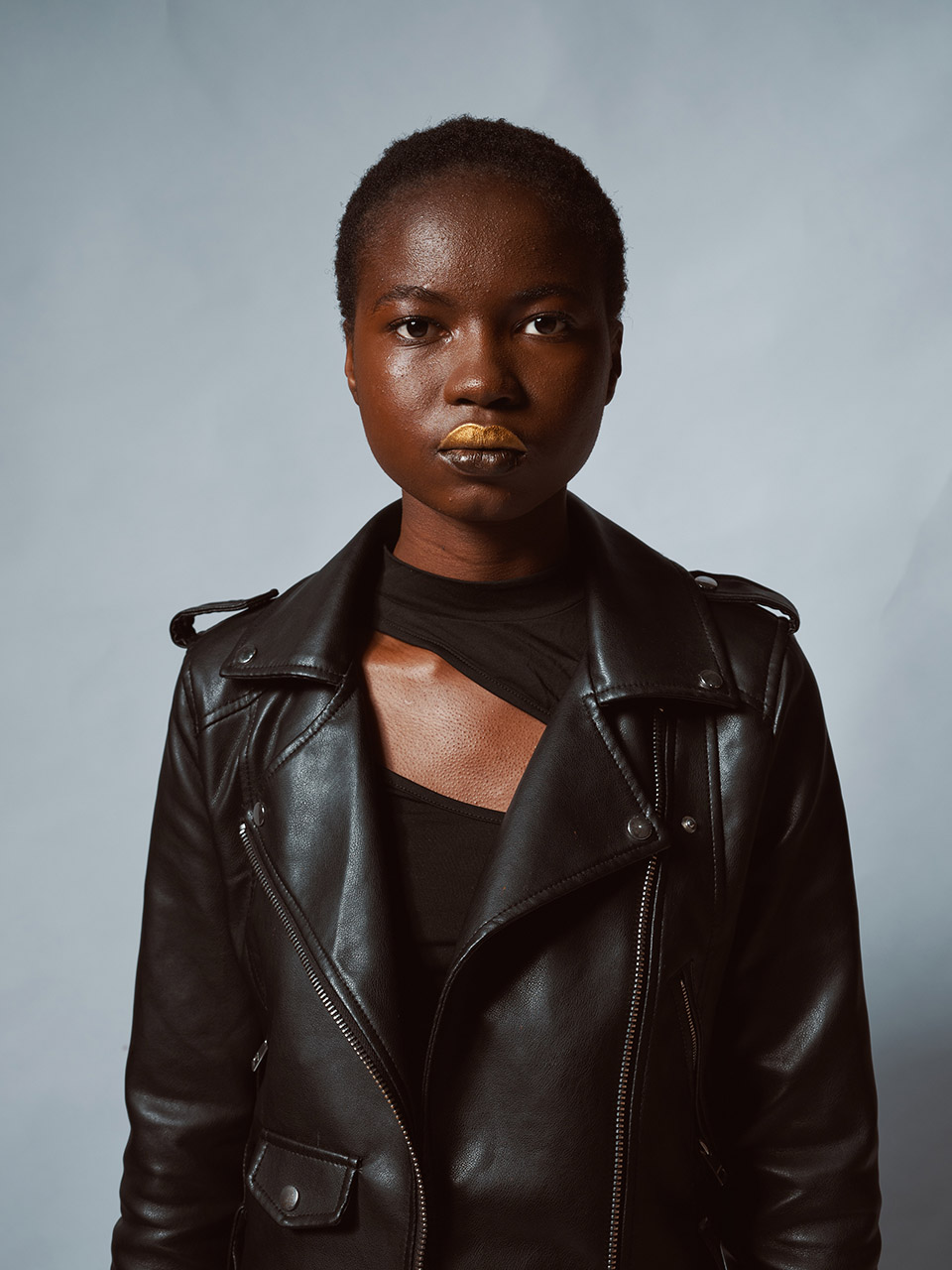
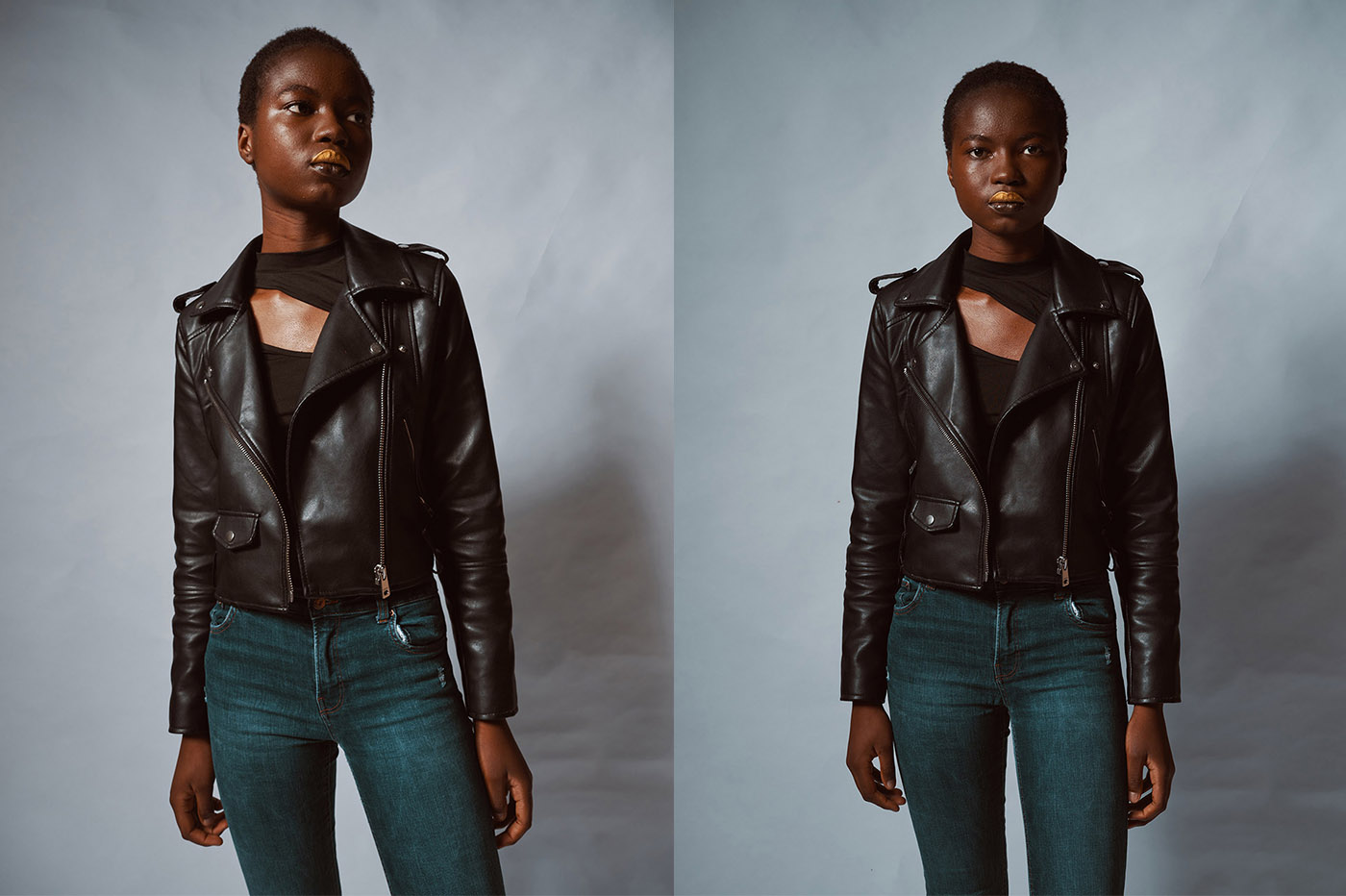
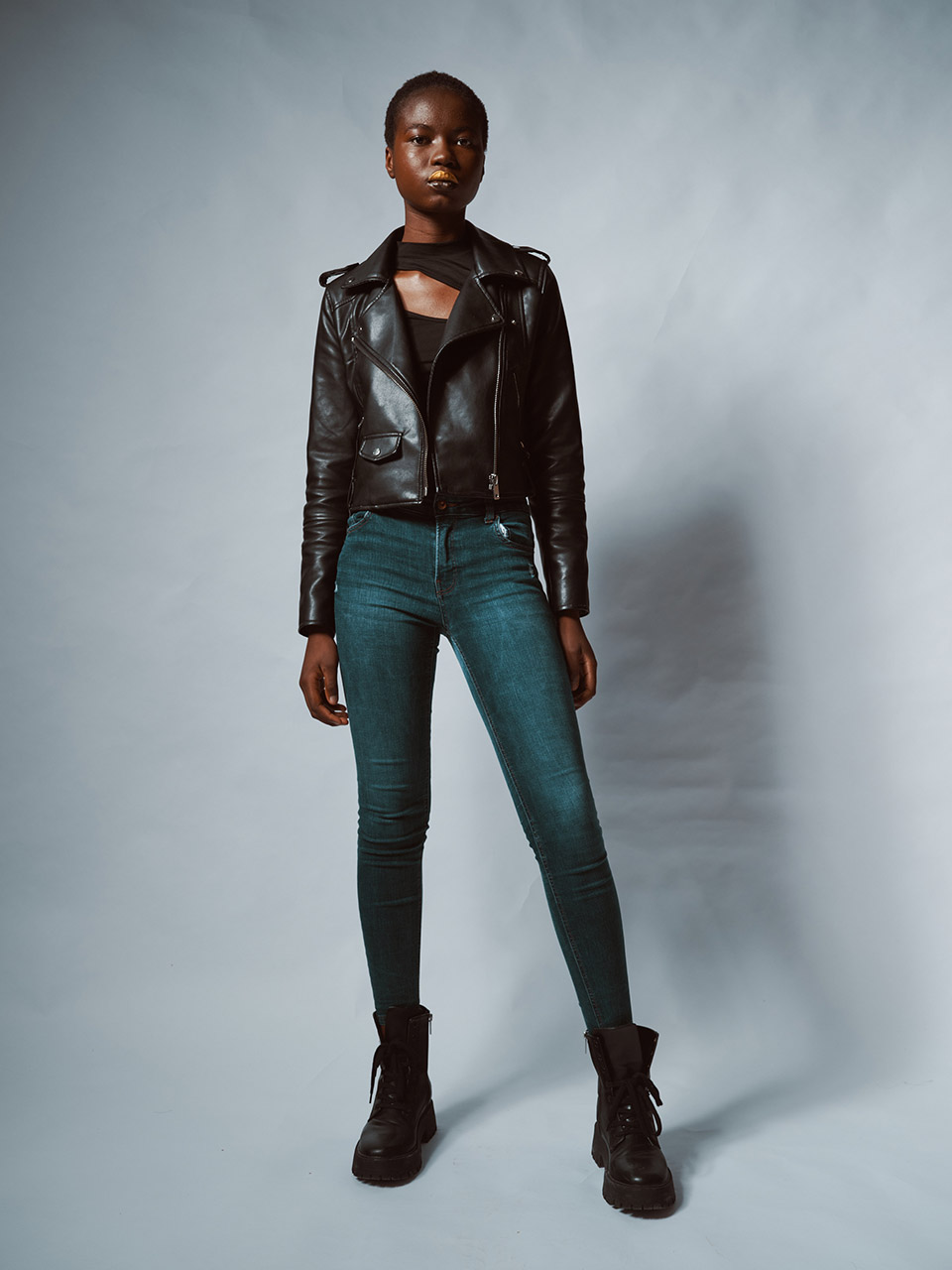
Olga
Model 9
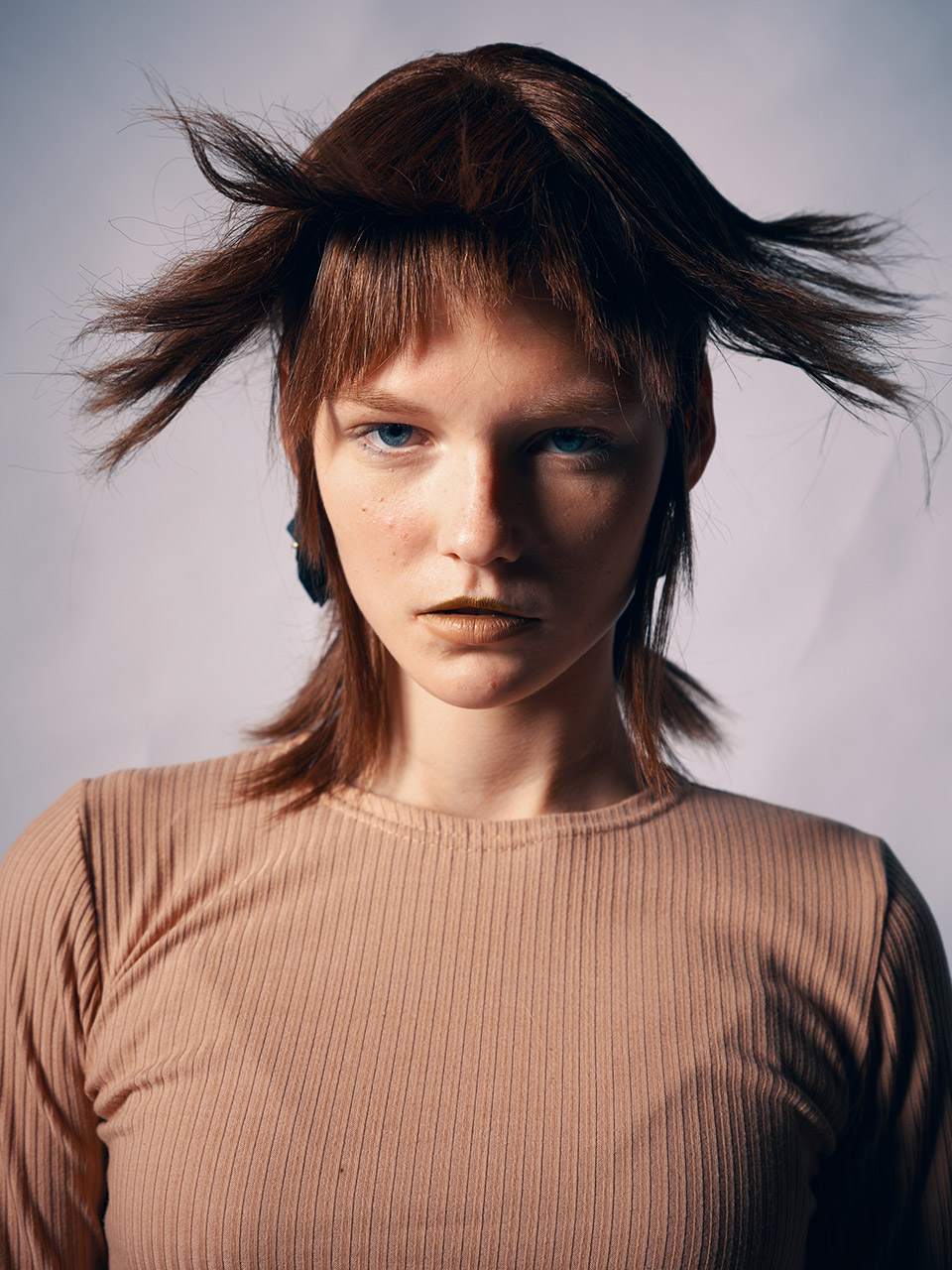


As Valentim’s universe and pieces are strong, the hair has to go with it. What fascinates me about working with him, is to feel that with the hairstyling it is also possible to raise it to another level—futuristic but with a Victorian mythology inspiration twist to it.
— Helena Vaz Pereira, hair stylist
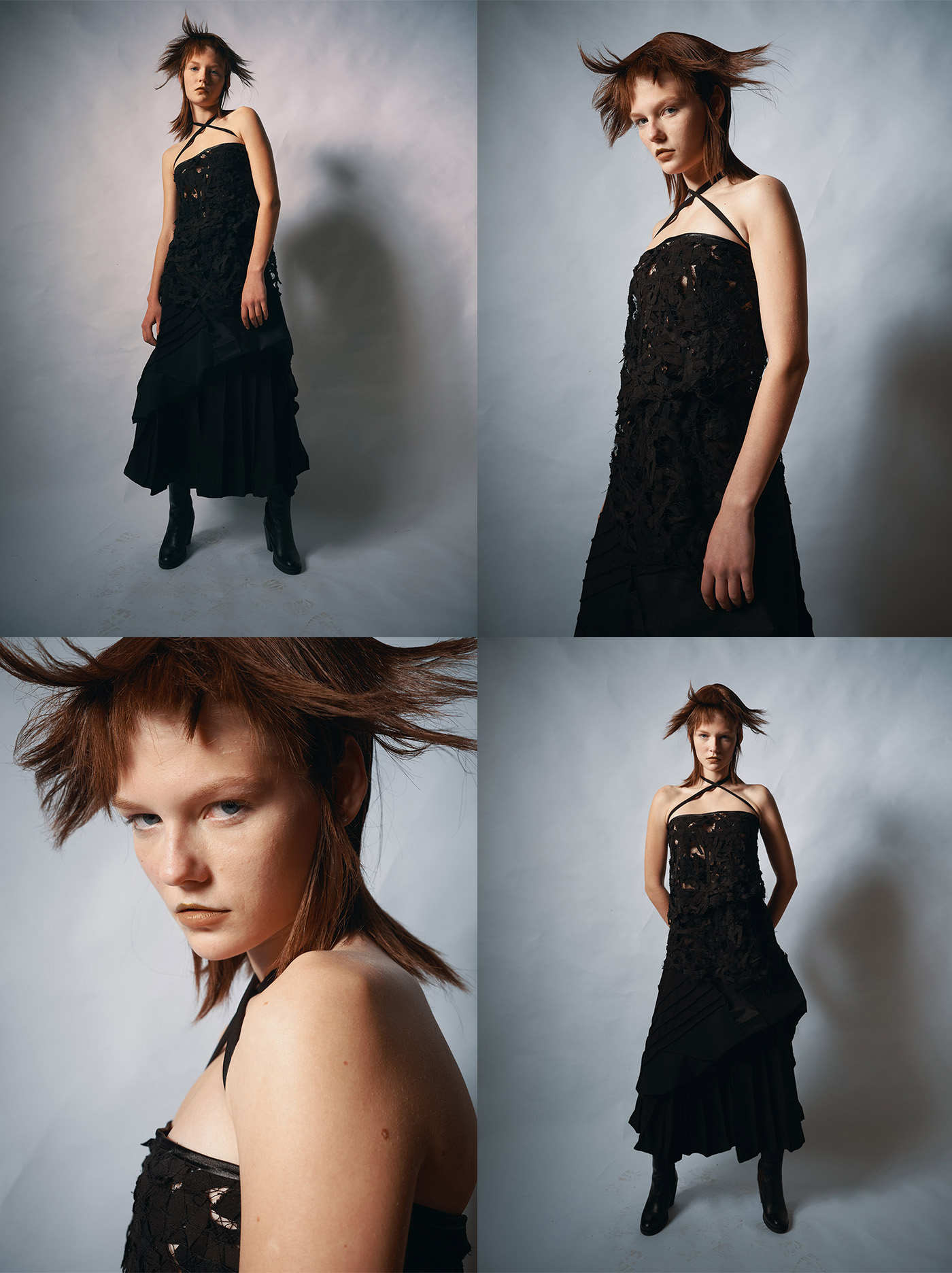
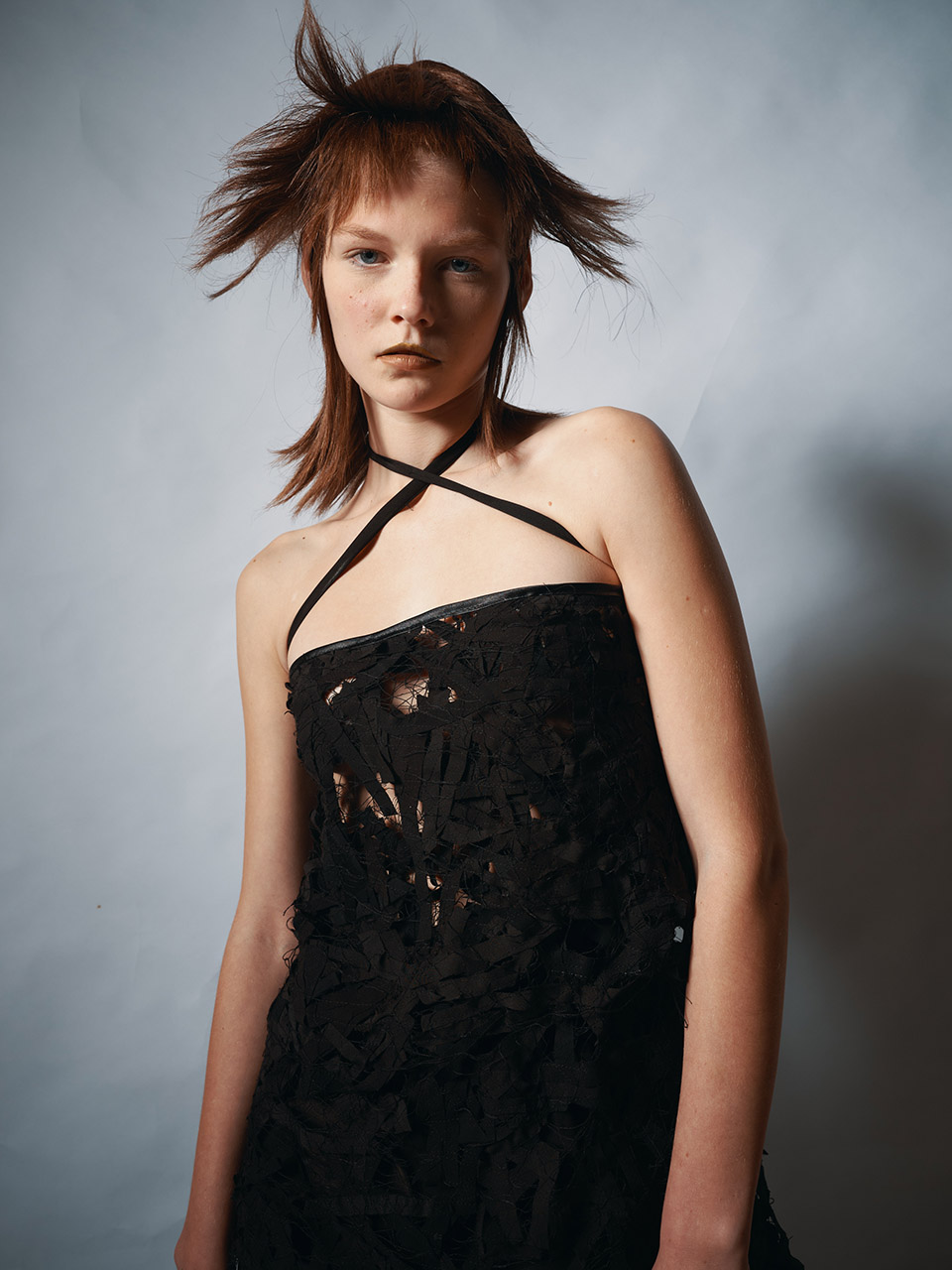
Naize
Model 10
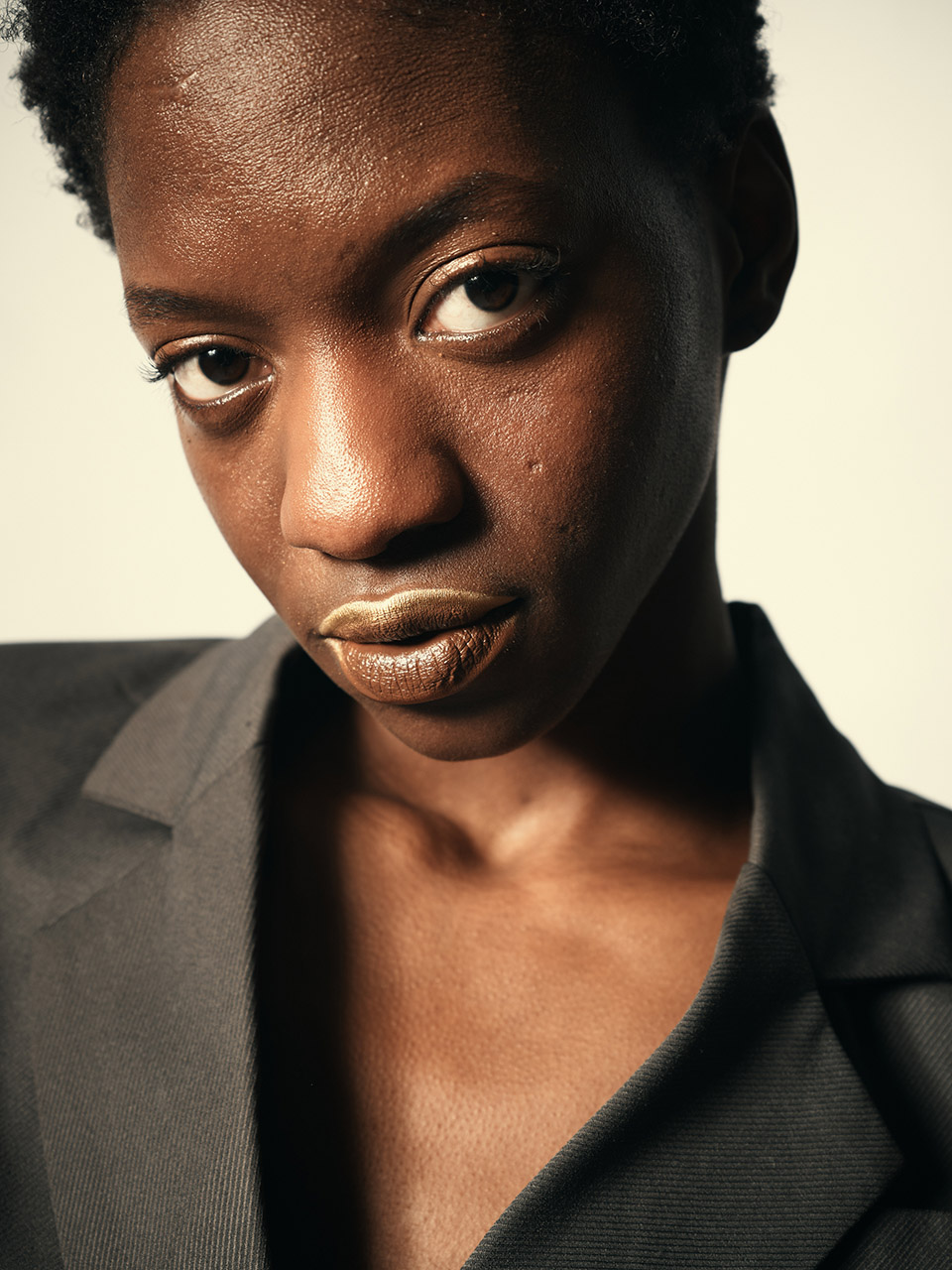
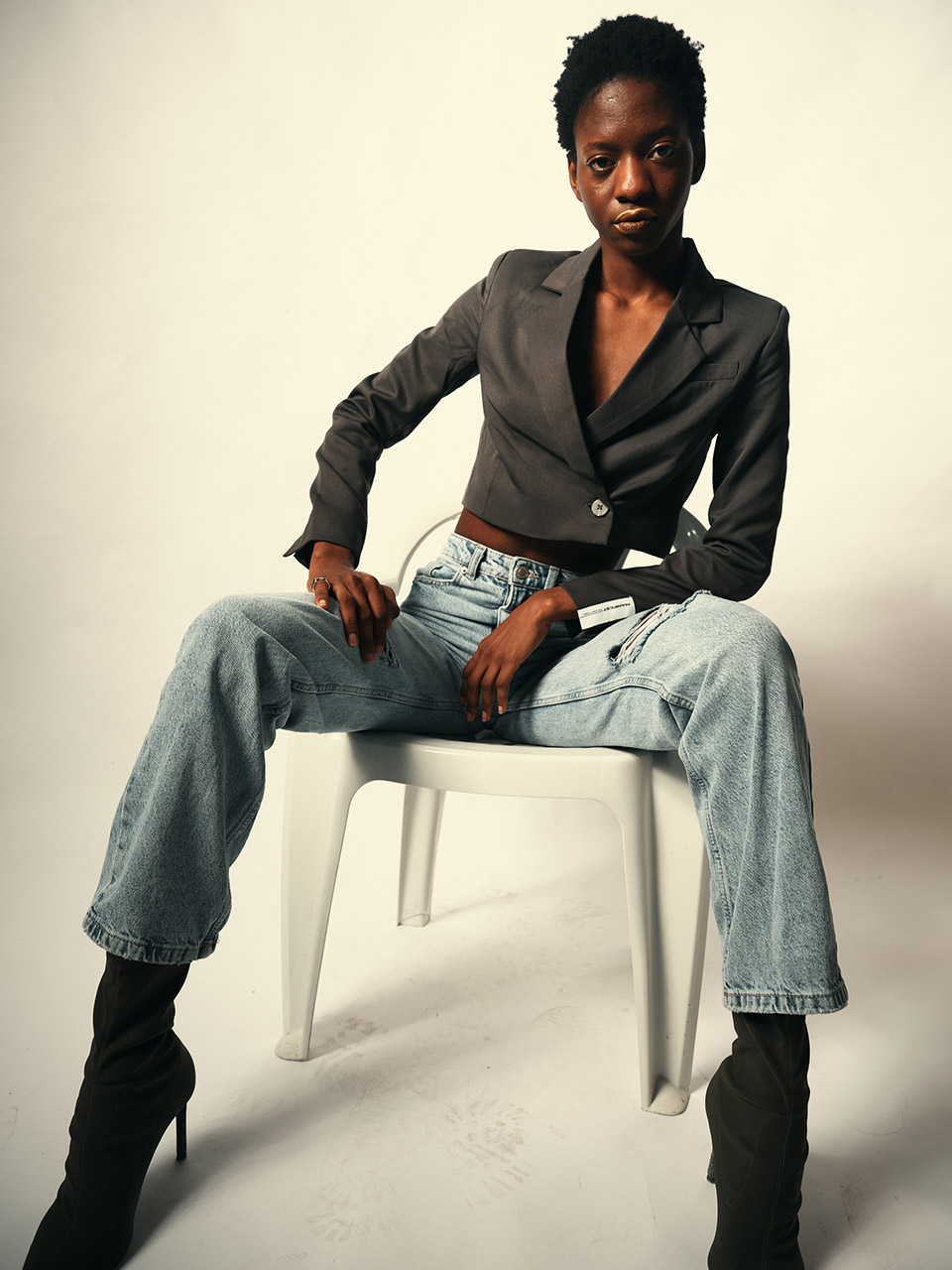
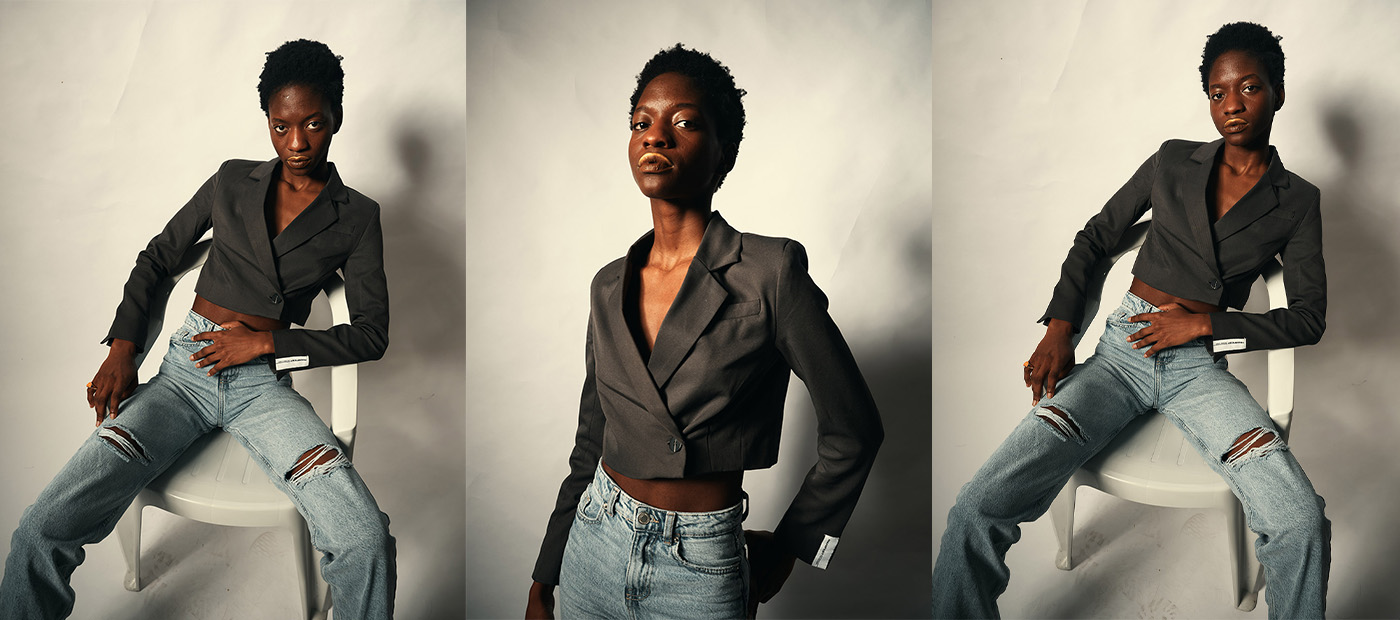
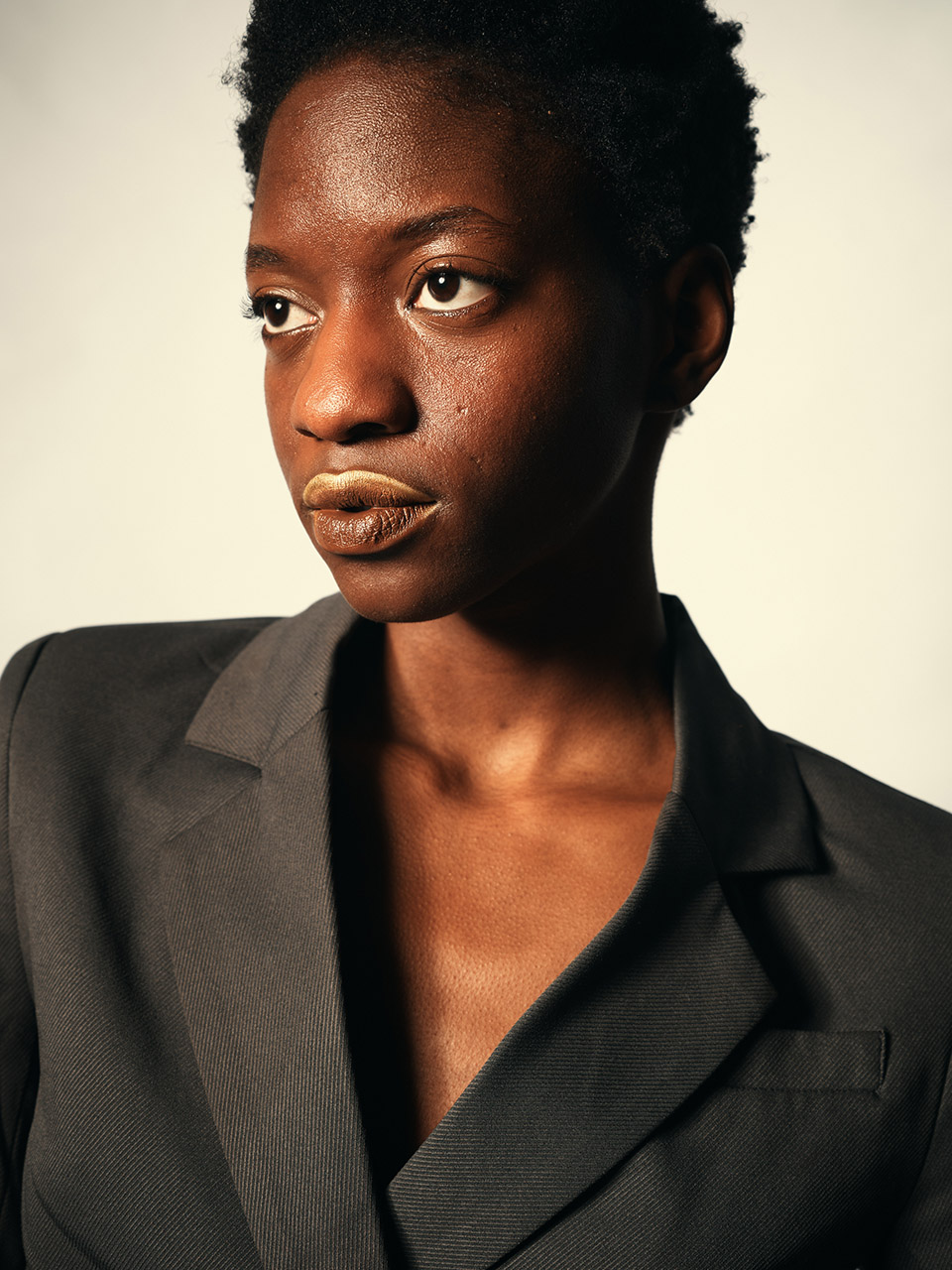
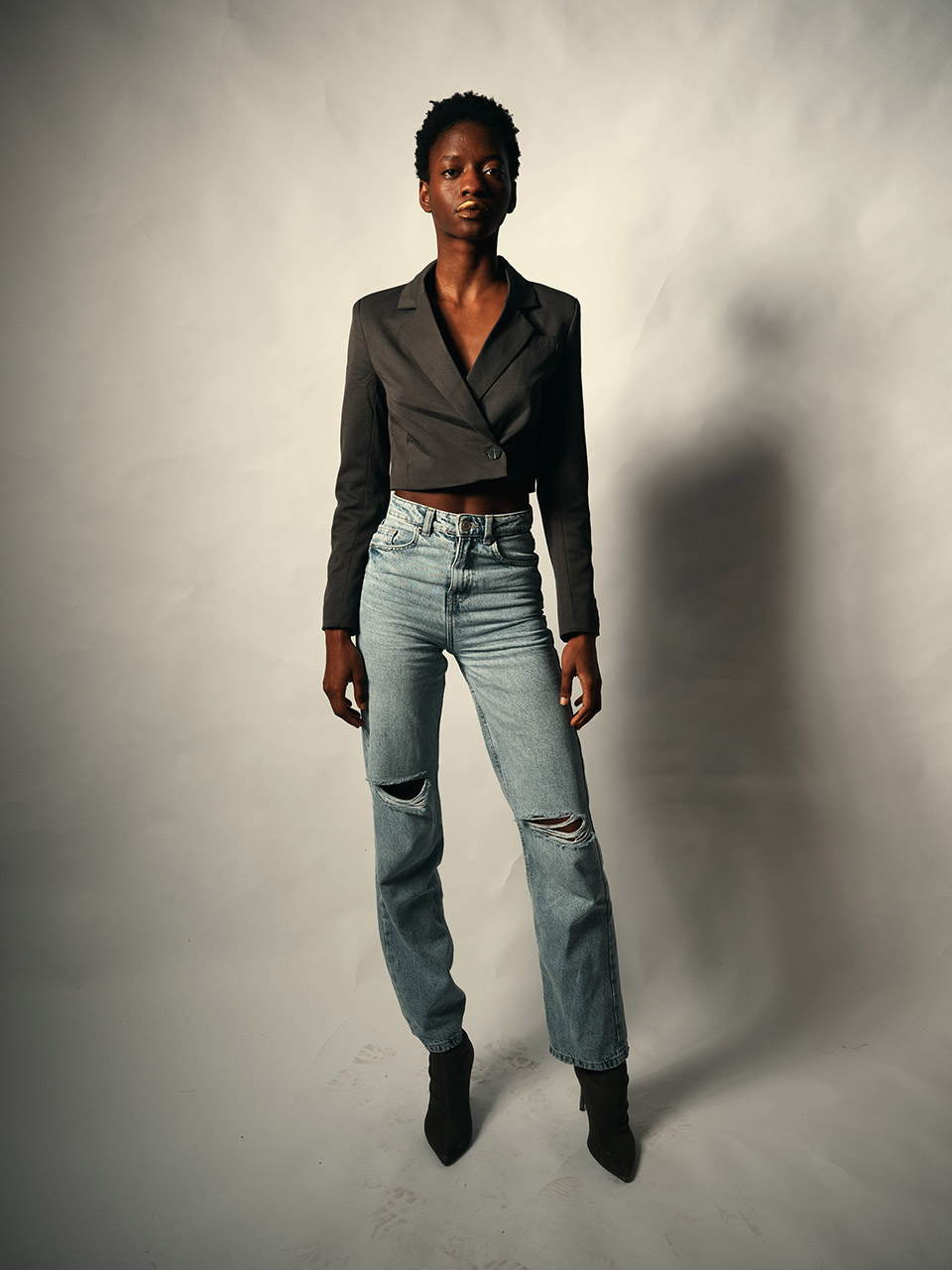
— Naize Simaira, model
Ivan
Model 11
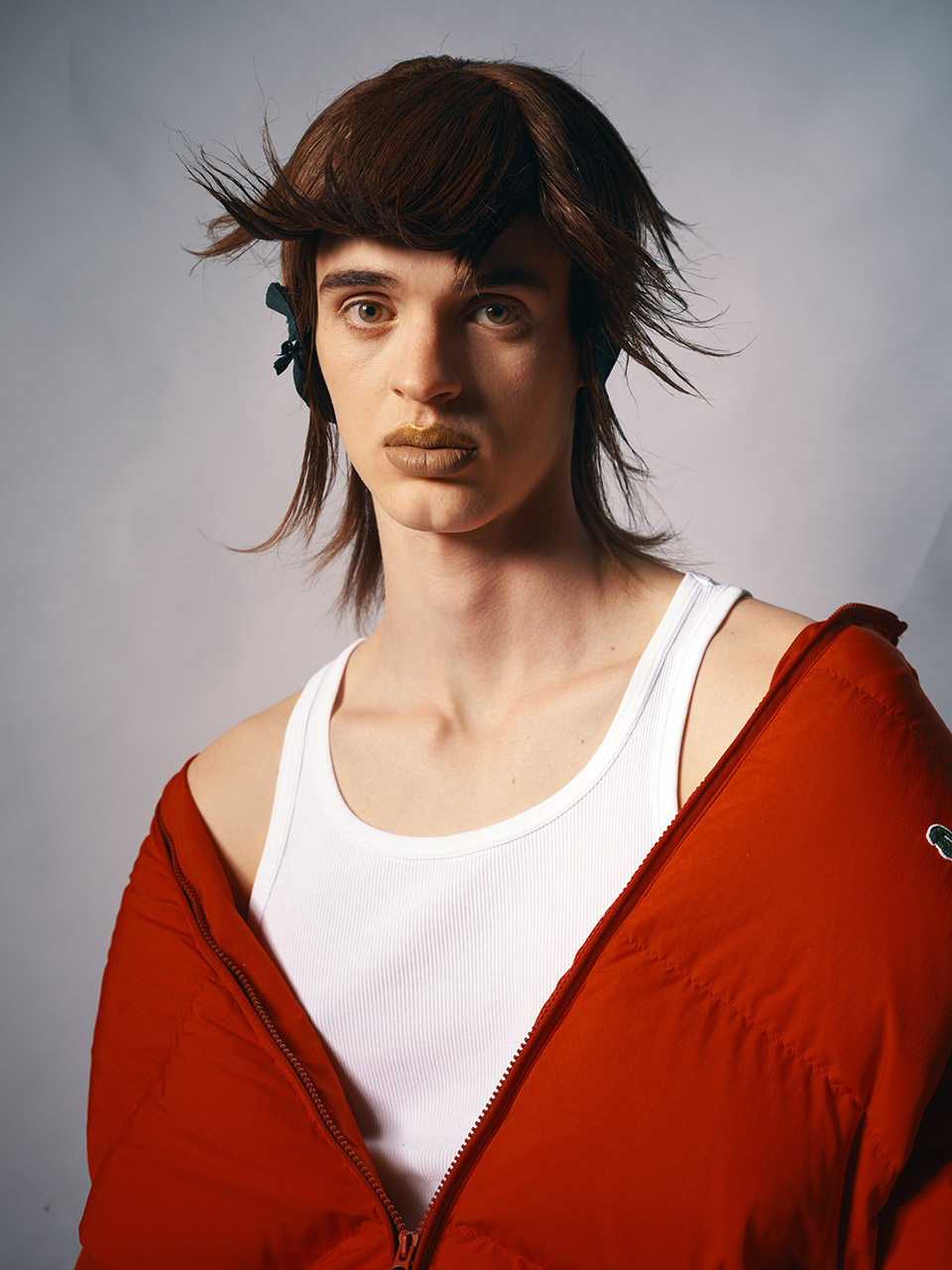

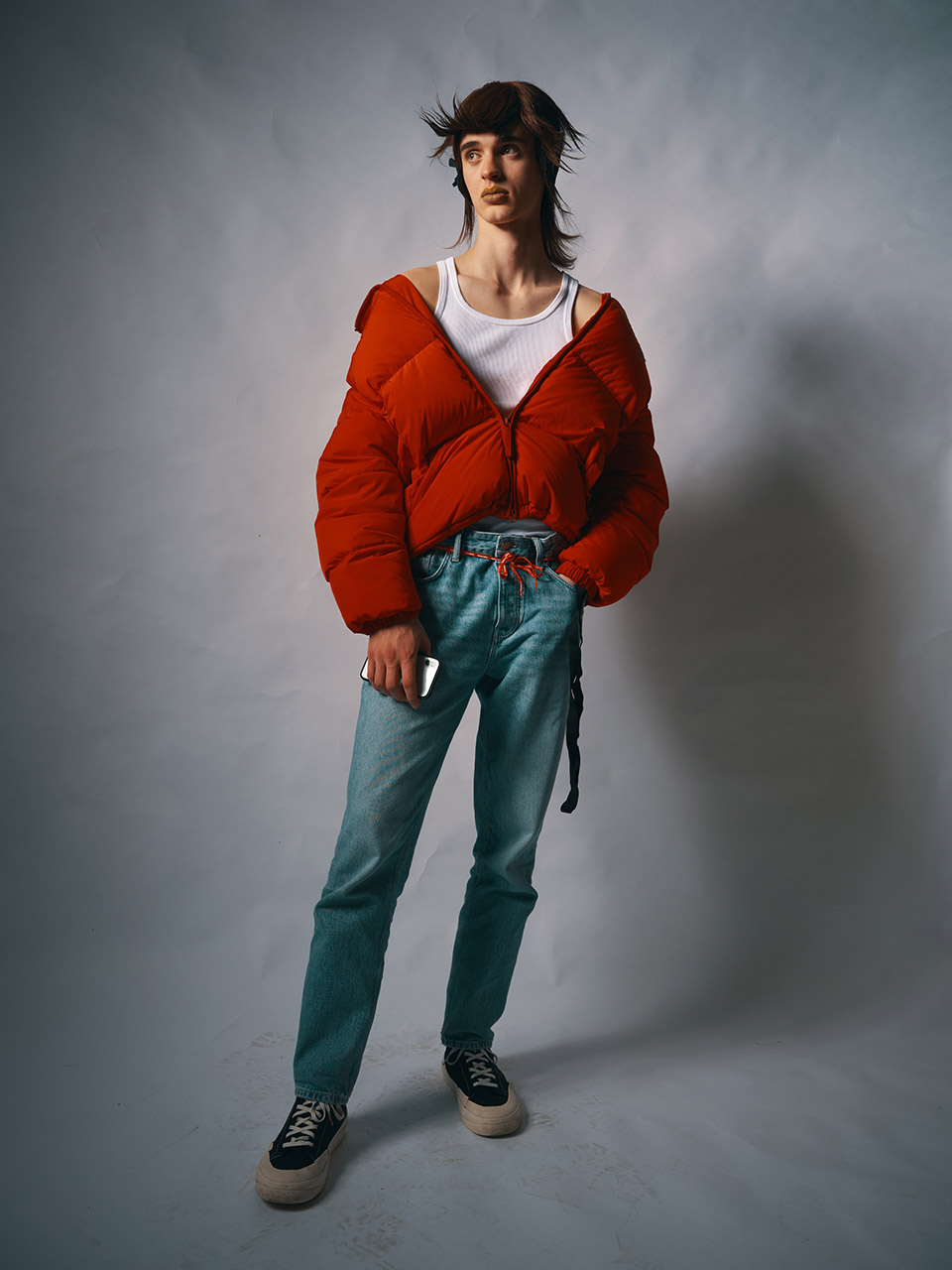
Milena
Model 12
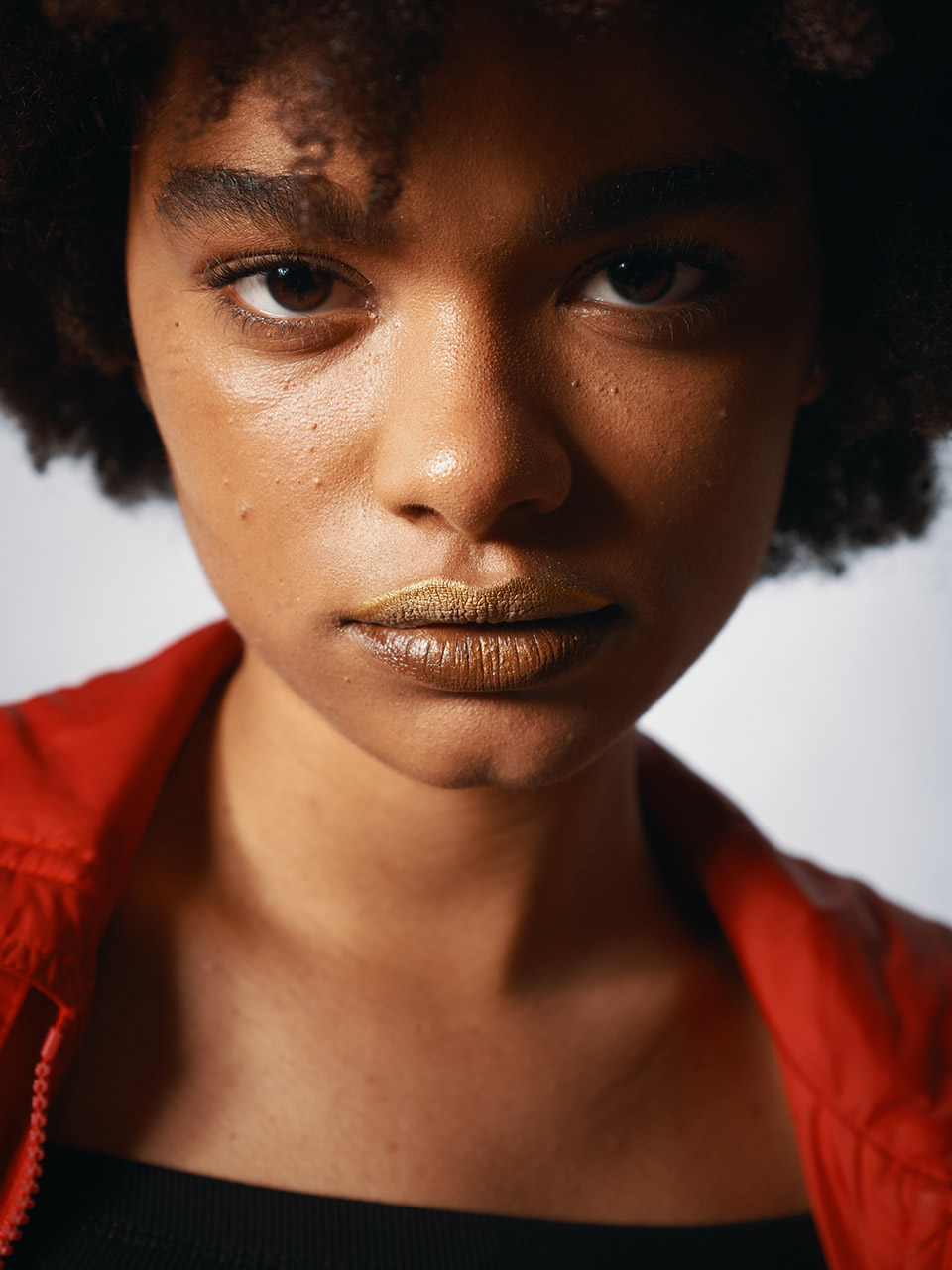


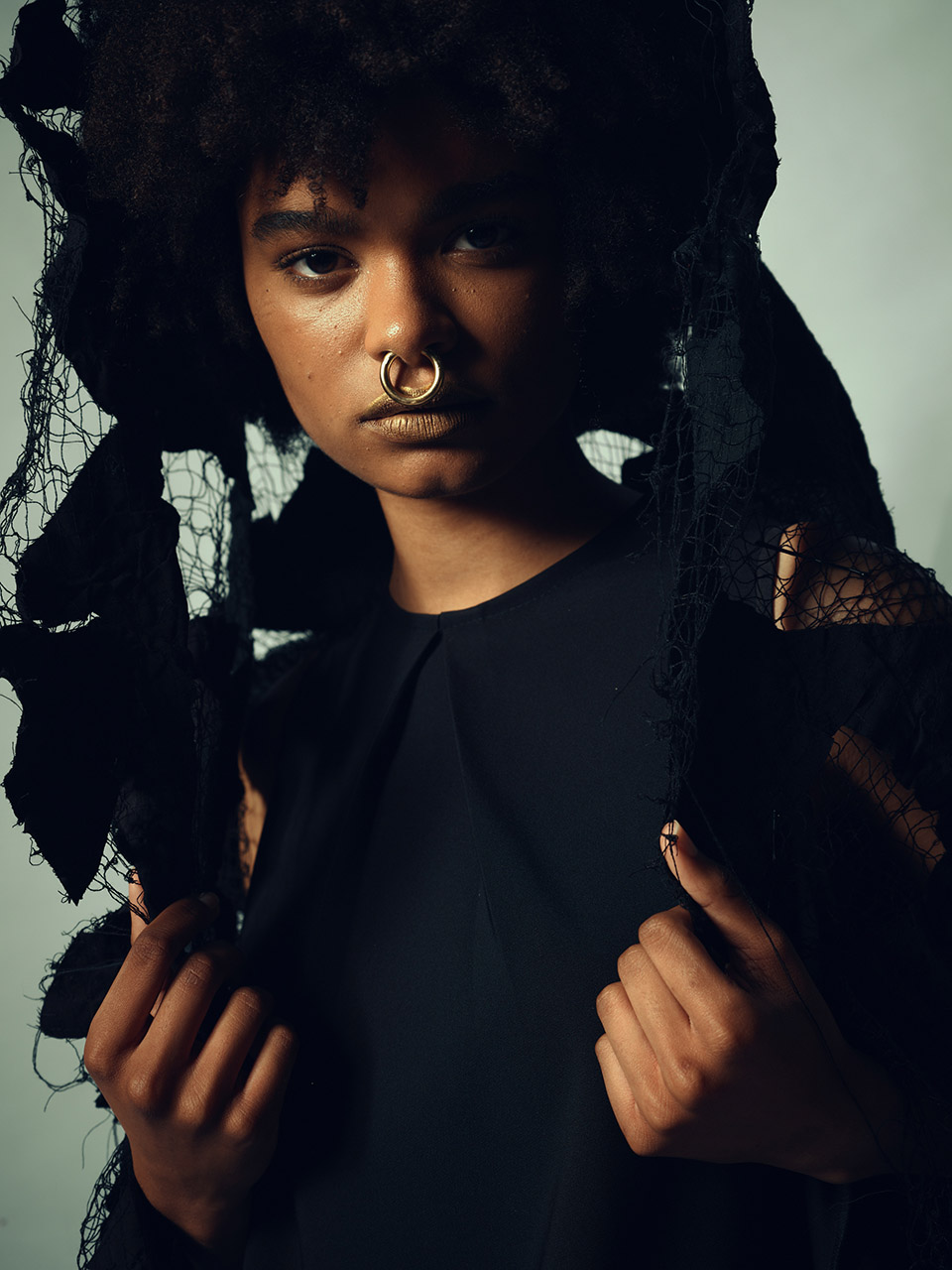

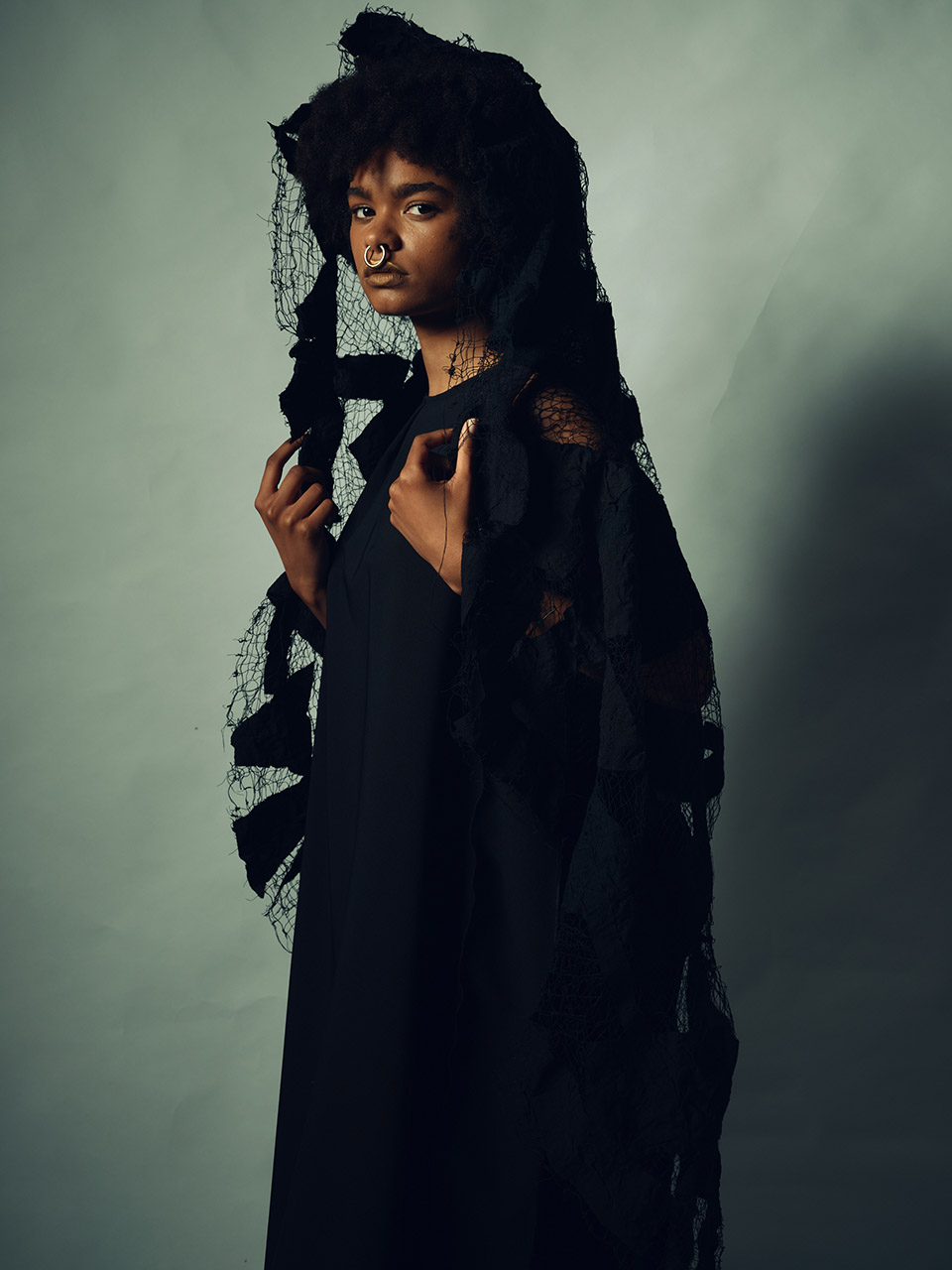
I am interested in seeing new and interesting things: the styling, the hair, the make-up—everything that encompasses the style. For me, it’s the same to go visit the museums and appreciate it—the art.
—Sergio Santos
Thais
Model 13
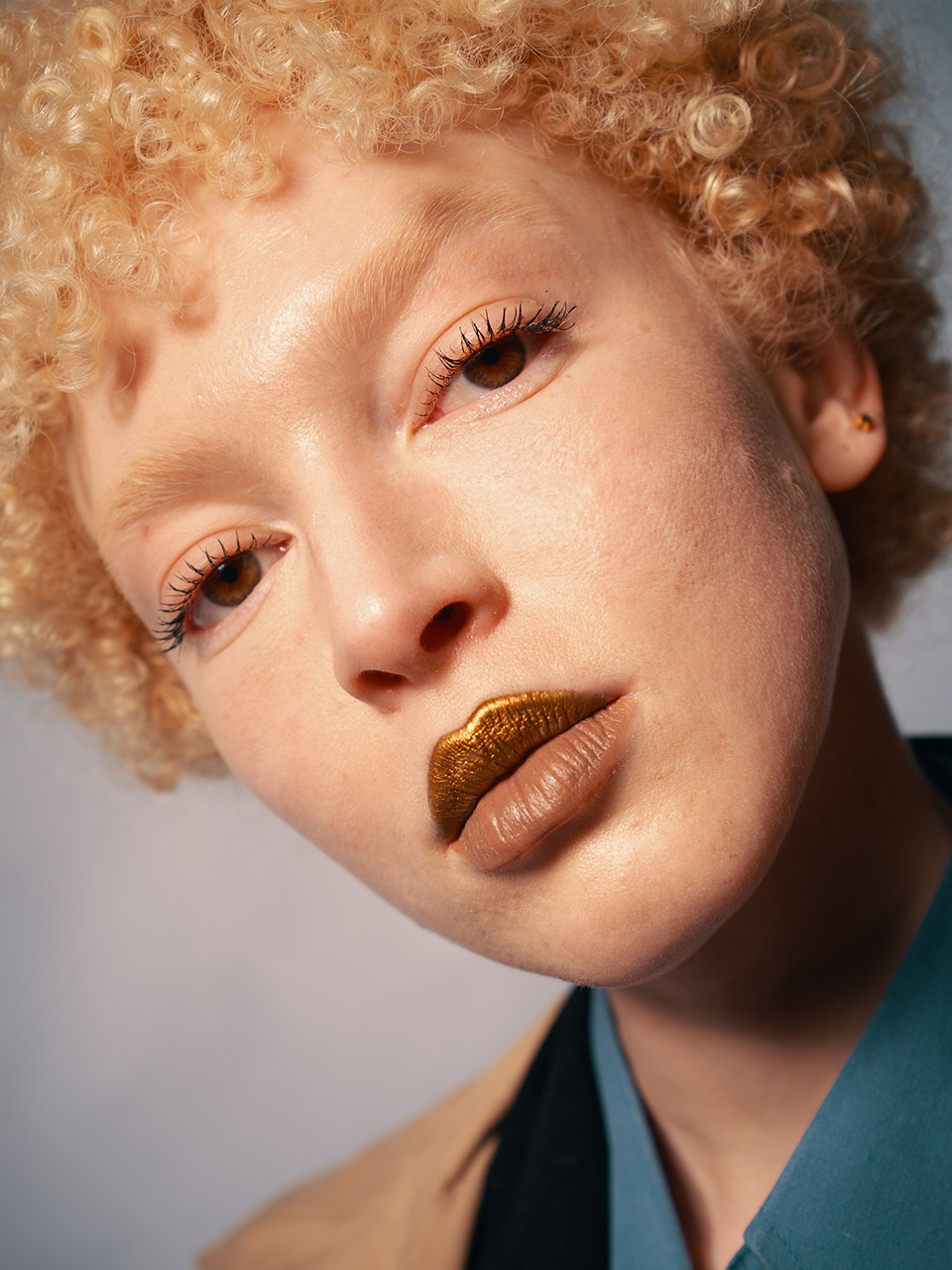
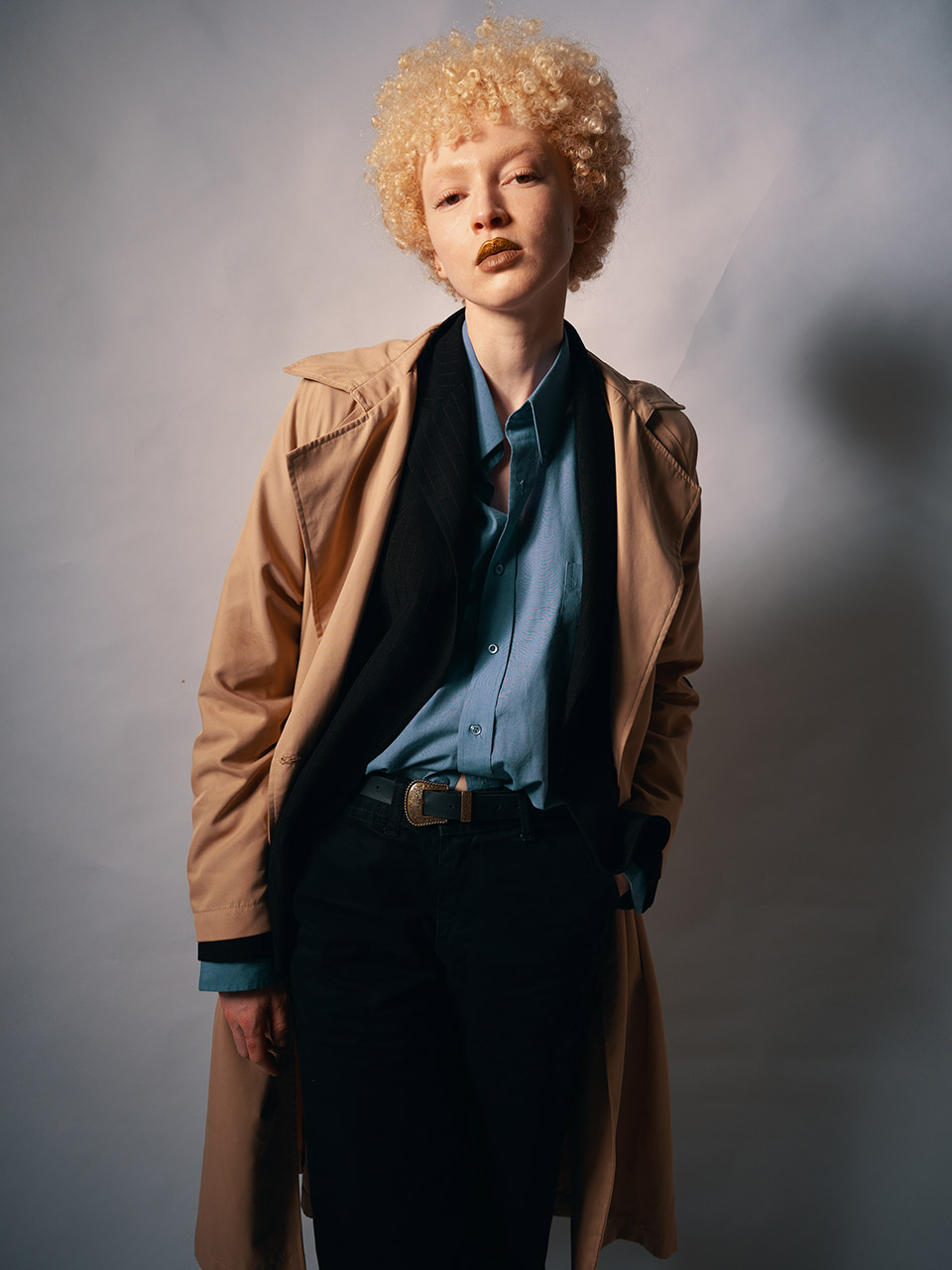
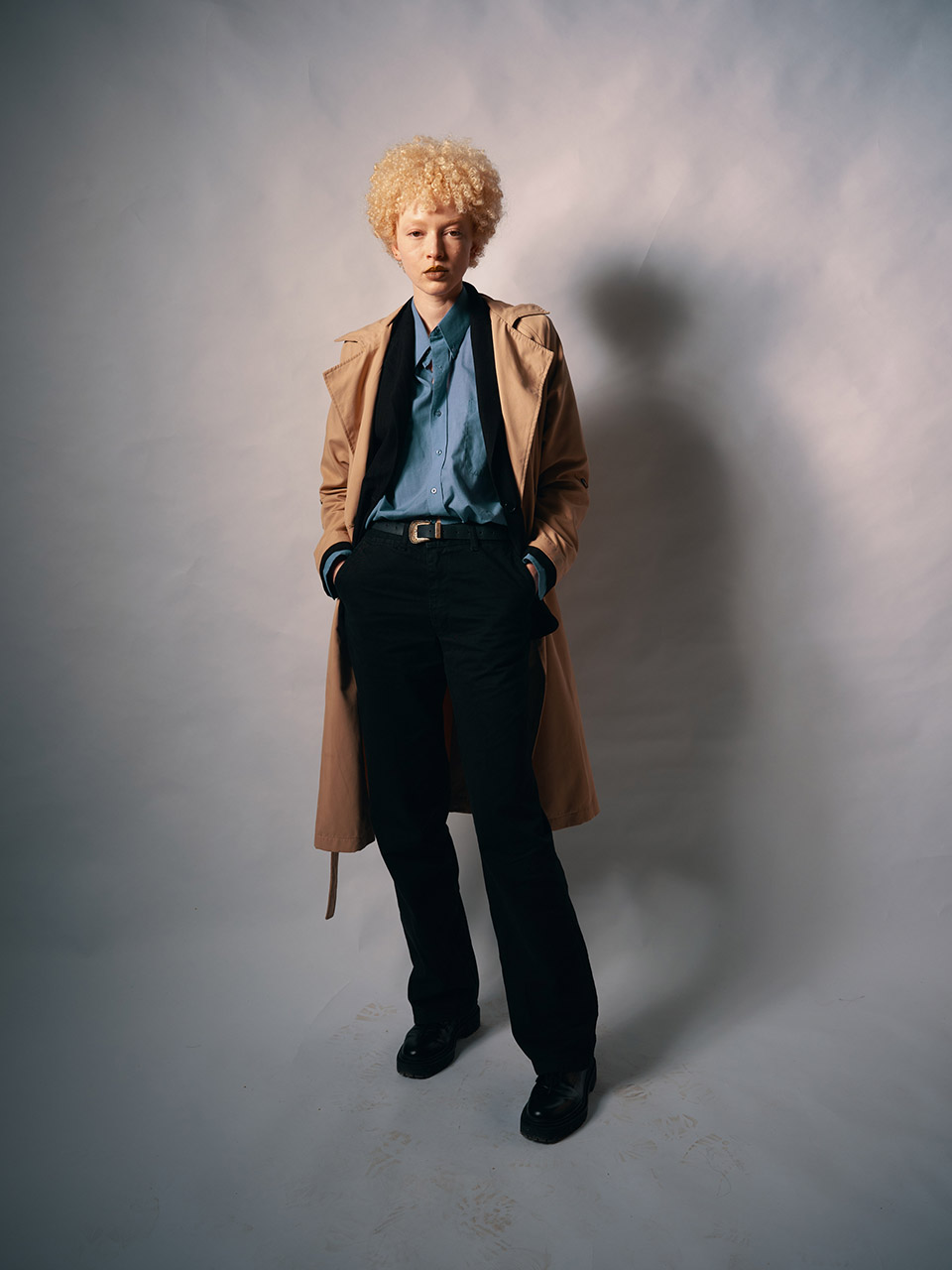
— Thais Borges, model
Rainara
Model 14
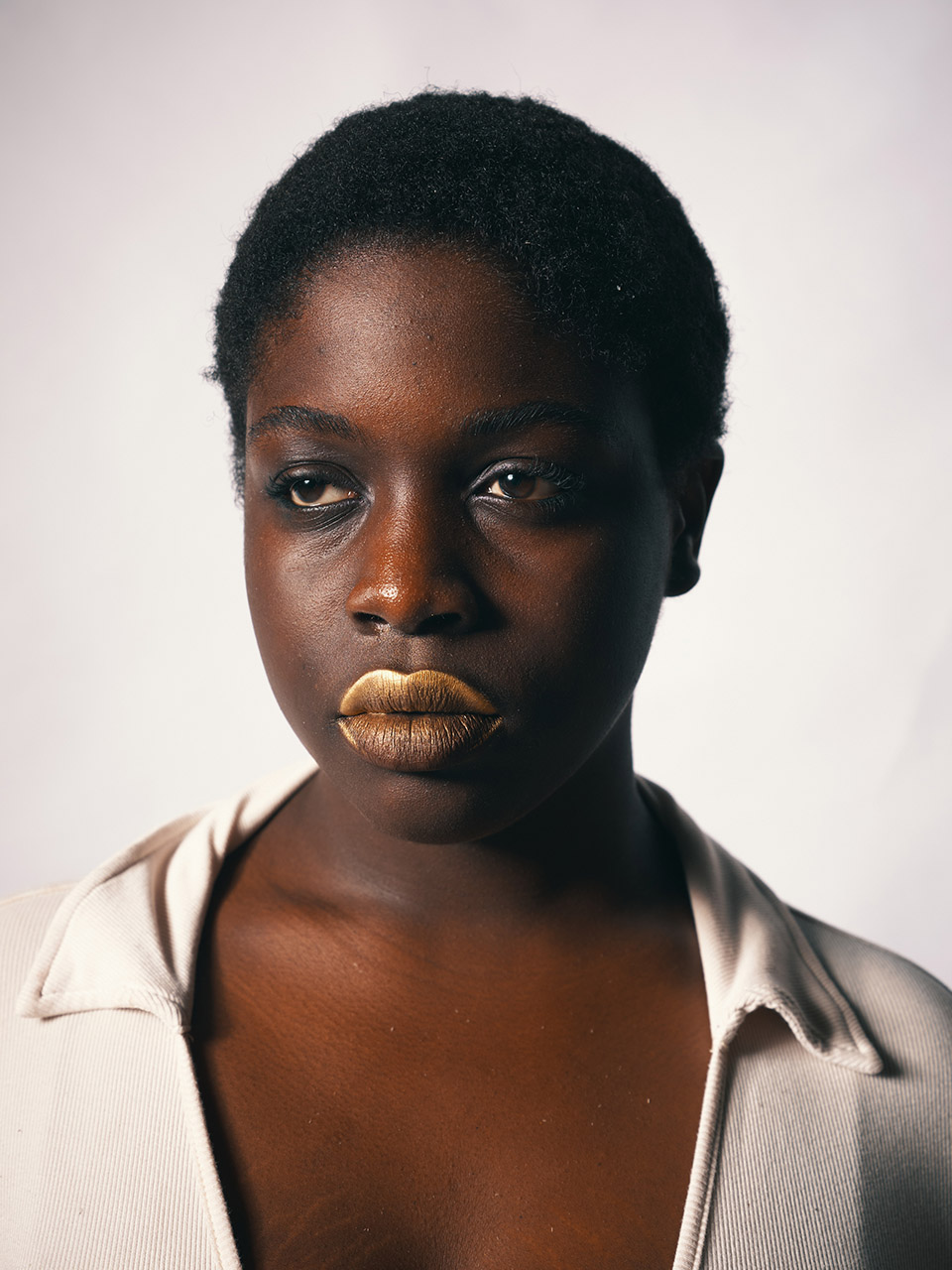
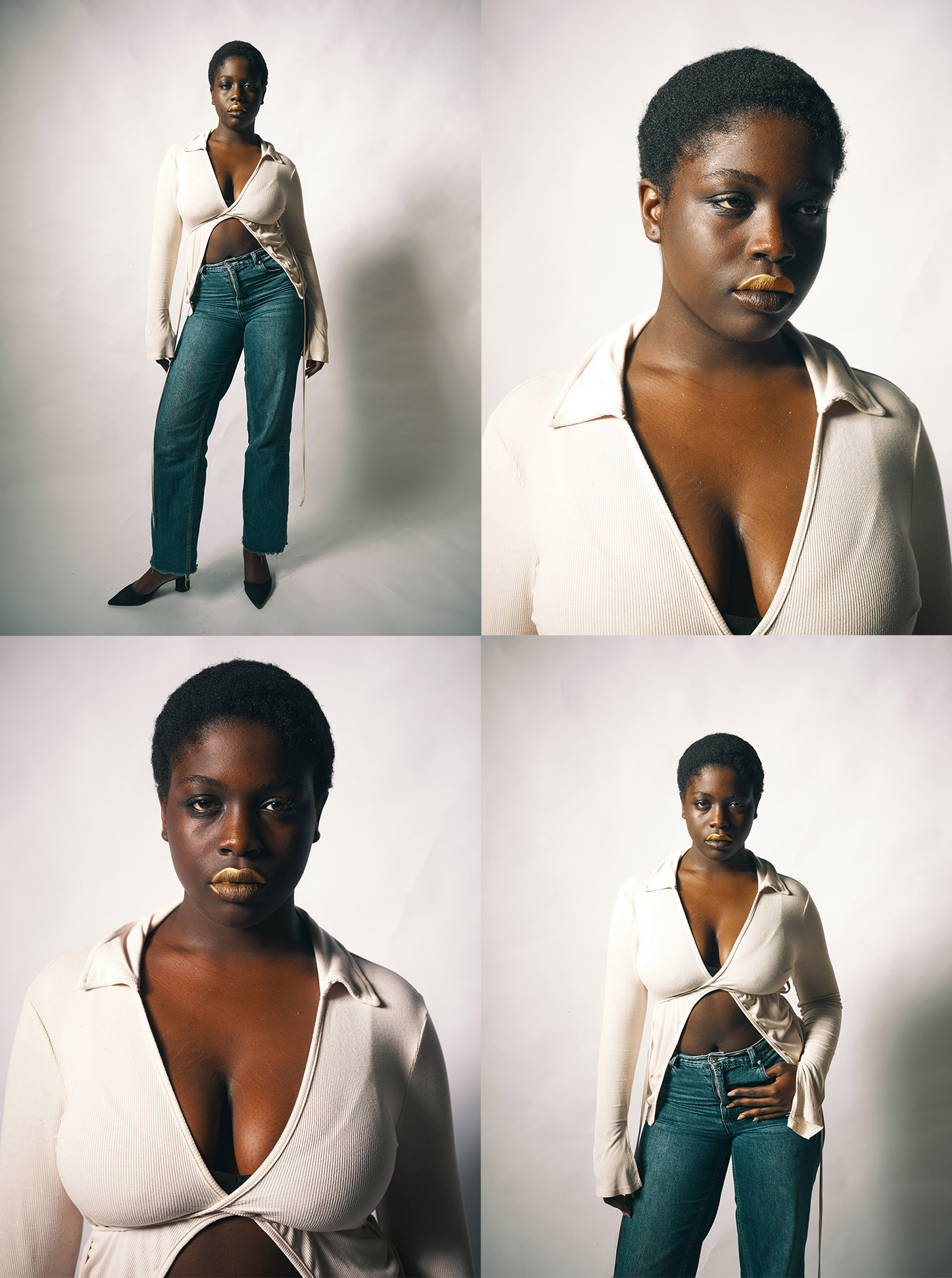
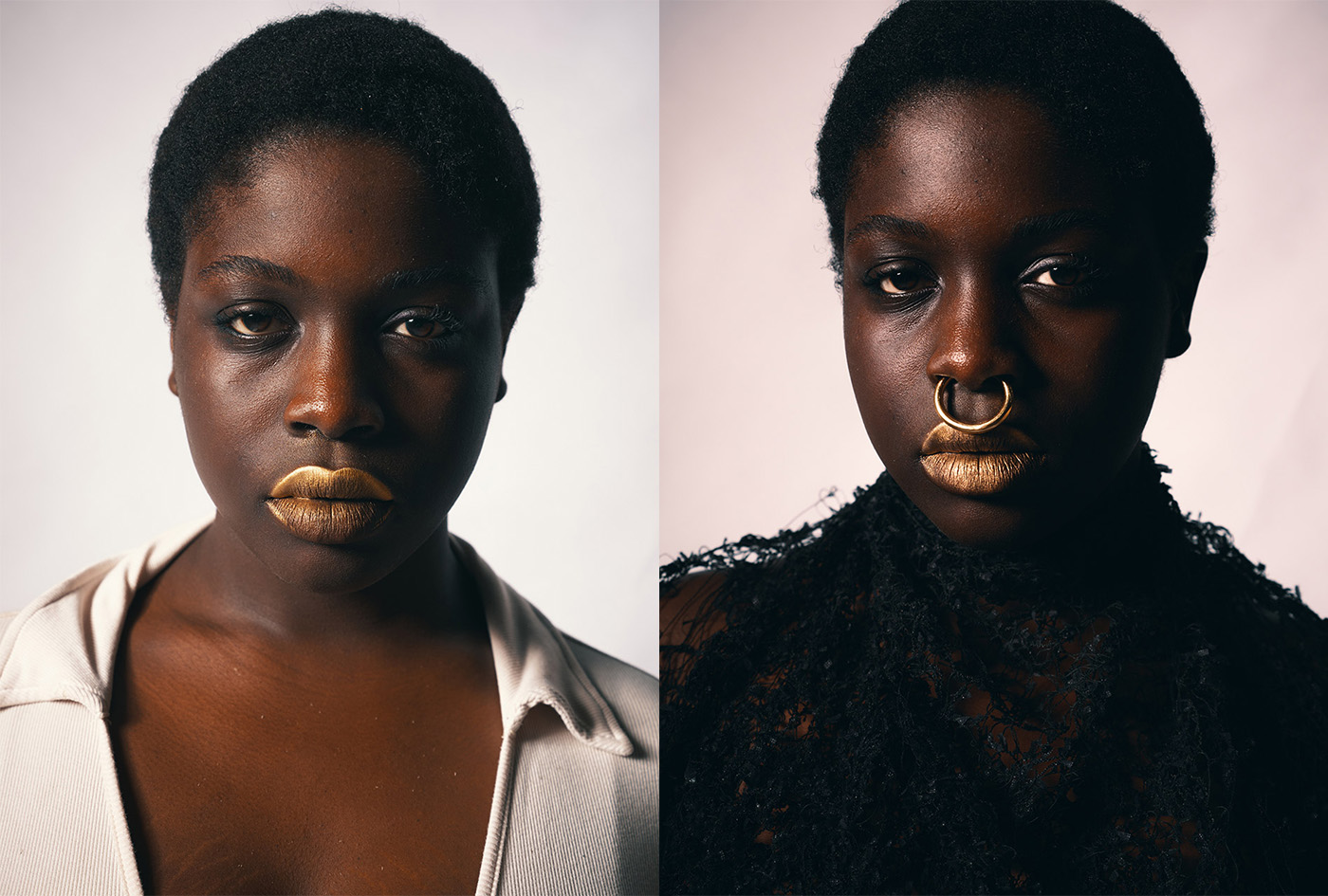
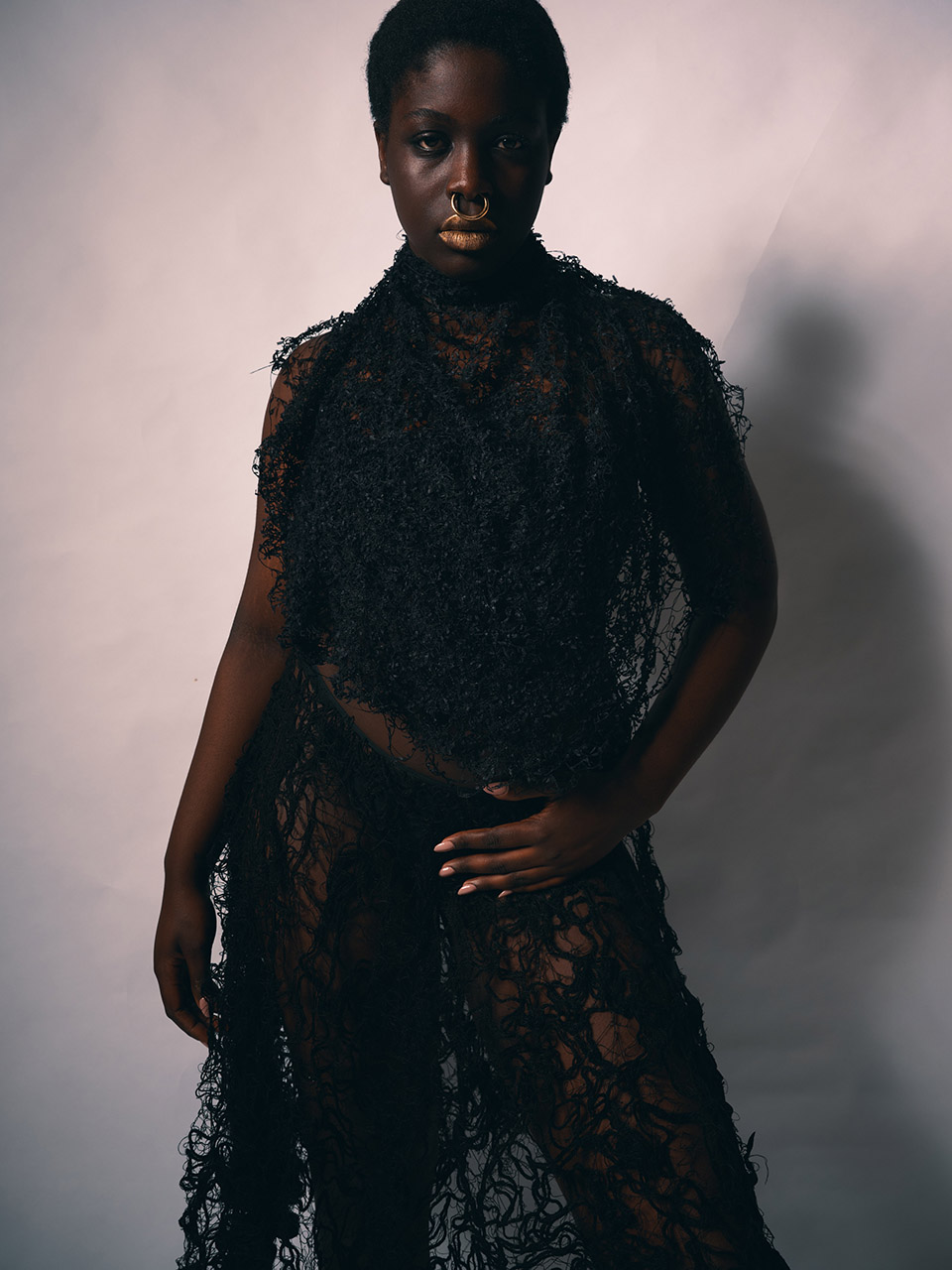
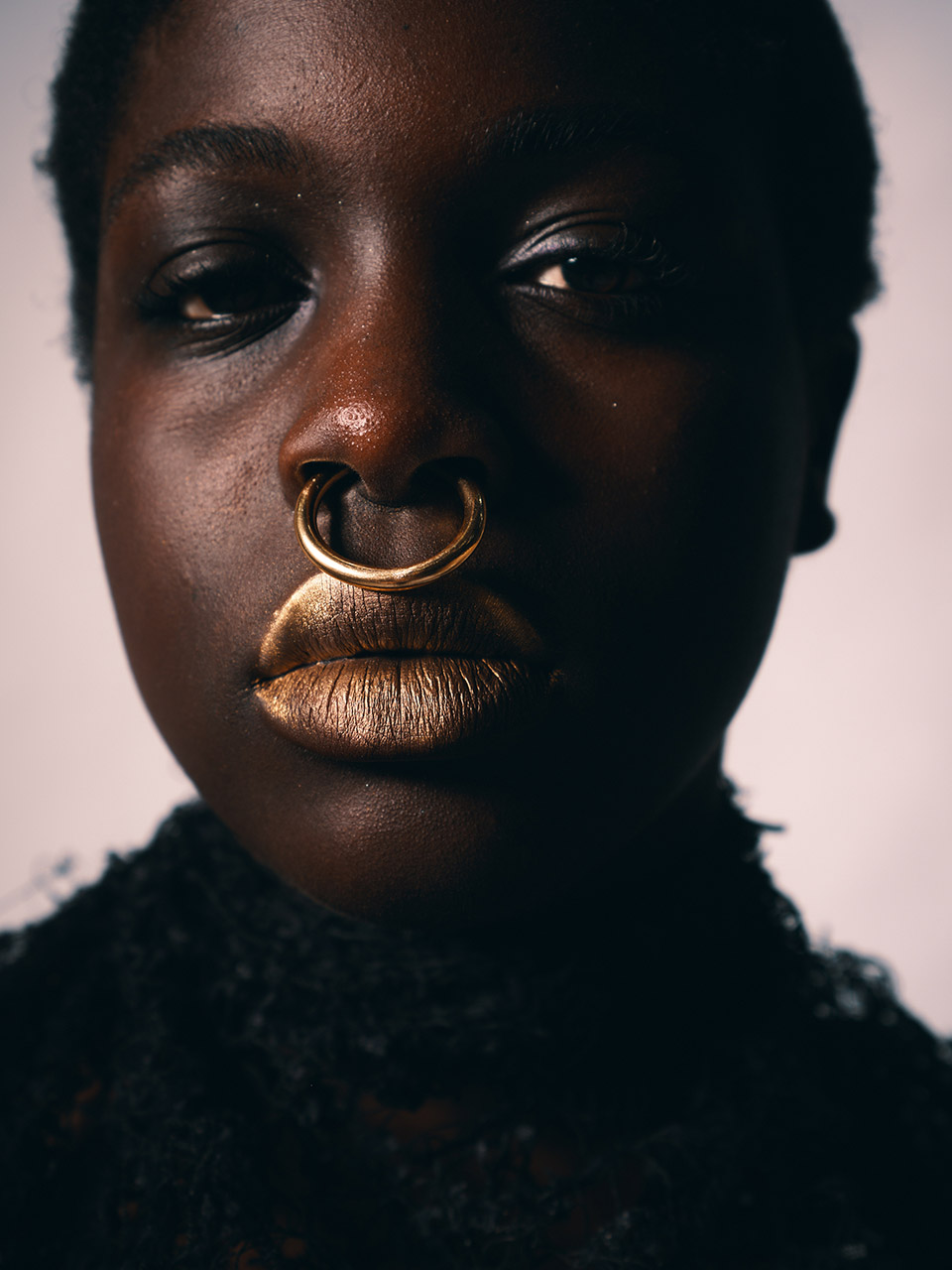
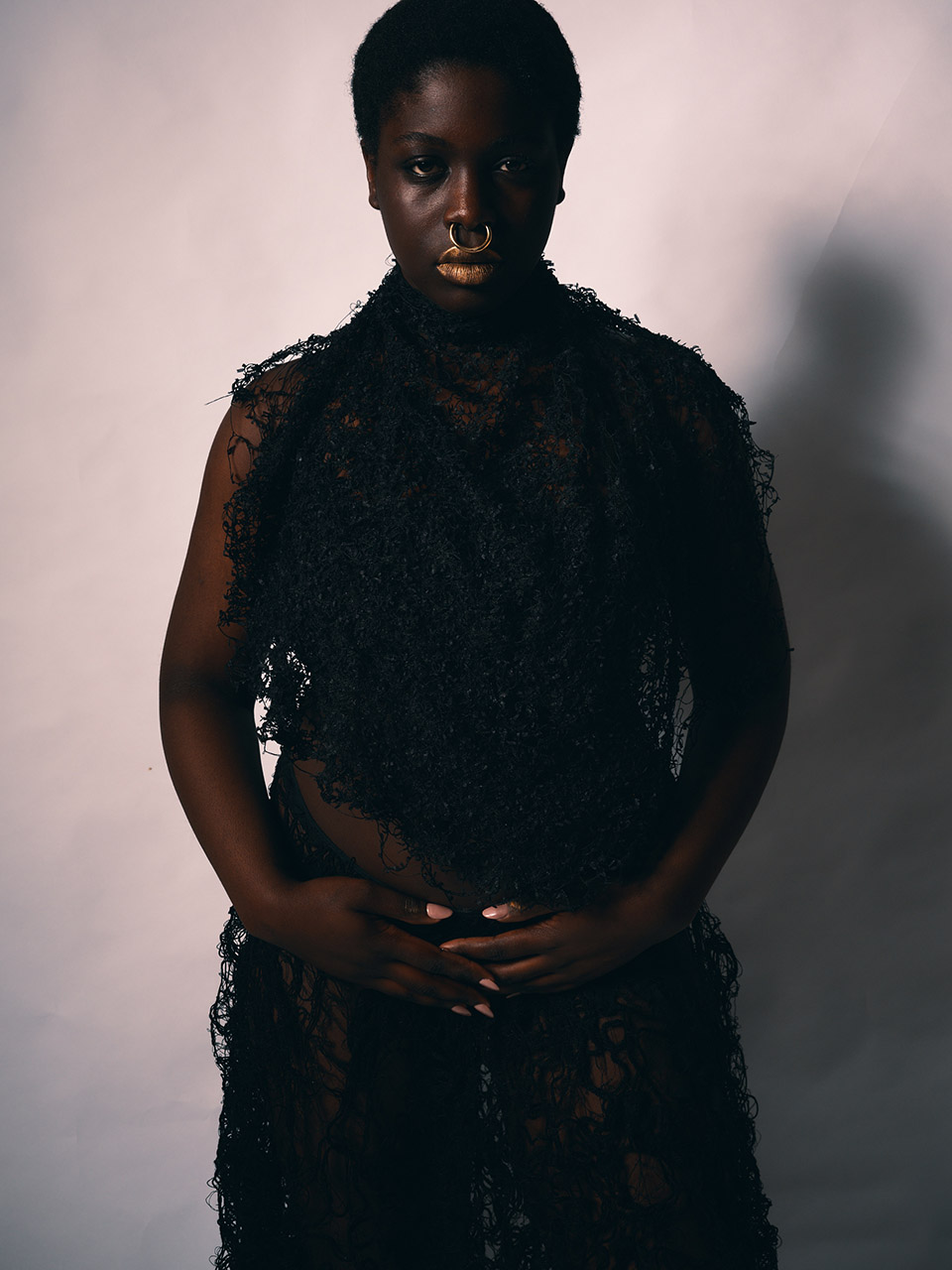
After seeing how Valentim’s hair, jewellery, accessories and clothes would be, I thought of doing a detailed make-up, by just adding a golden touch to the upper lip.
—Antonia Rosa, makeup artist
Francisco
Jack and Zaquel
Model 15, 16, 17


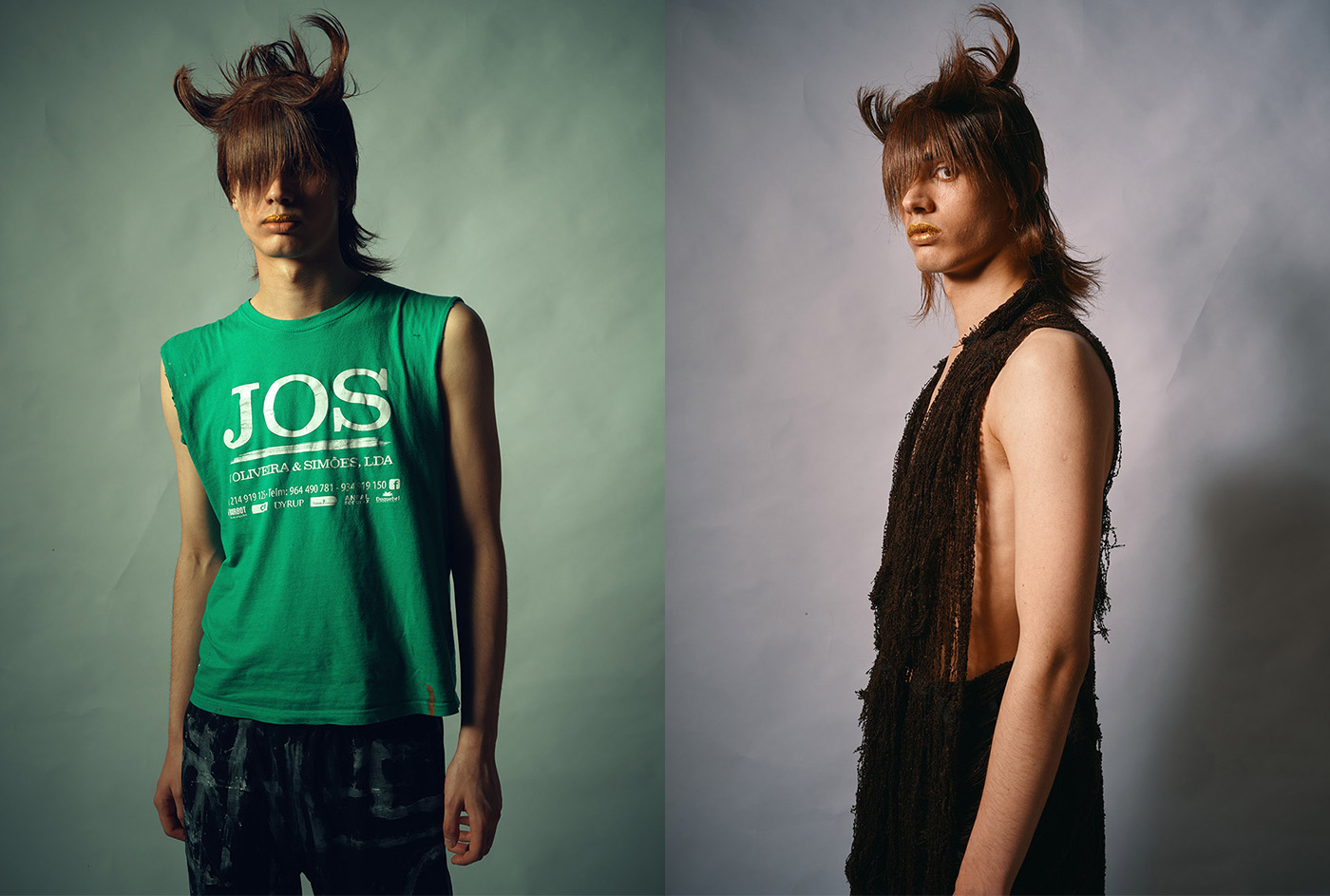
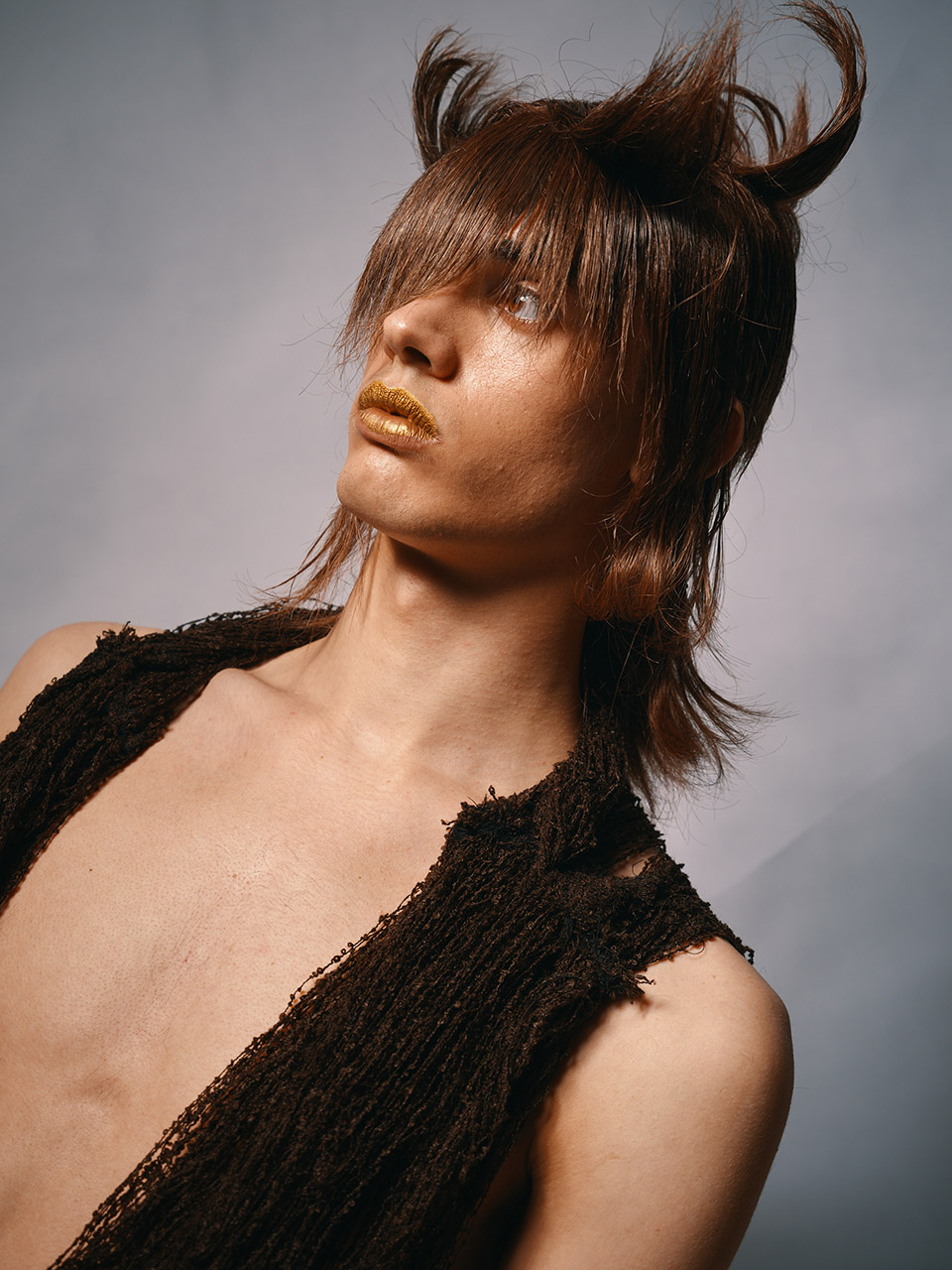
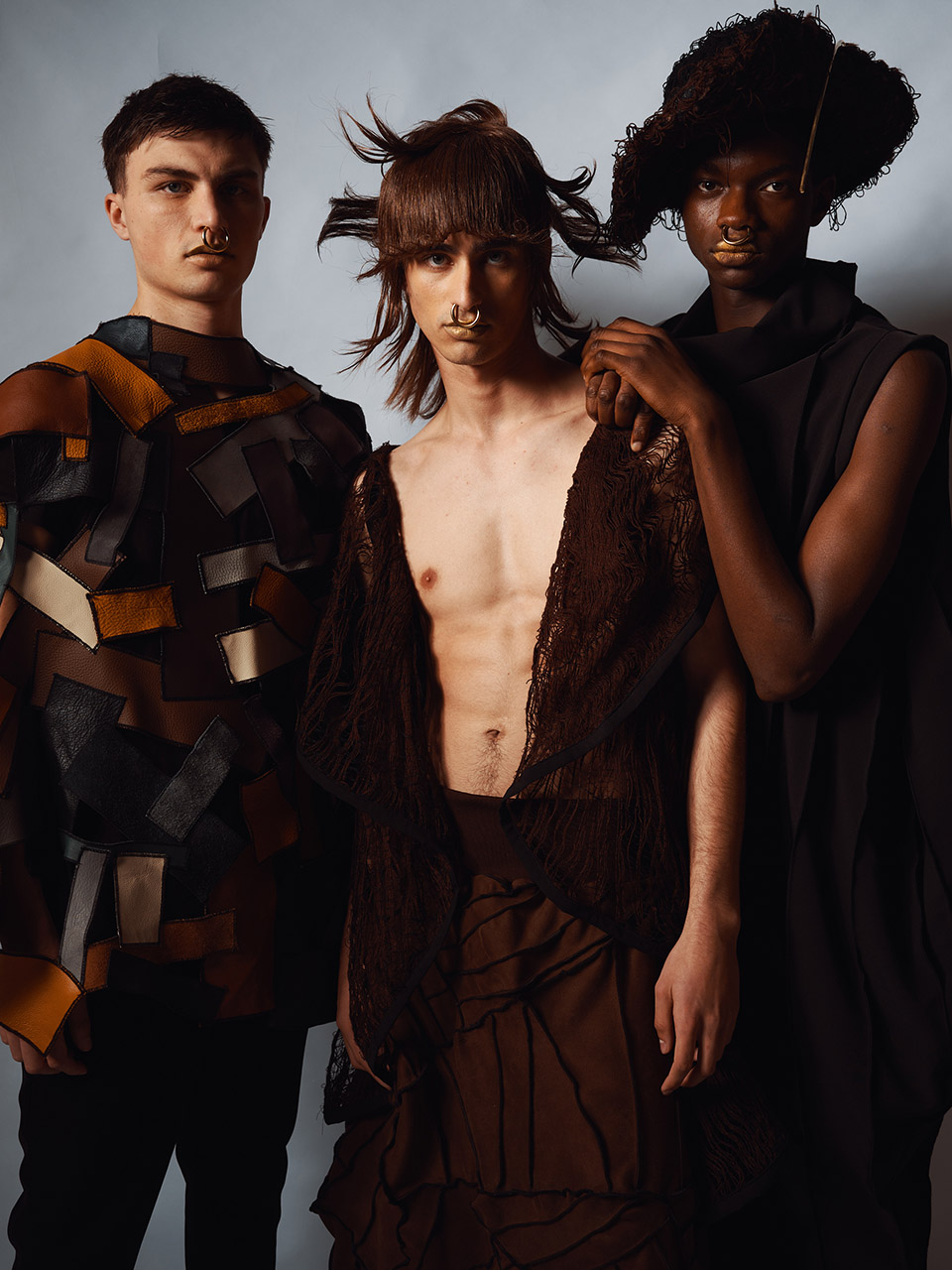

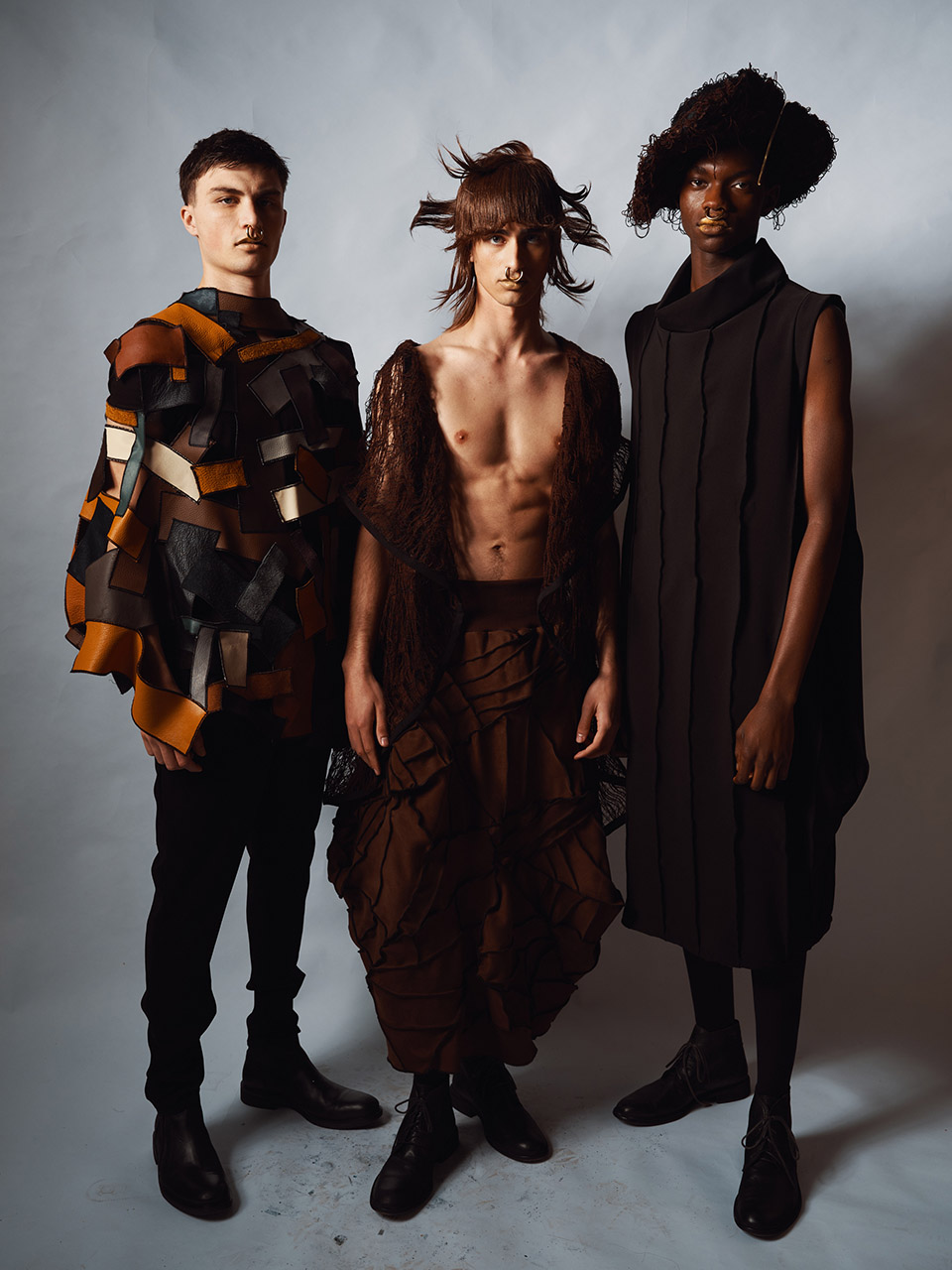
Edited by Michaela Doyle
Layout support from Ana Sousa Costa.
To boot…
Check out Valentim’s current SS23 collection here on ZOOT.
Get a look behind the scenes with our reel of VALENTIM QUARESMA’s show on ZOOT’s Instagram feed.
View the complete AW23 collection here at ModaLisboa.
Valentim Quaresma
@valentimquaresma | valentimquaresma.com

